
In late 2015, BMW unveiled a new flagship 2 Series model, dubbed the M2 Coupe. Many believed that the M2 is the successor to the future classic 1M and over the last two years, the sports coupe has gained quite a following around the world. It is by far, in my opinion, the most loved M car today, with a great fan base that’s not afraid to speak their mind. When the M2 was introduced, the car was received with skepticism, mostly because some of the M elements we all got used to, were missing.
Under the hood, we had a “production series” engine – the N55 – and not an M engineered and design powerplant as we’ve seen in most recent M cars. Next, the M2 was lacking the M side mirrors, another pet peeve of the M community. Inside, the M2 owners had to get by with a pair of front seats from the “regular’ 2 Series cars, and as you can imagine, that was another topic that didn’t seem to die.
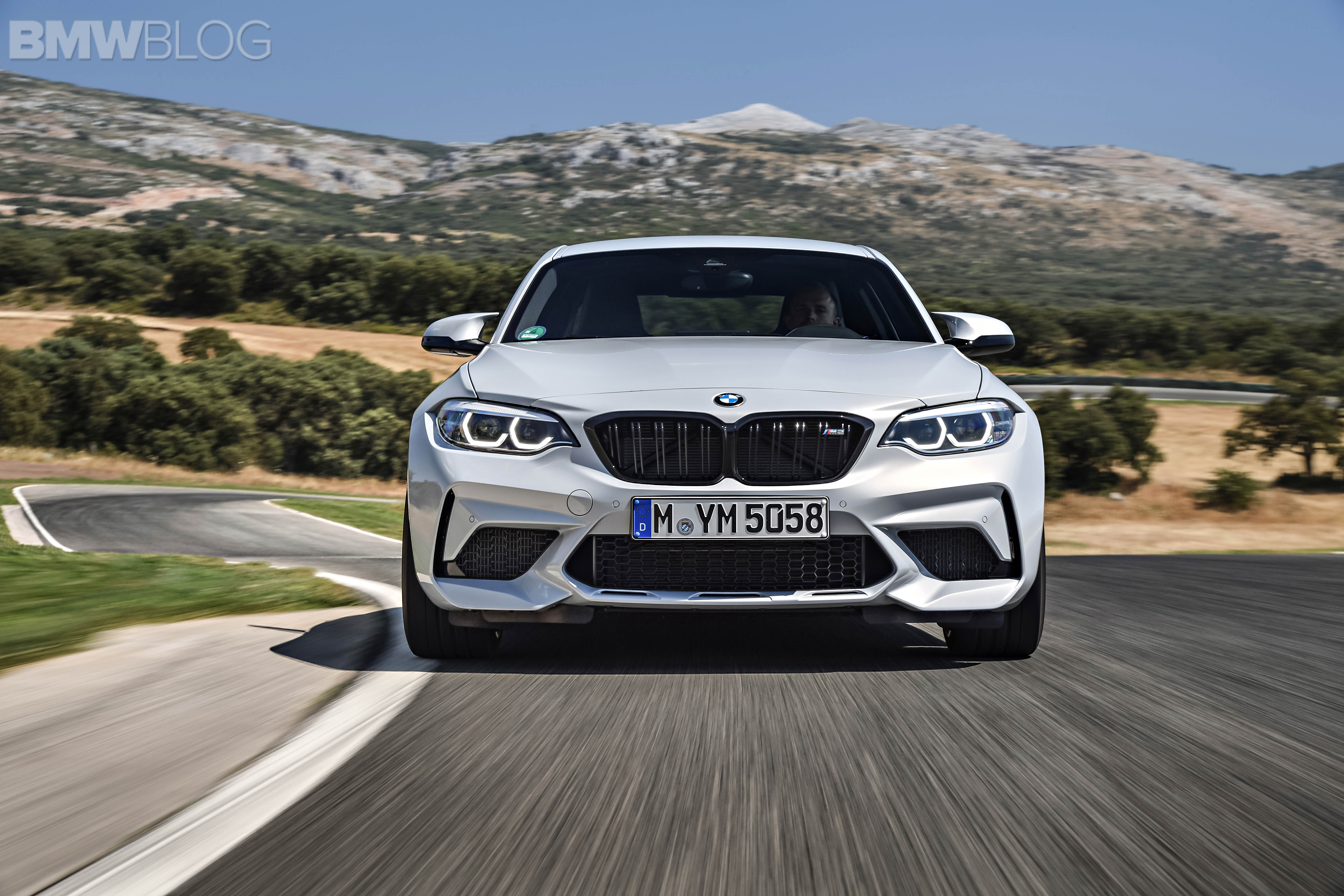

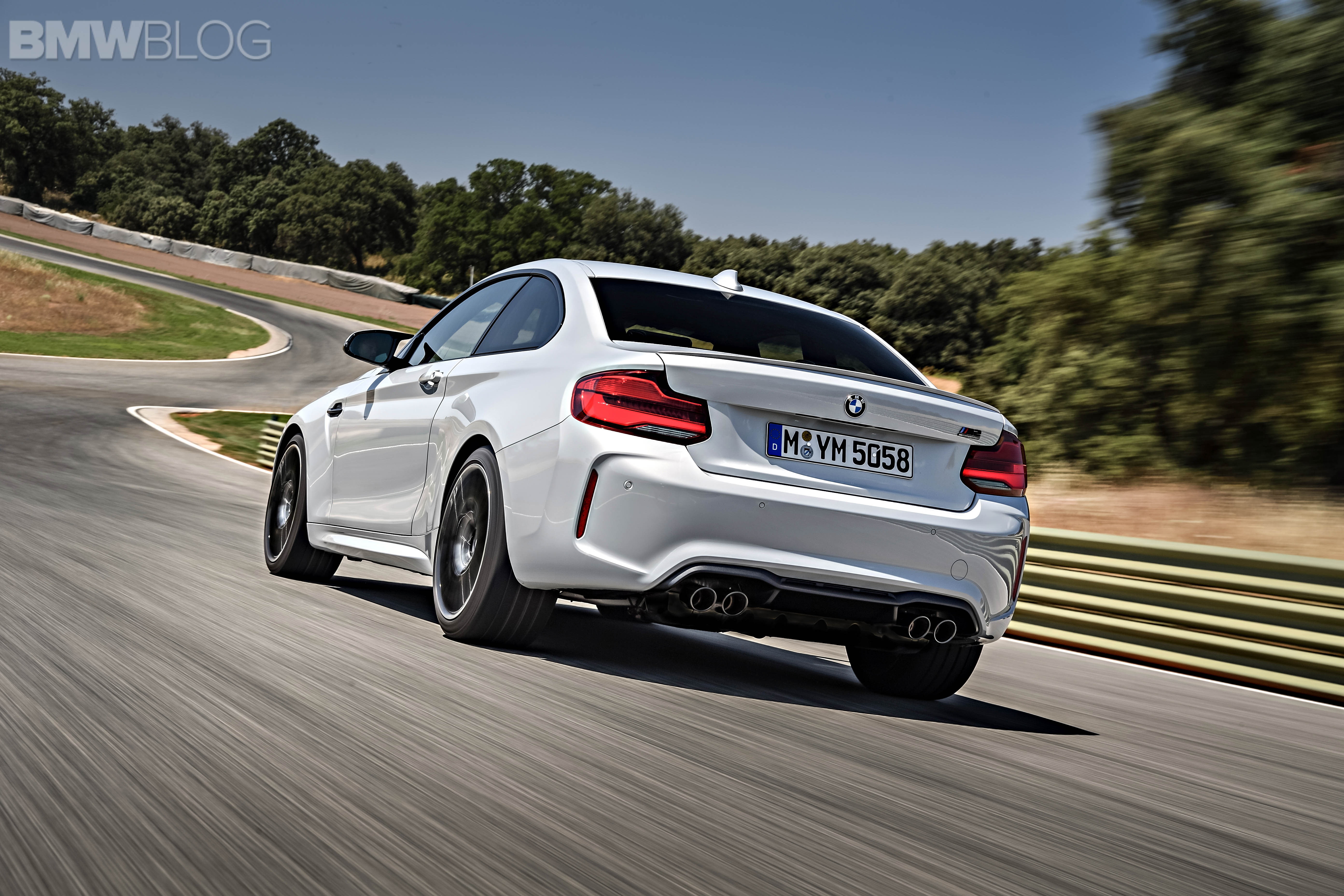


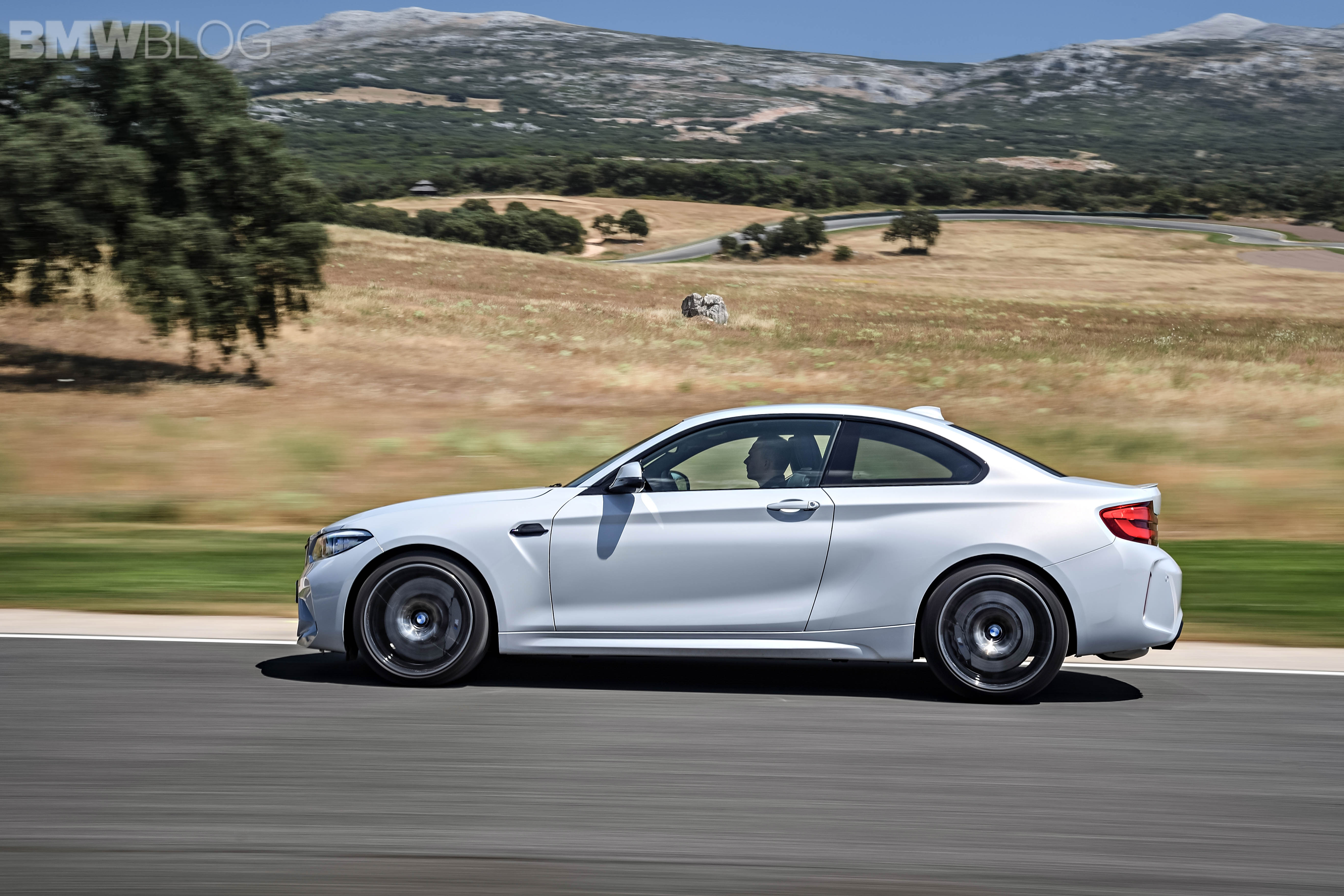
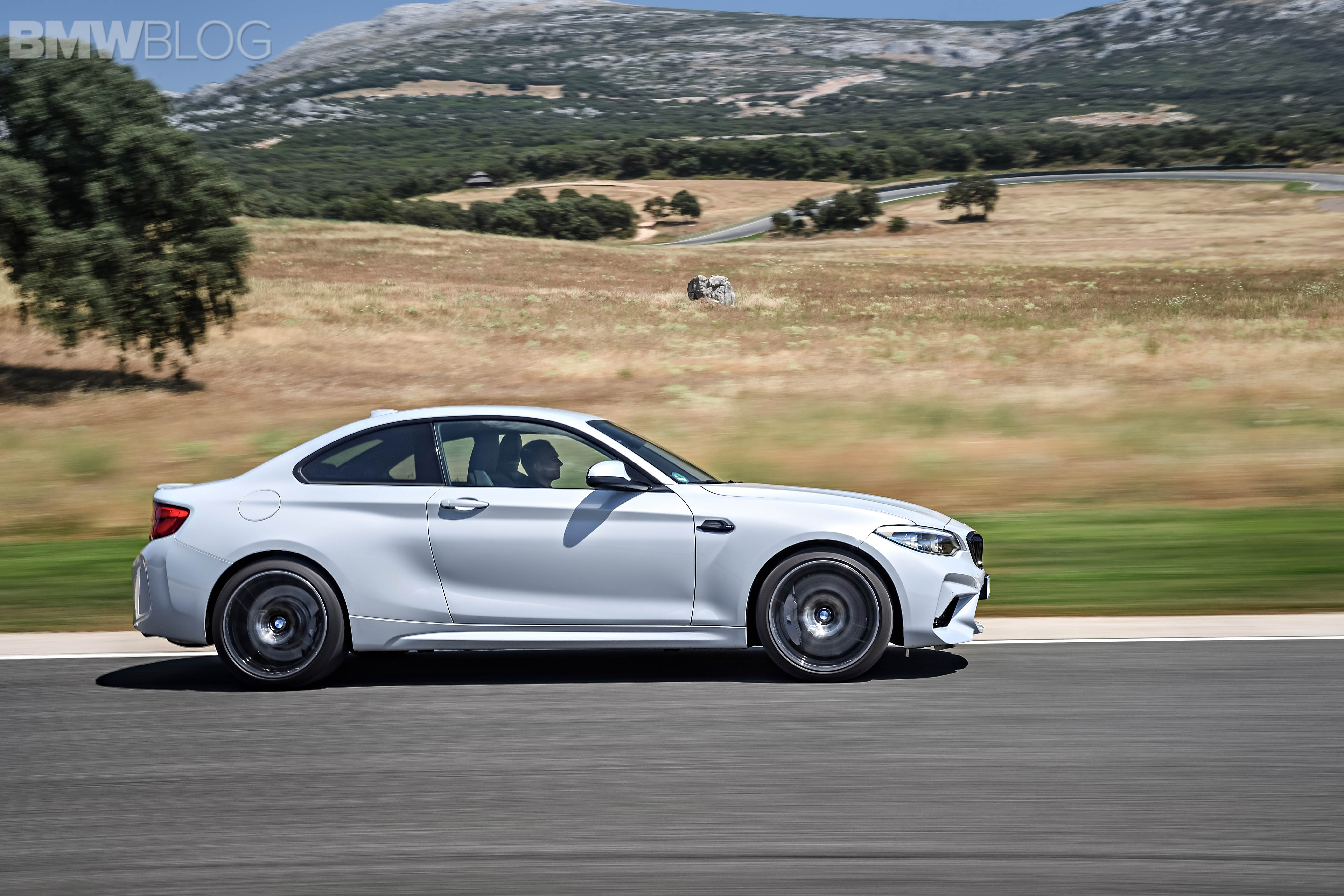
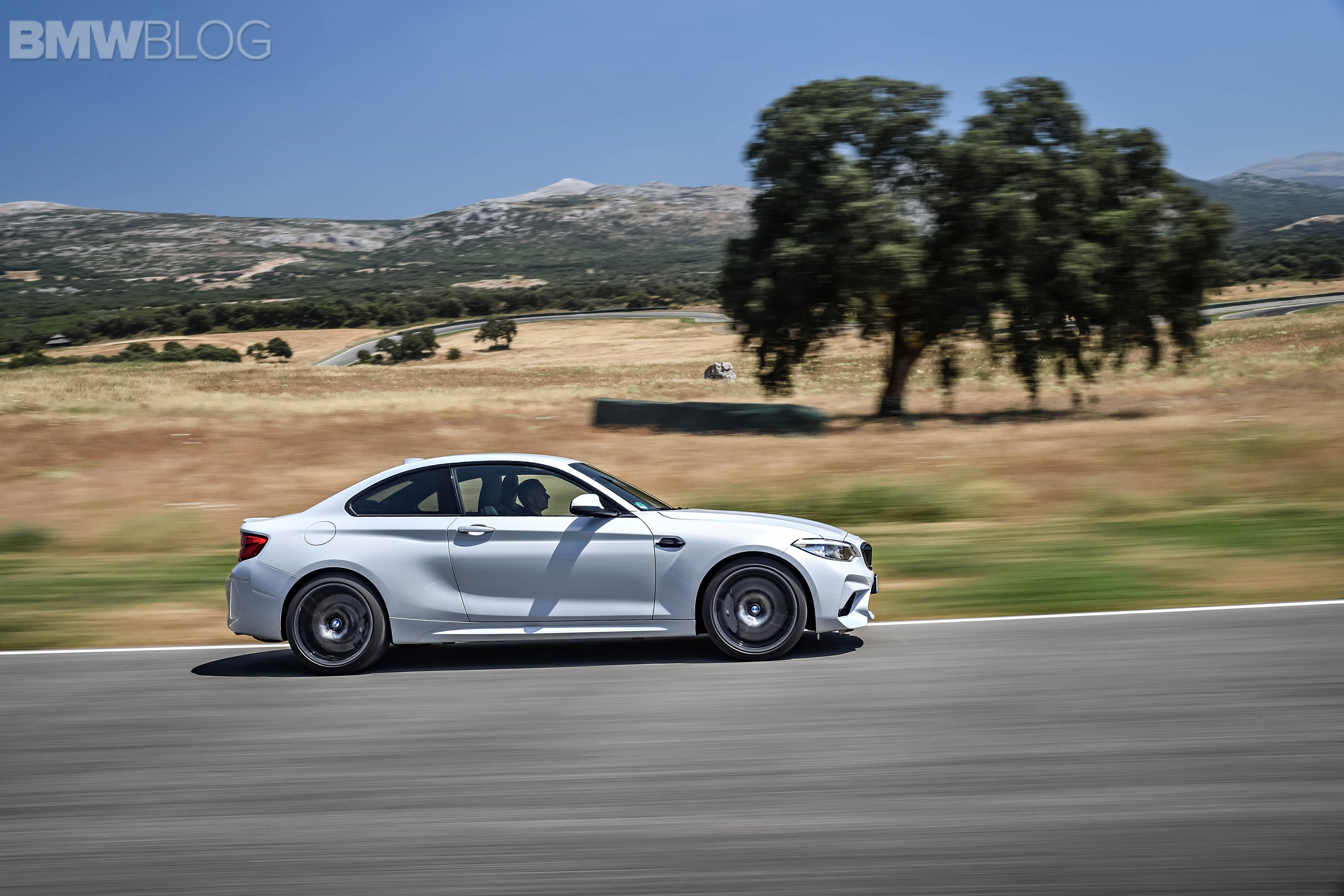
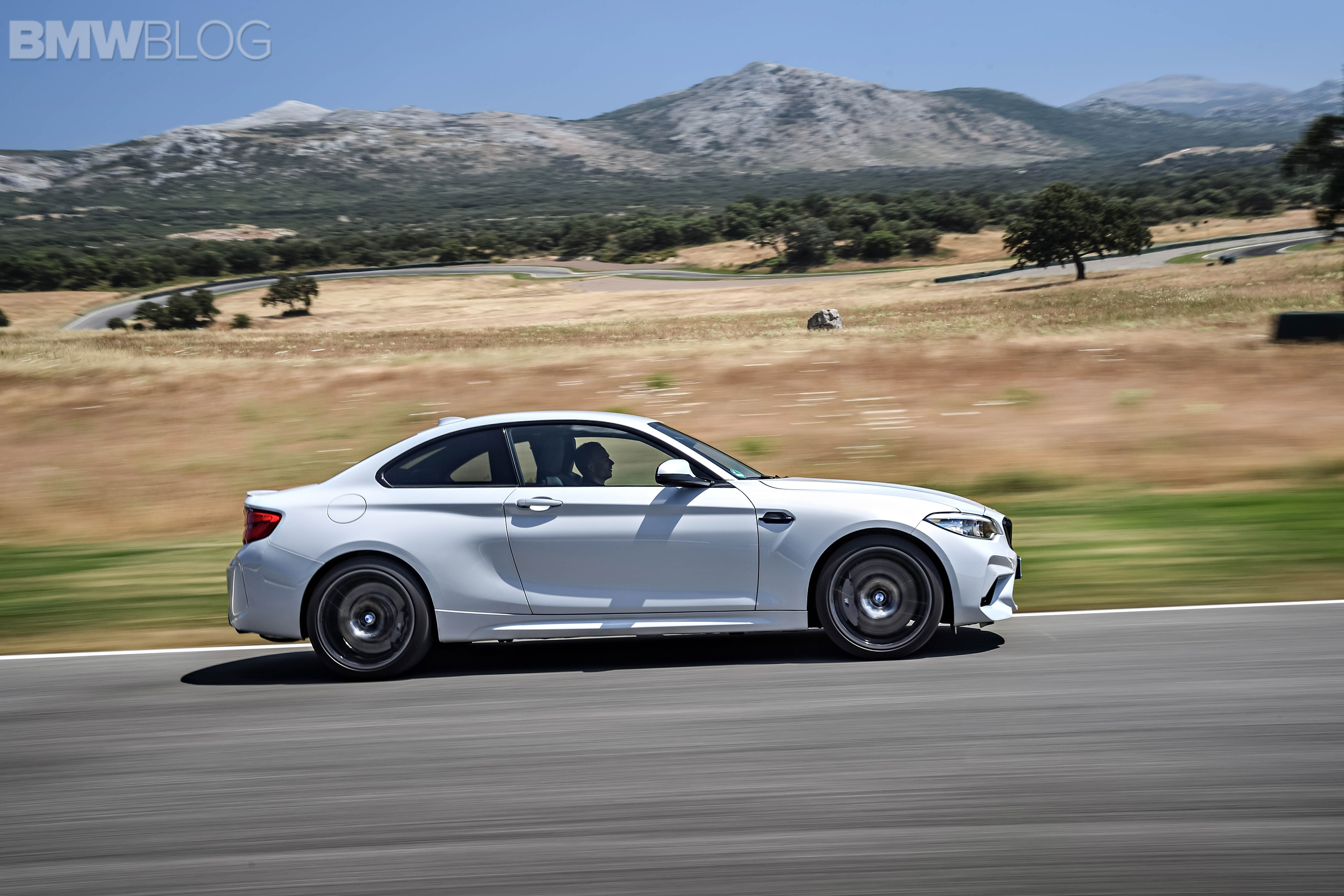
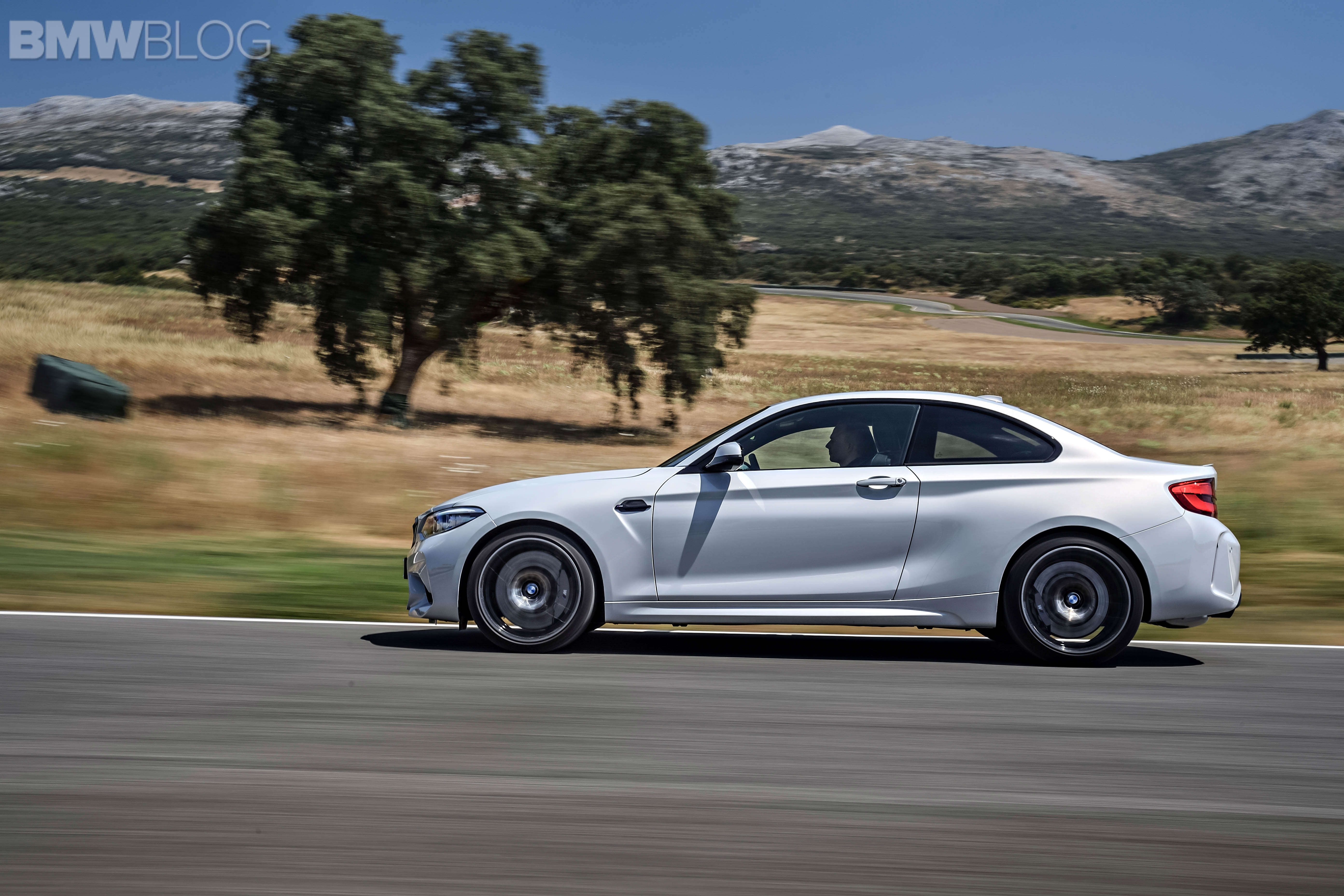
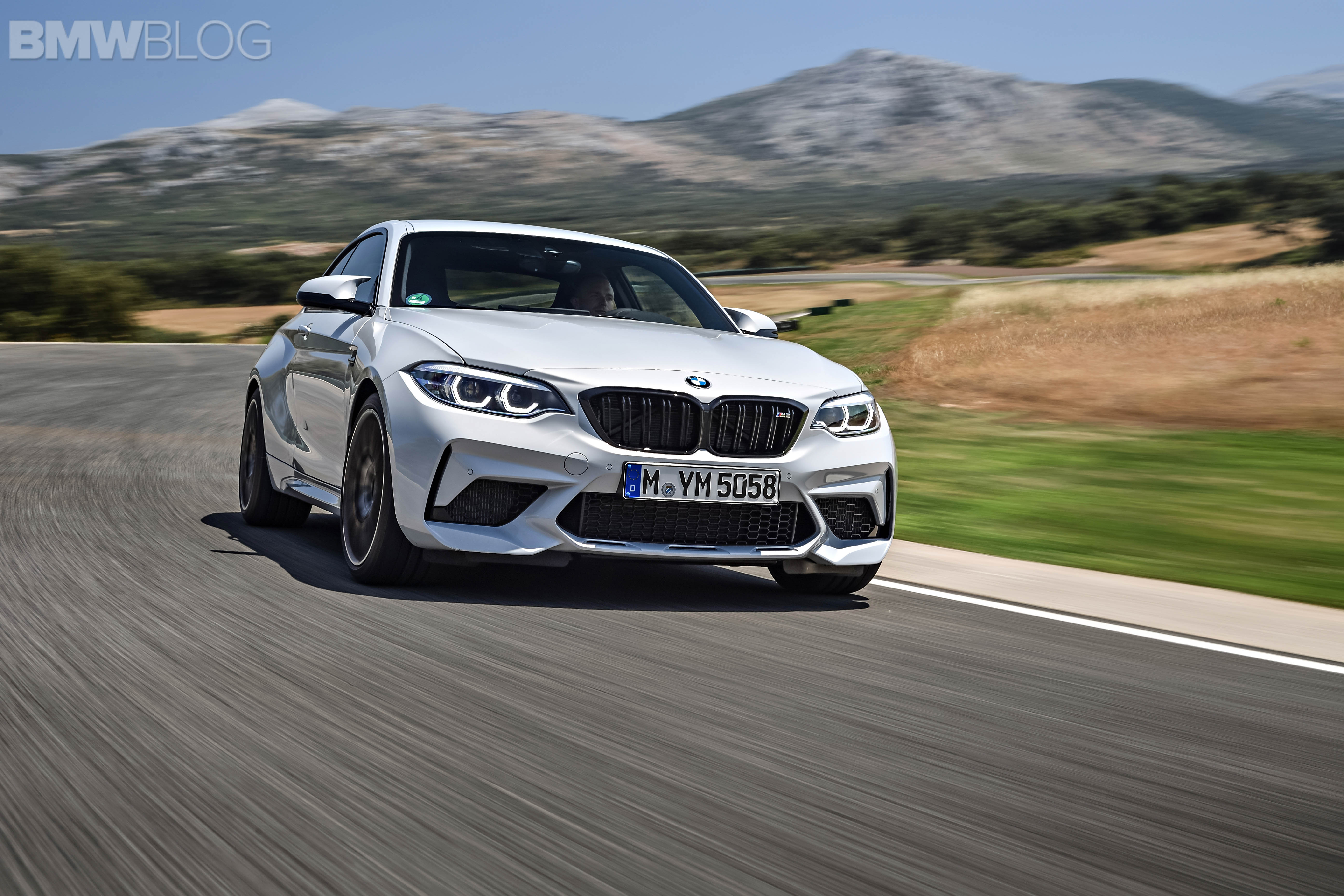
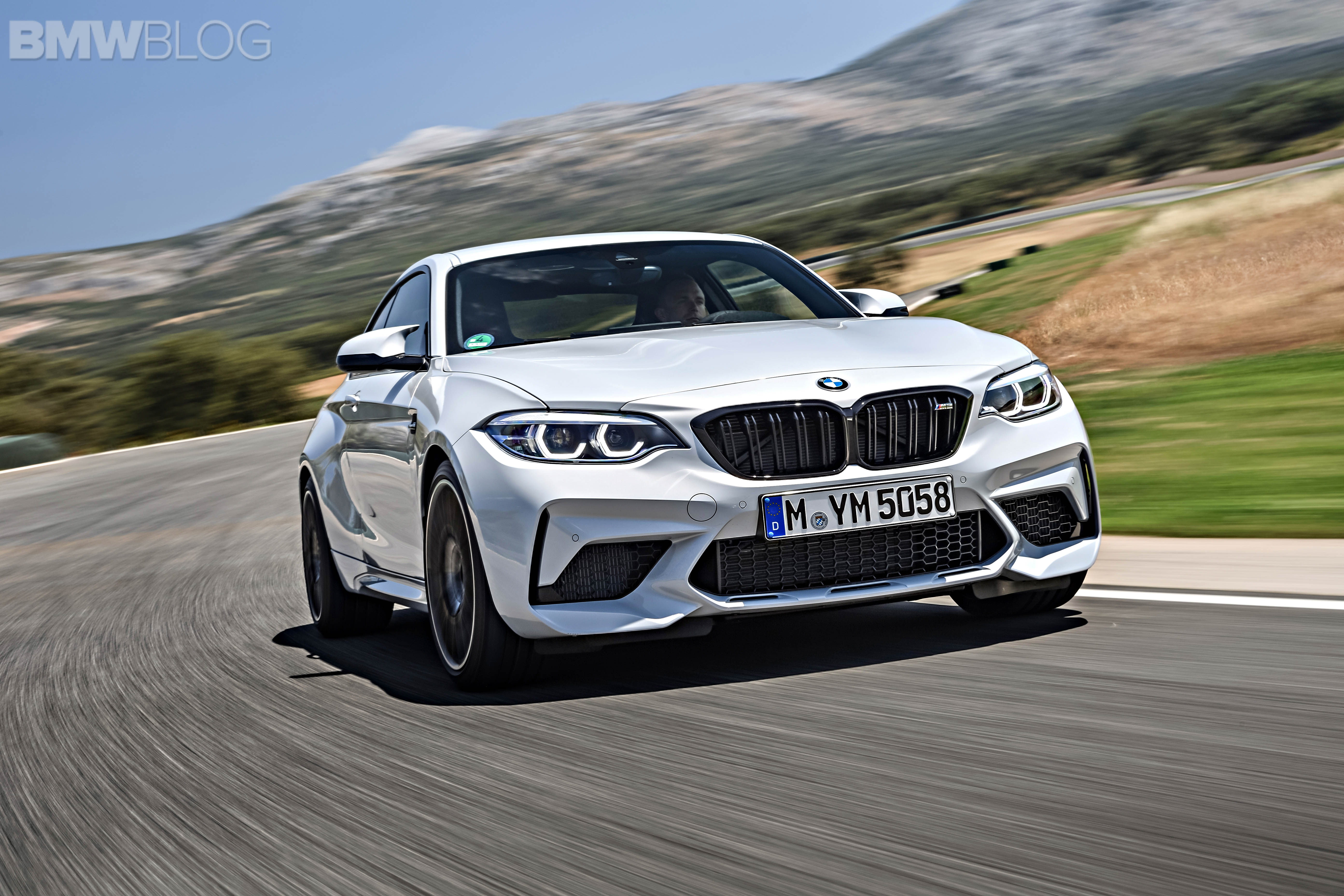
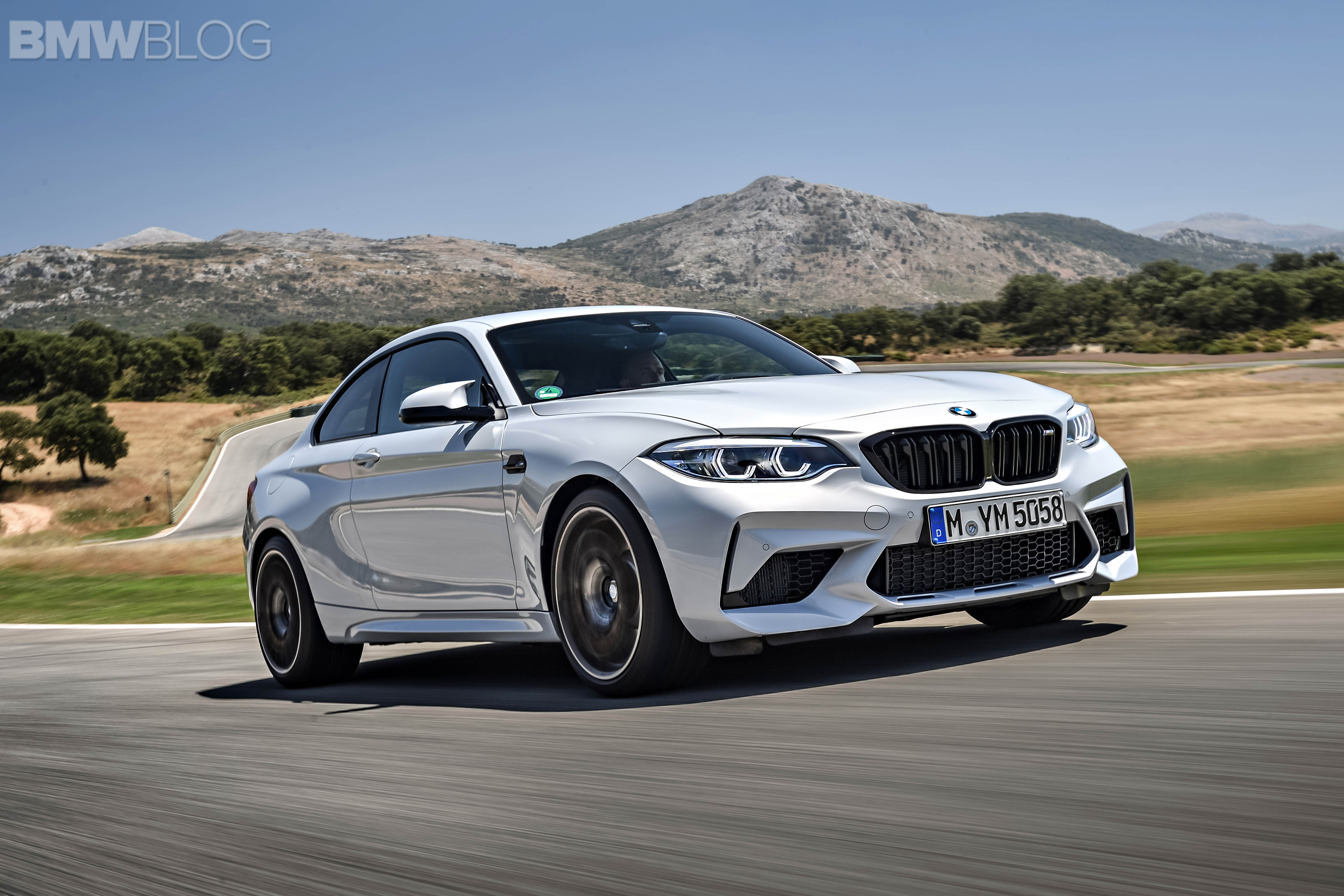
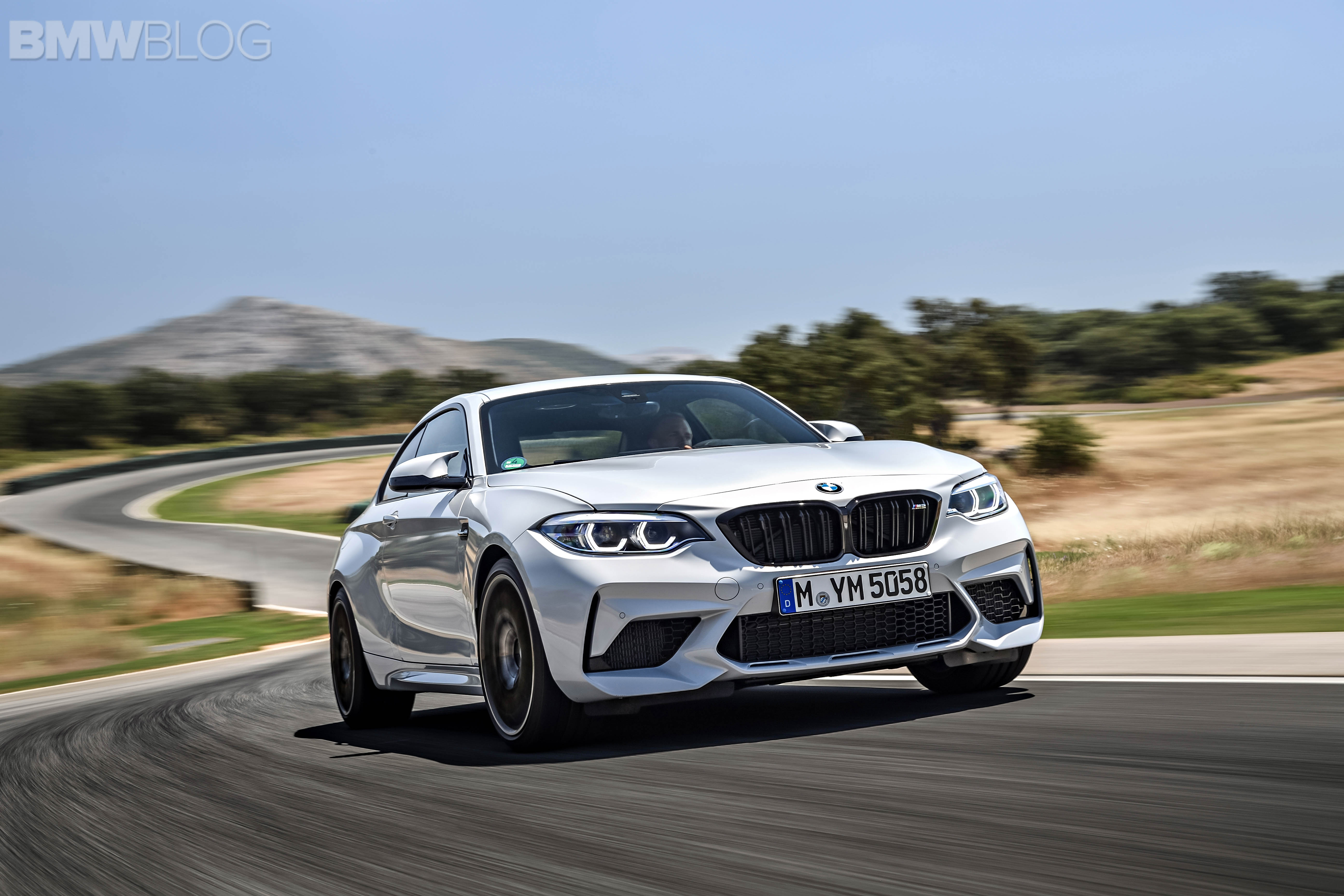
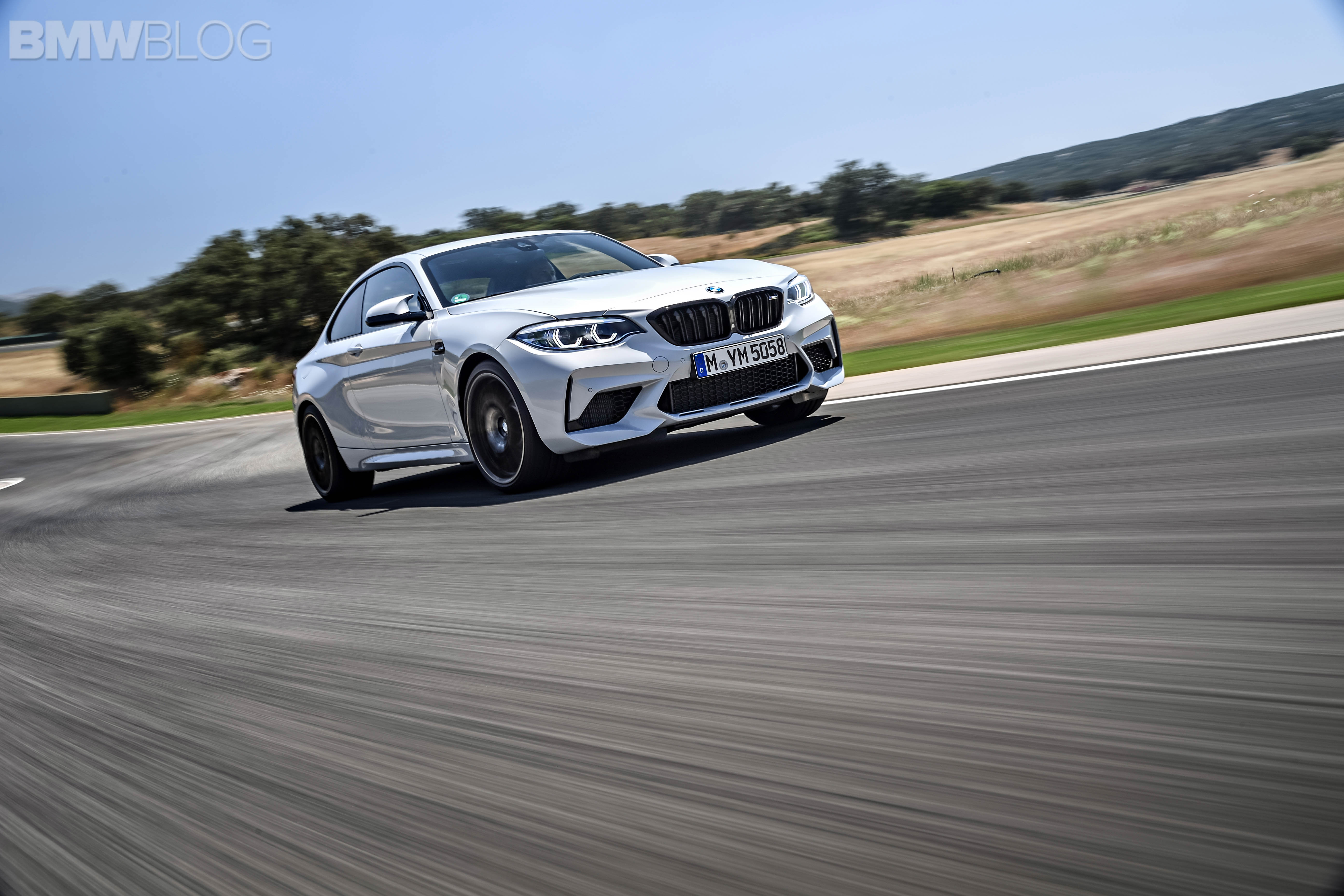
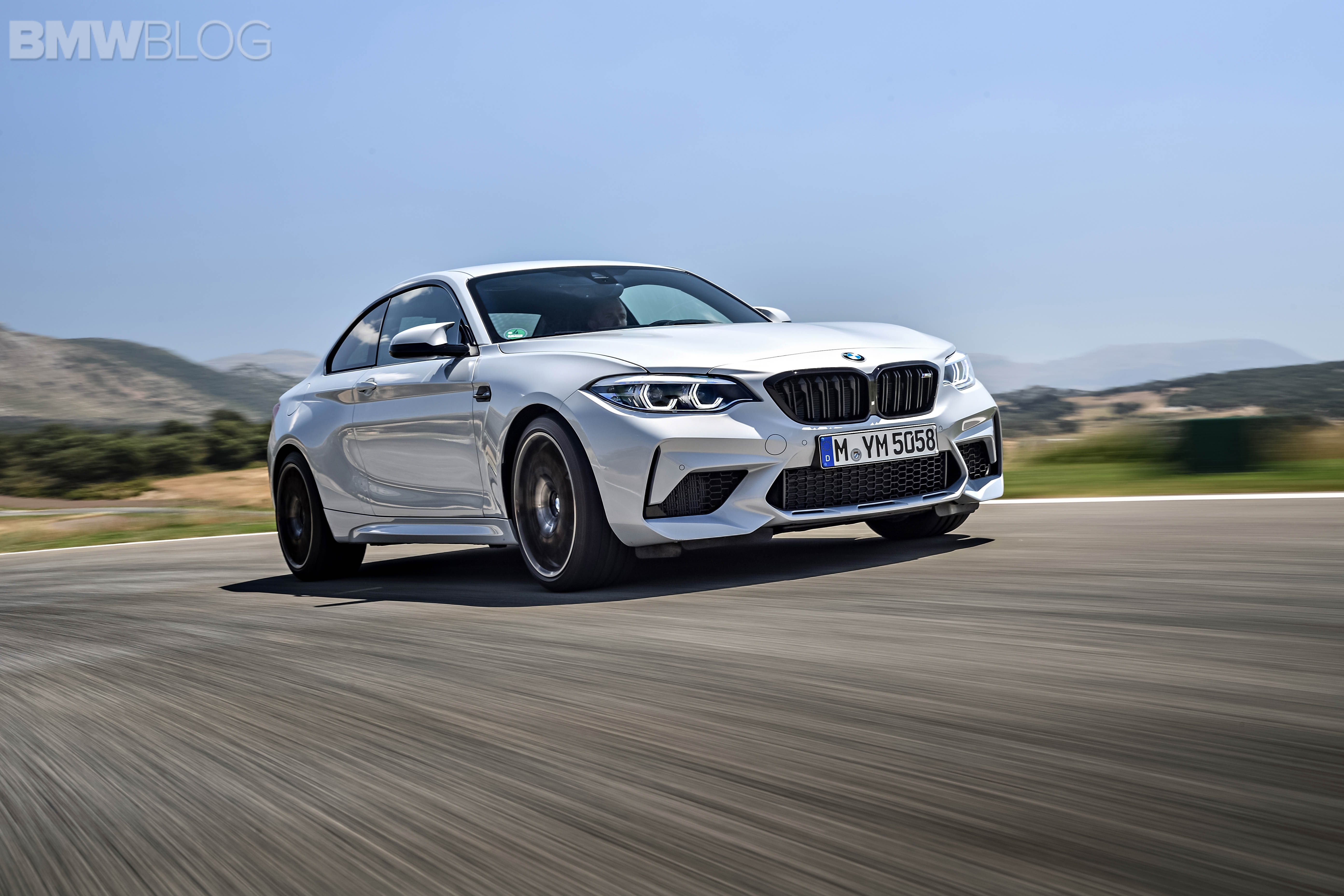
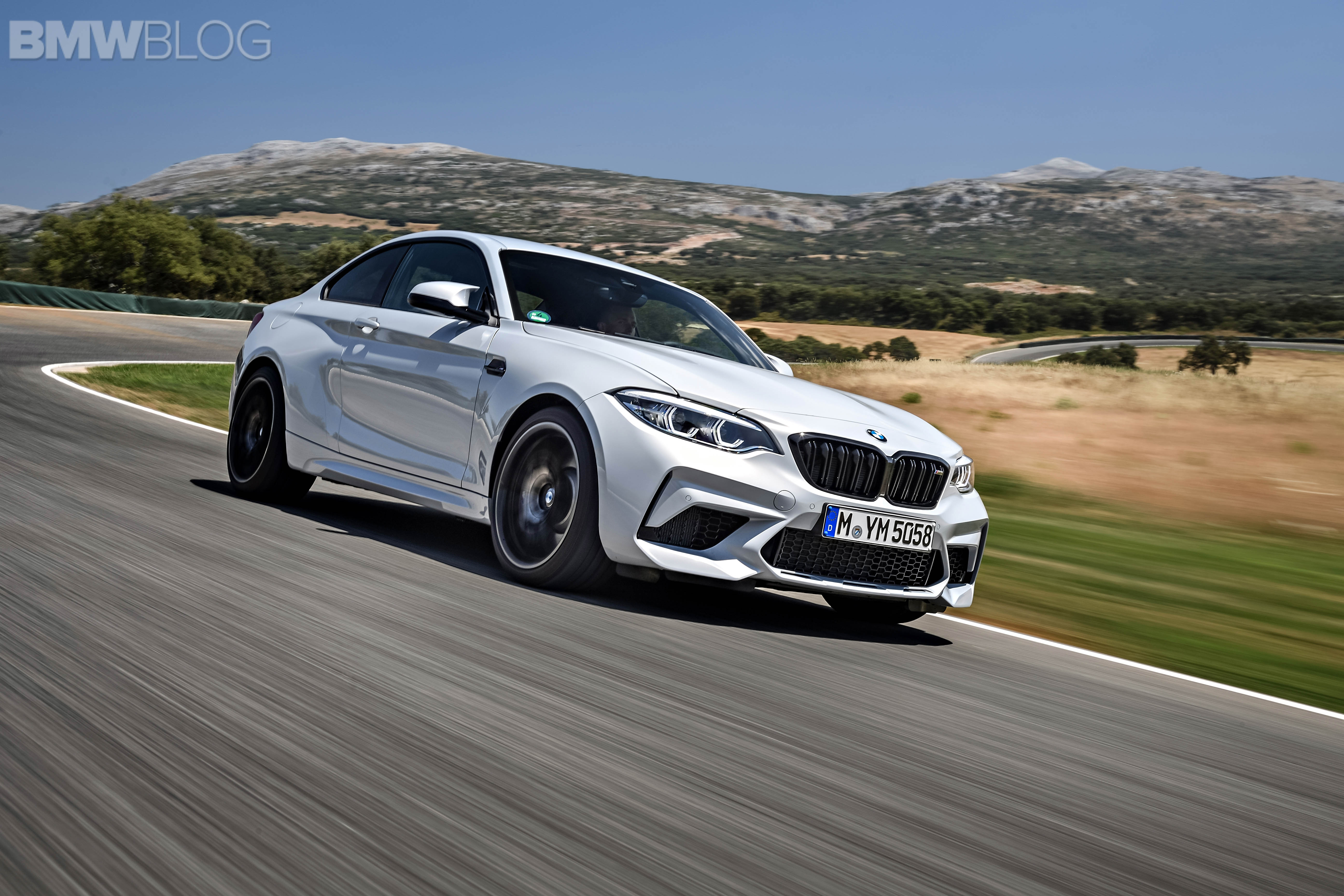
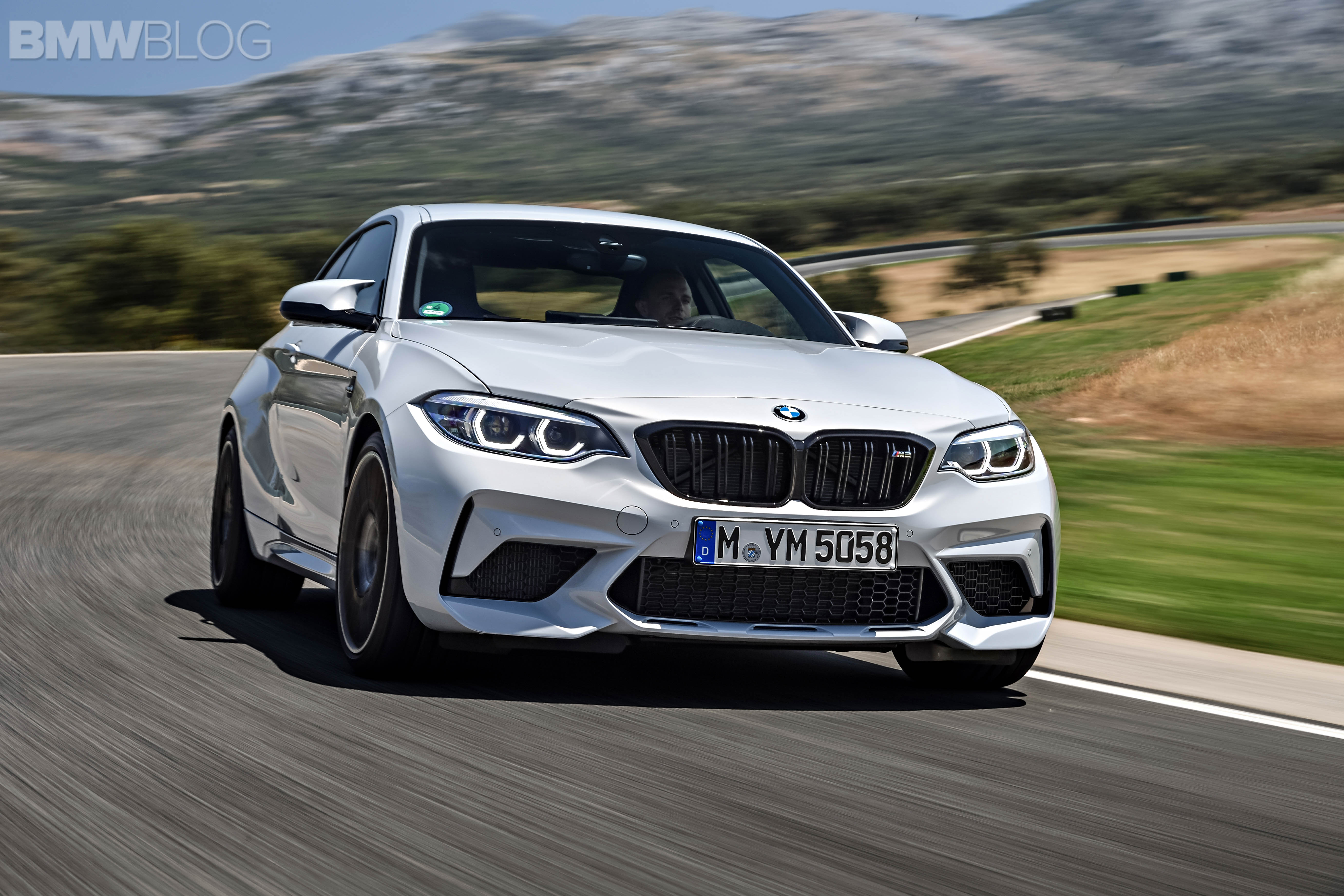
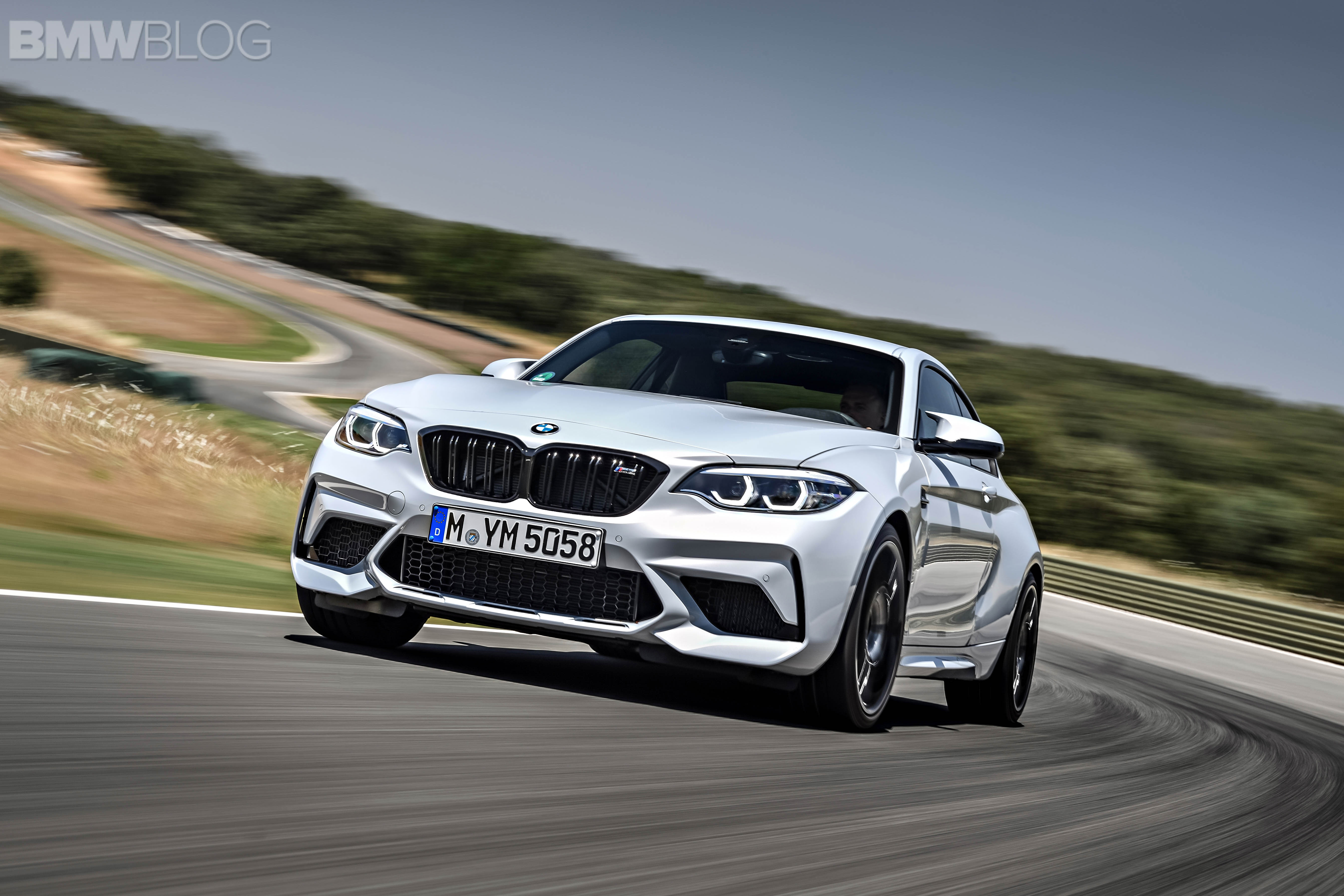
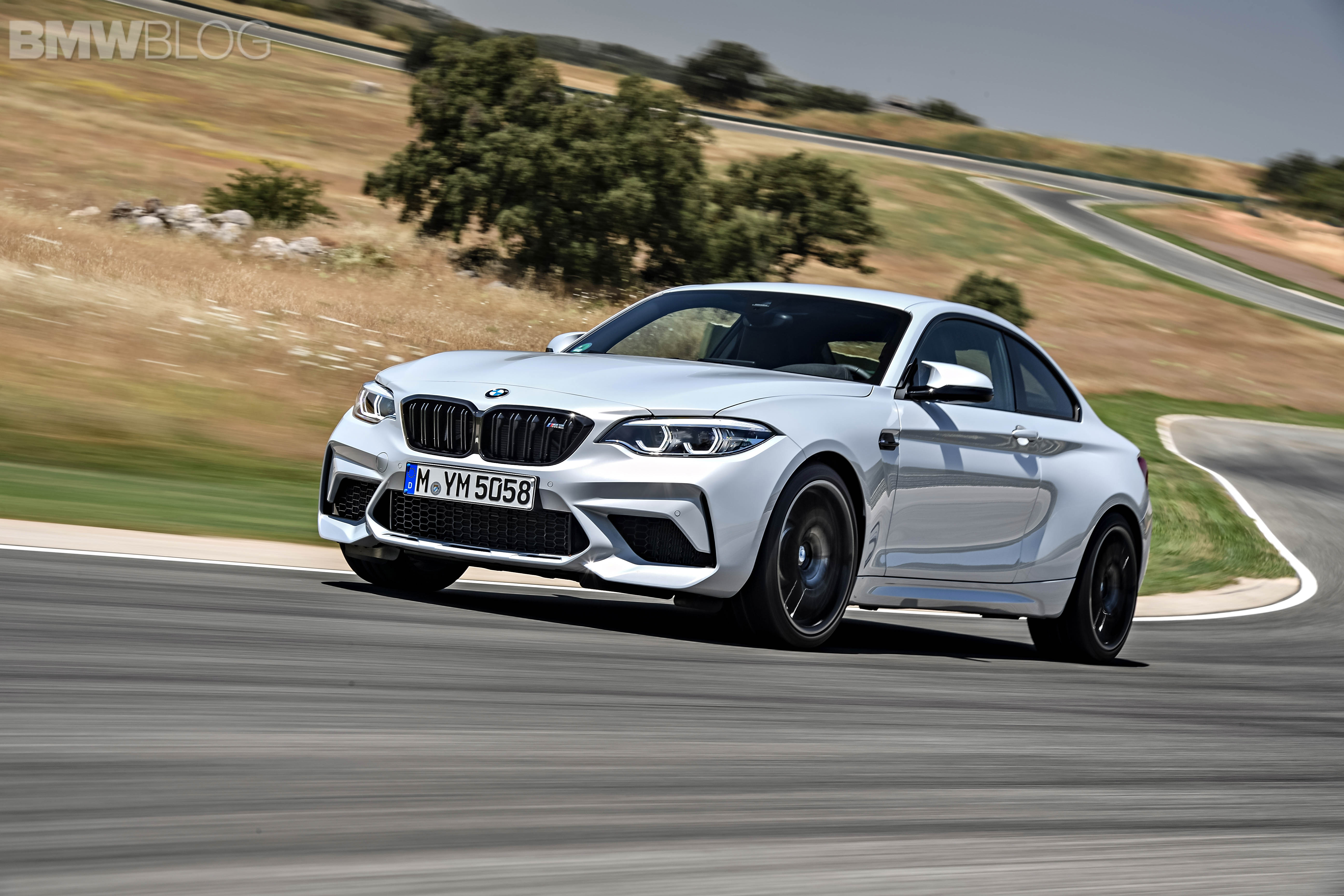
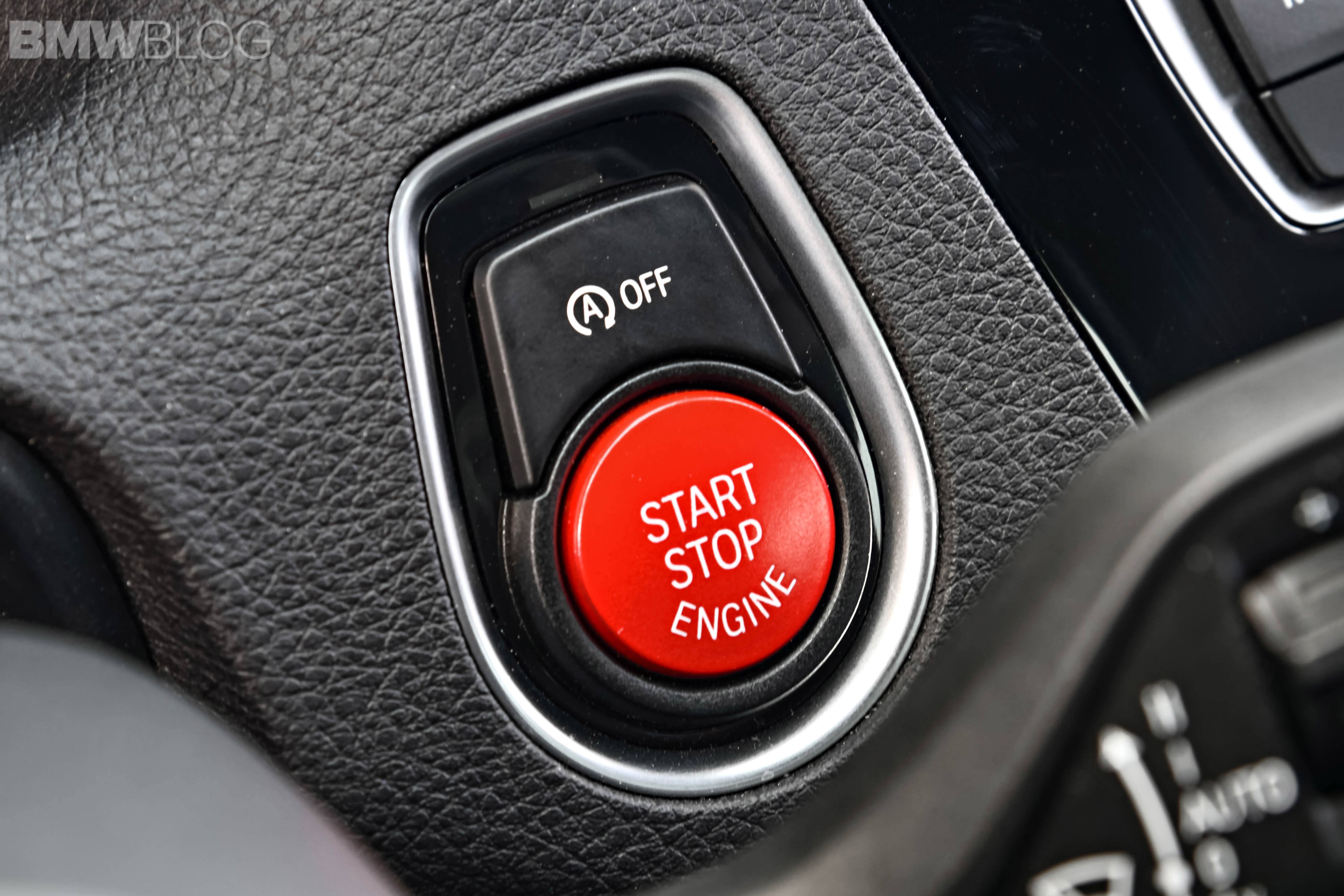

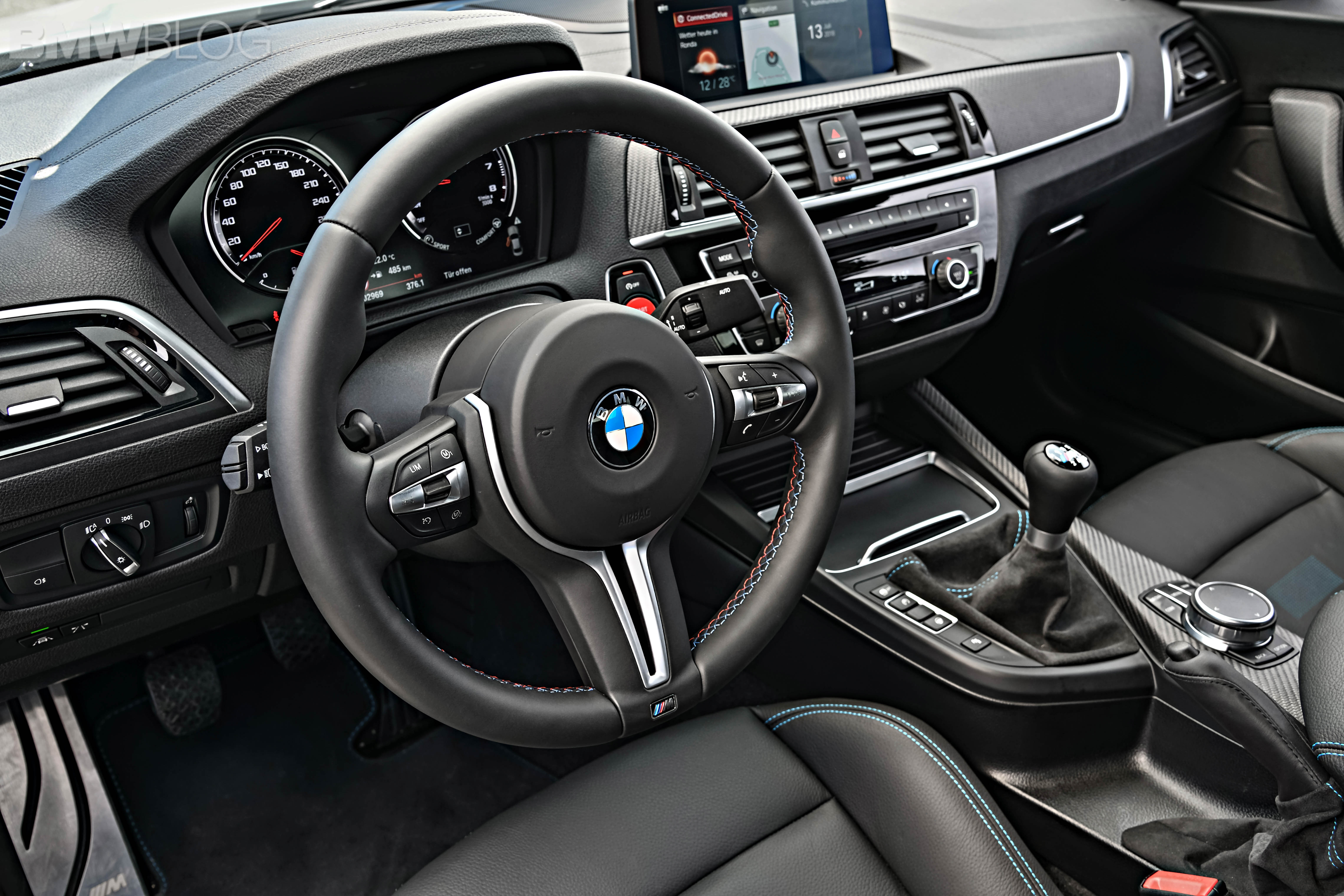
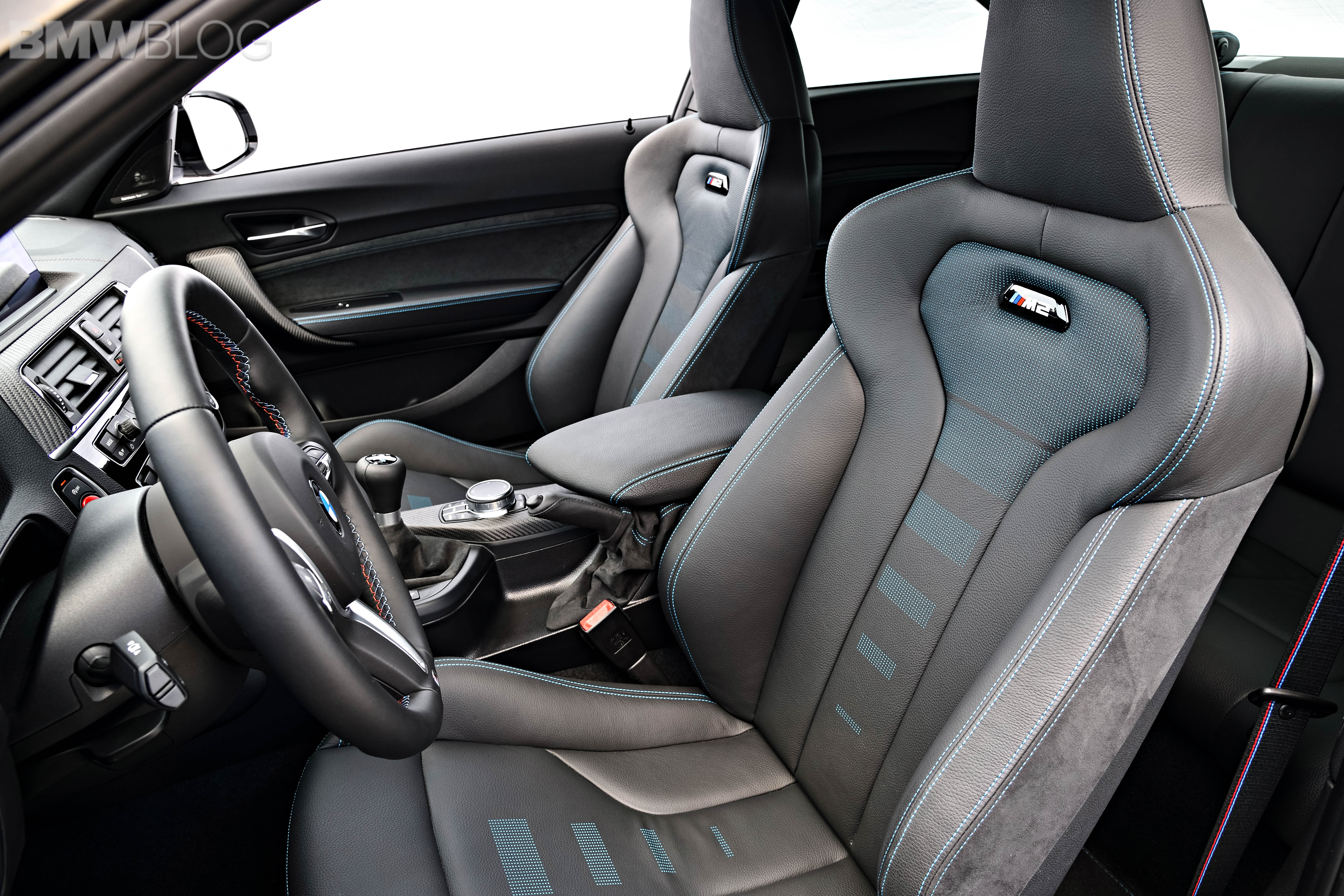
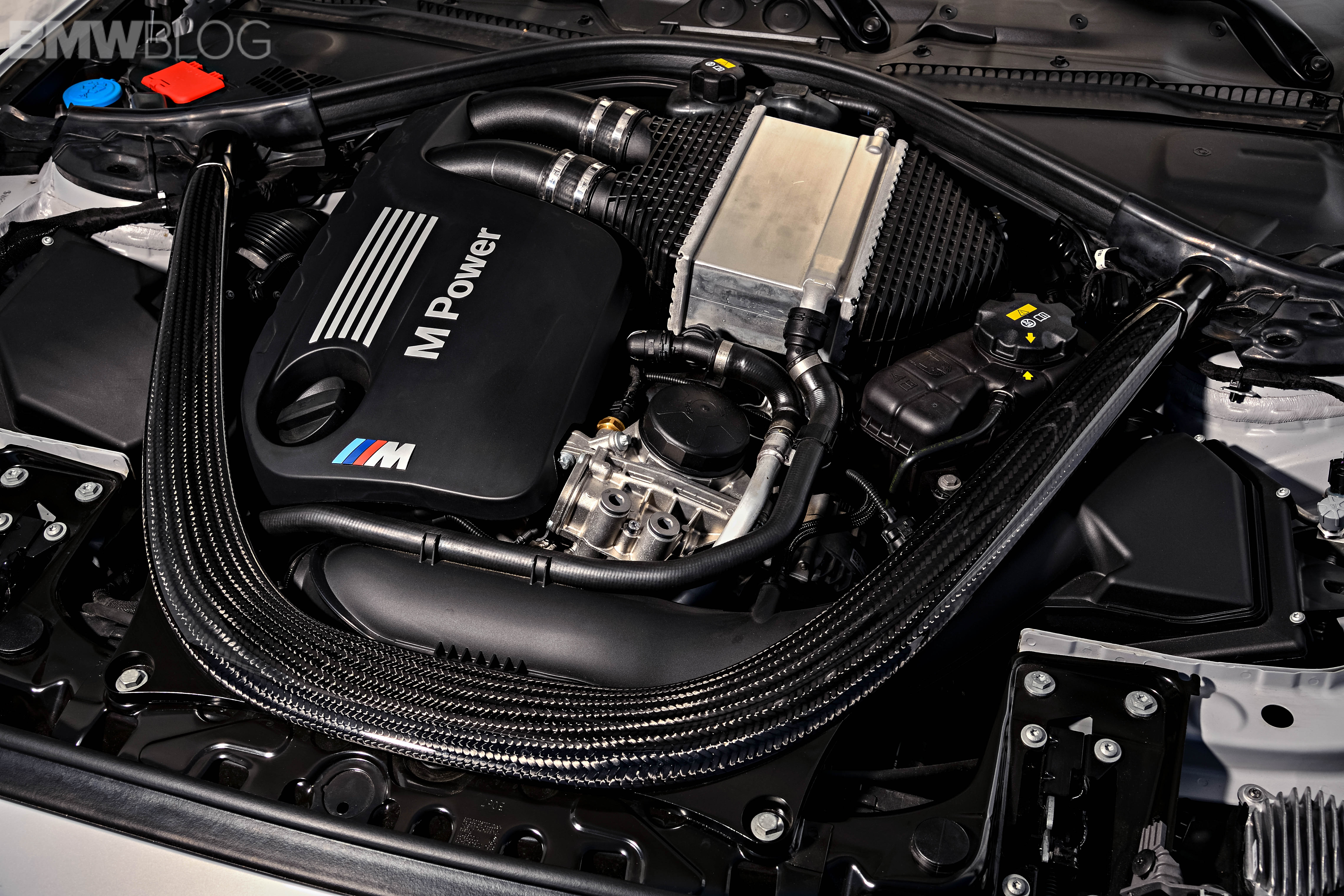

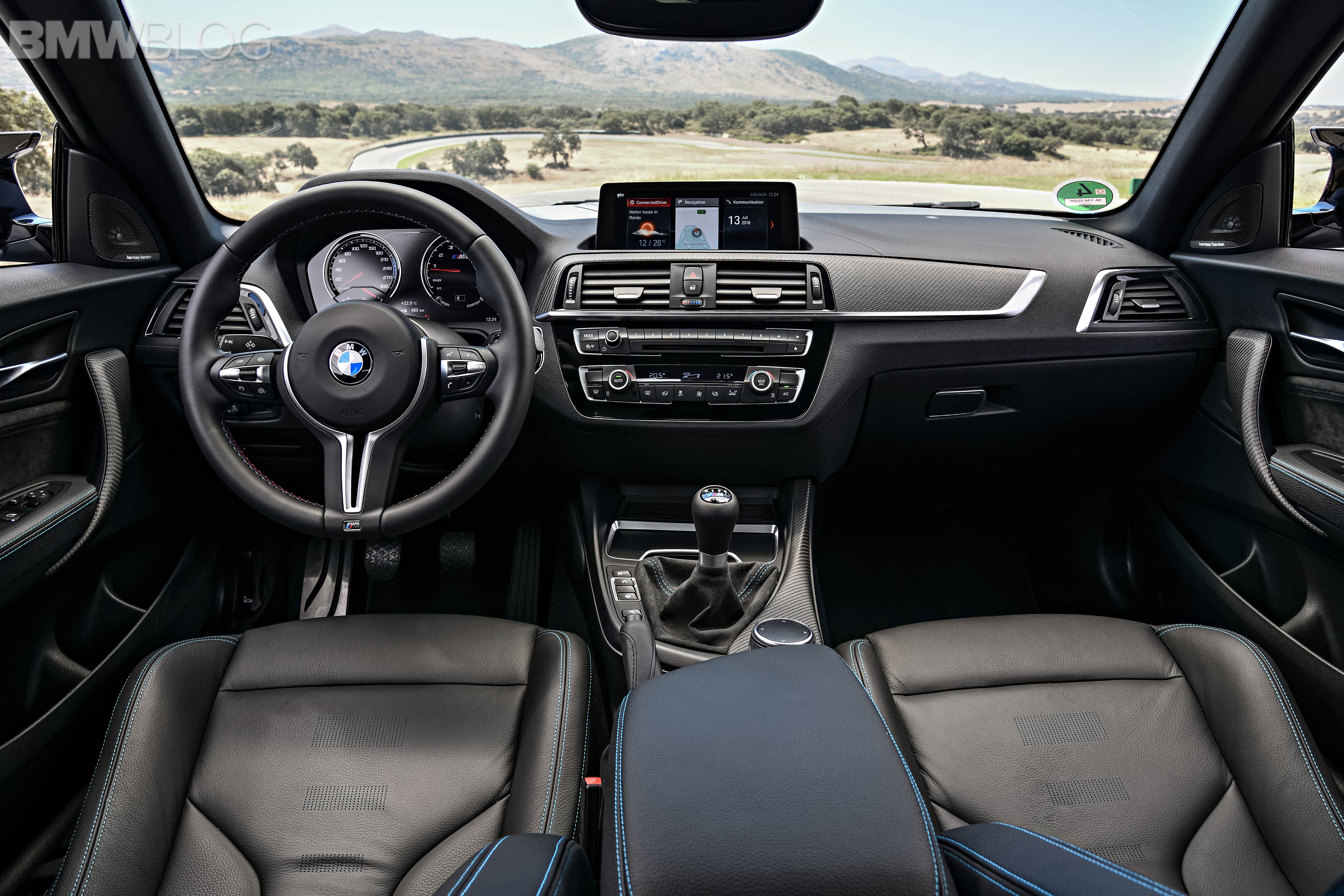
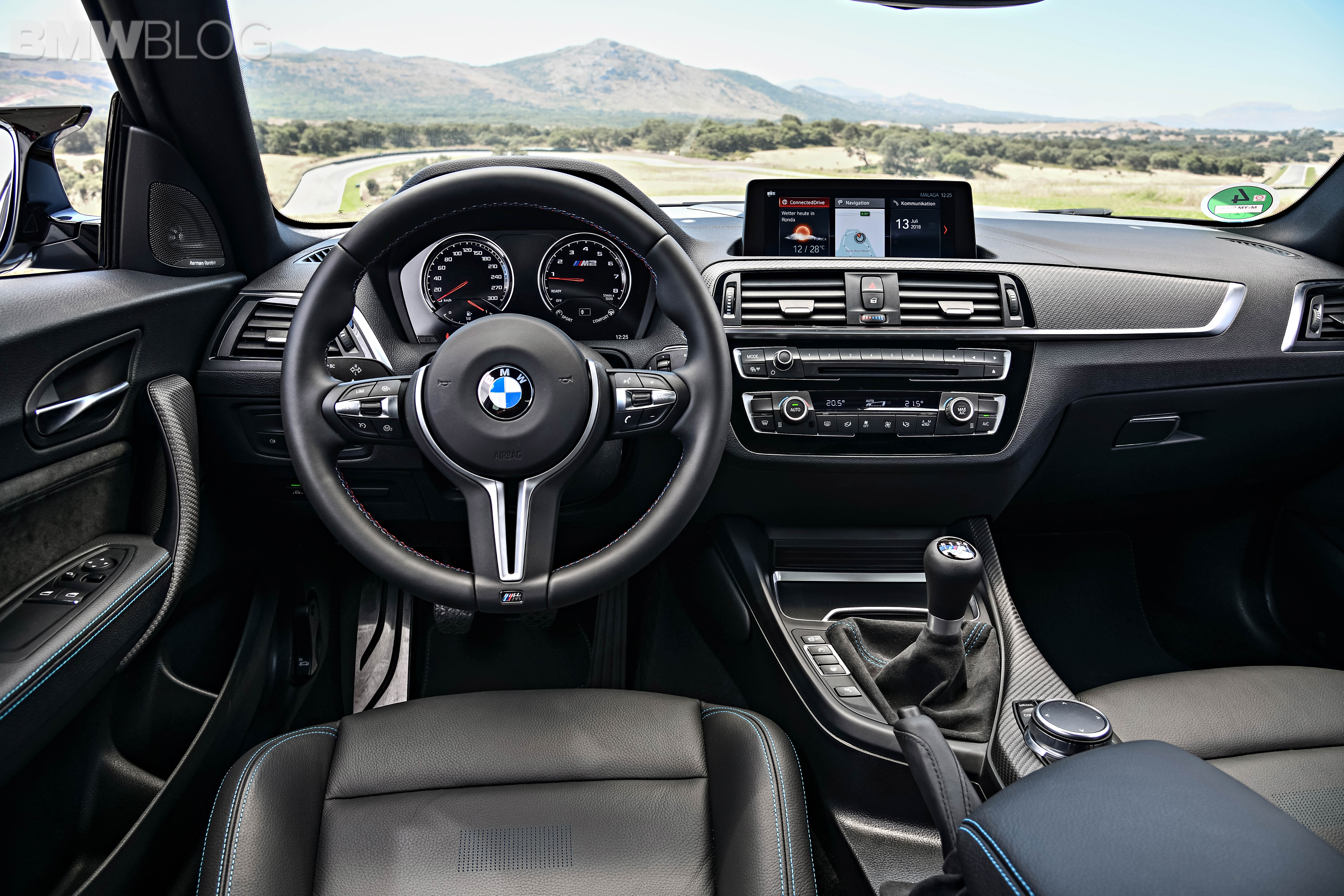
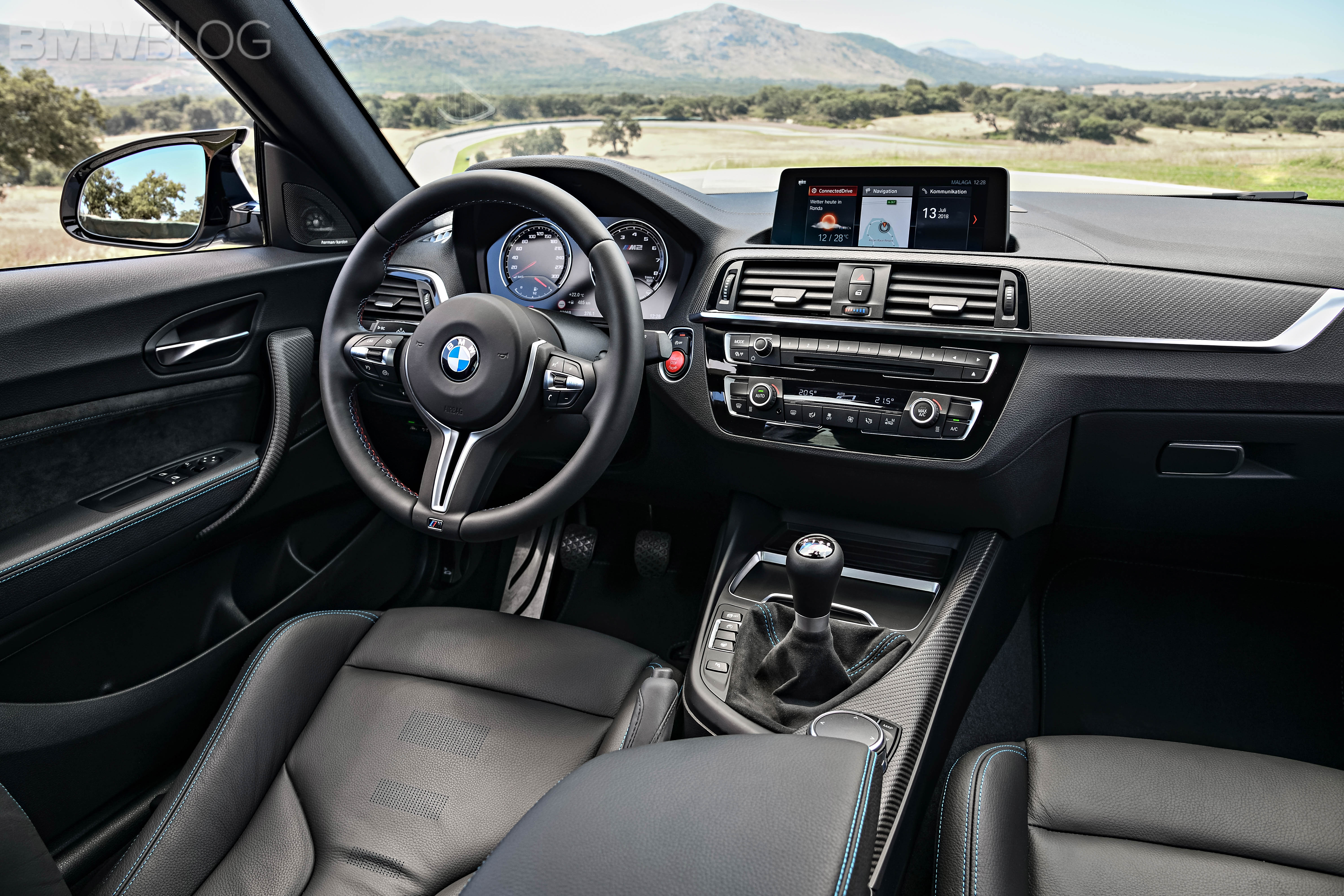
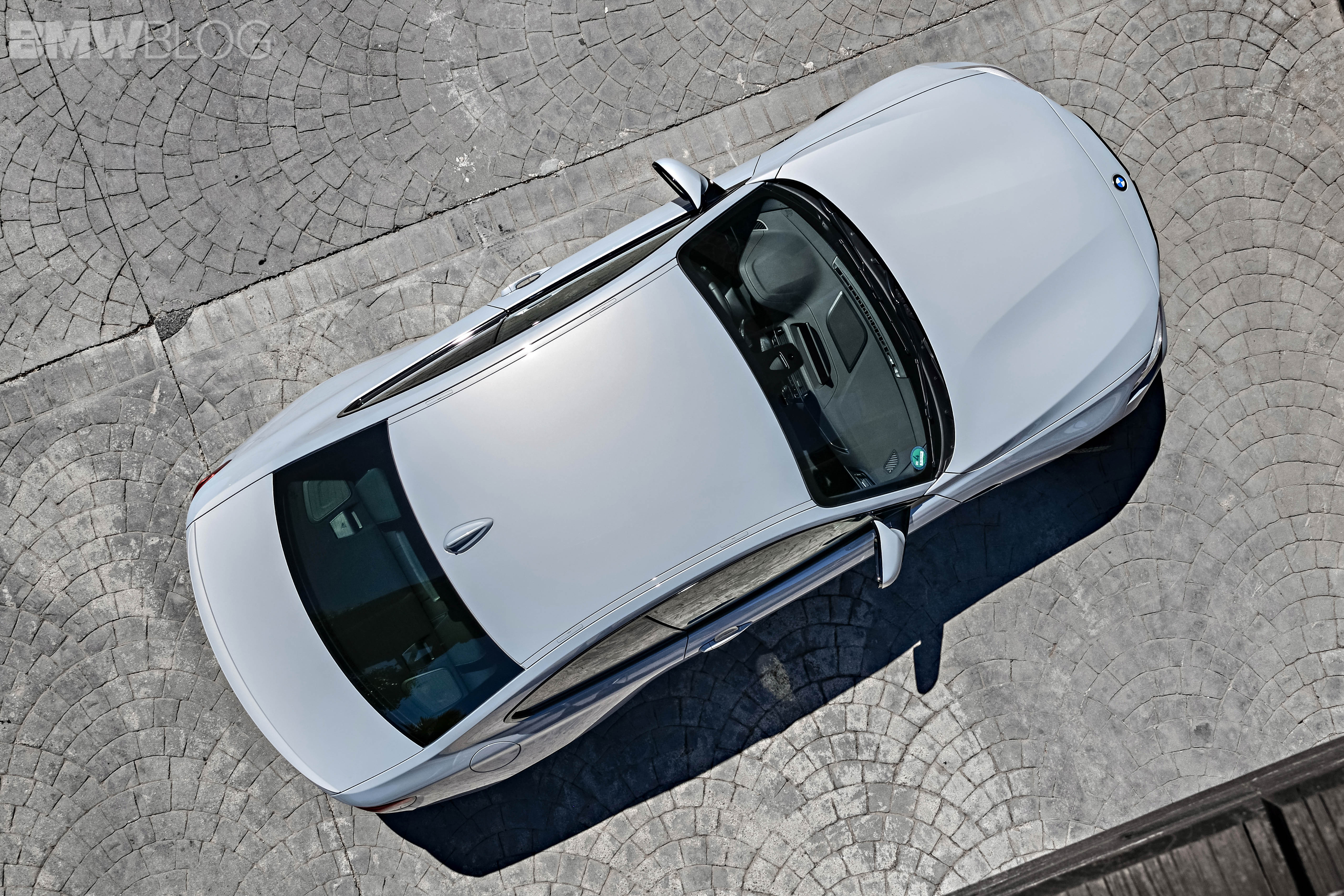



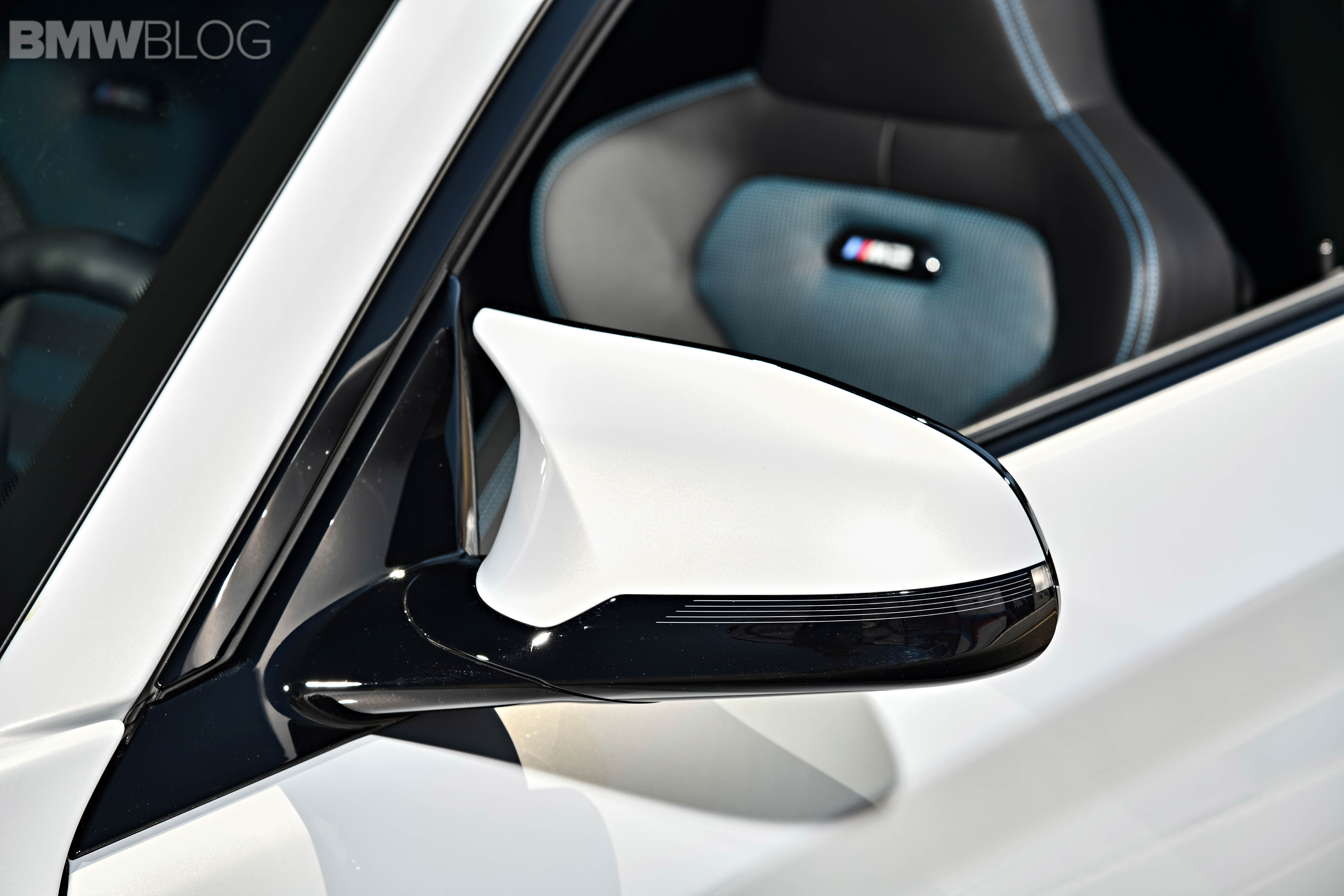

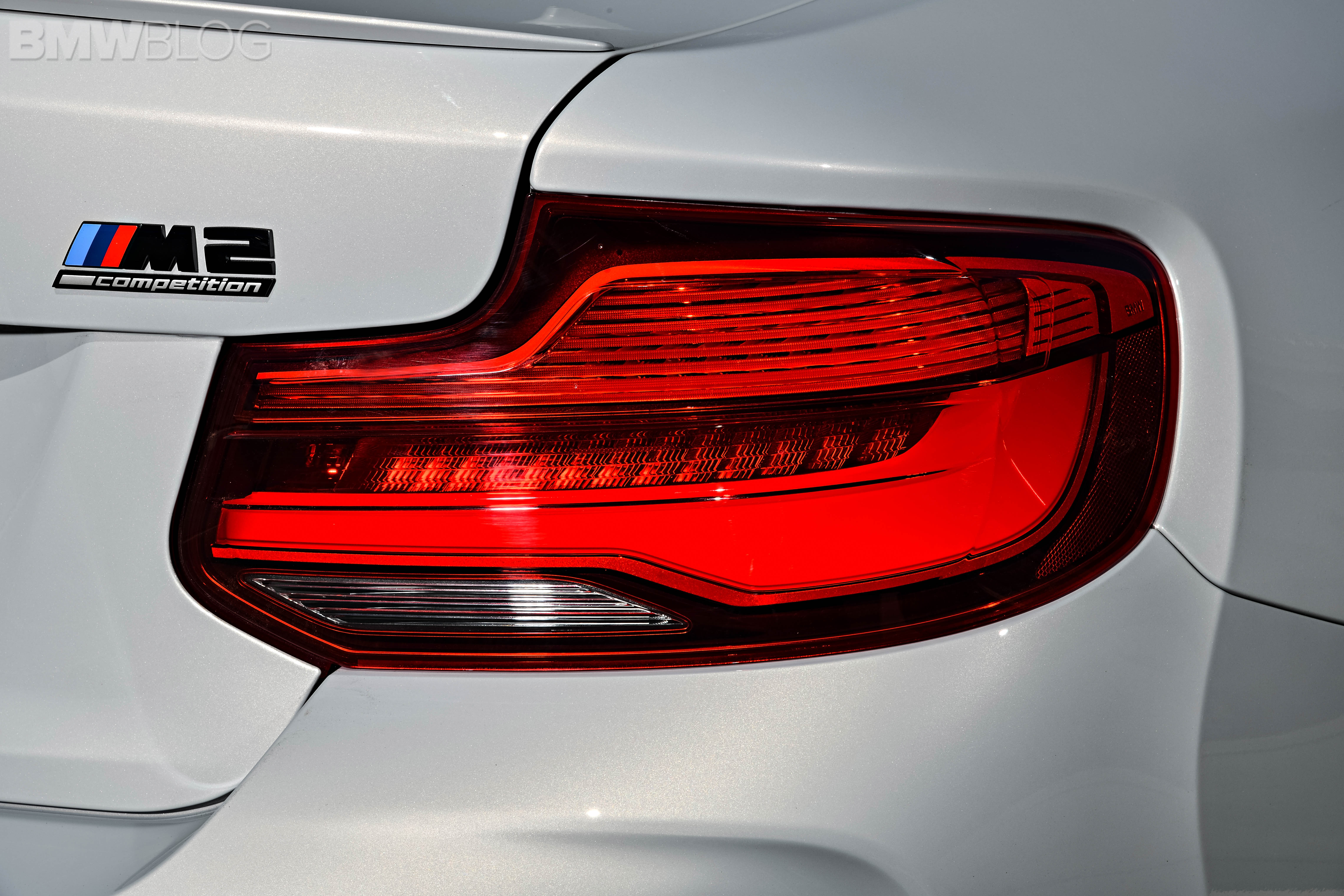
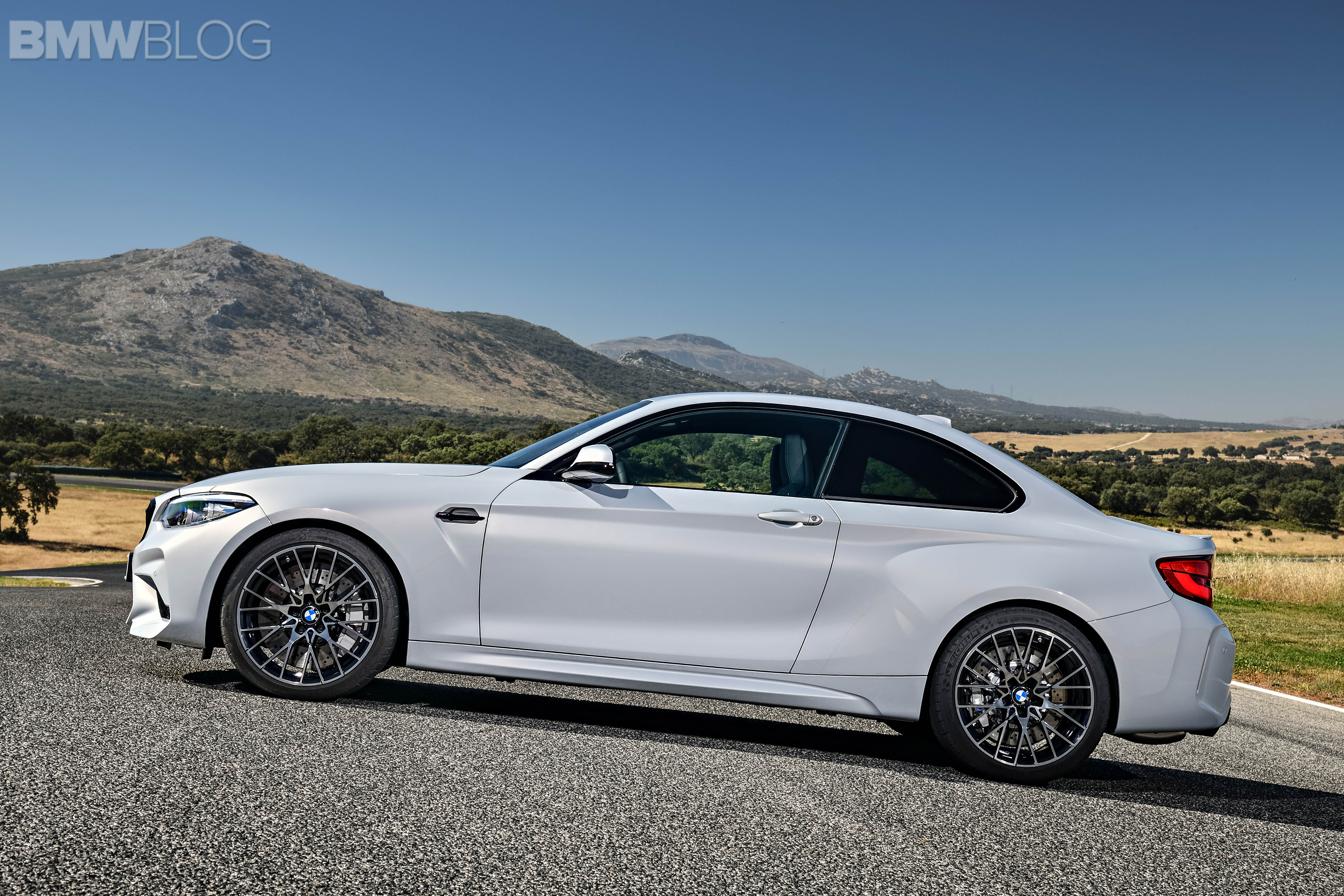


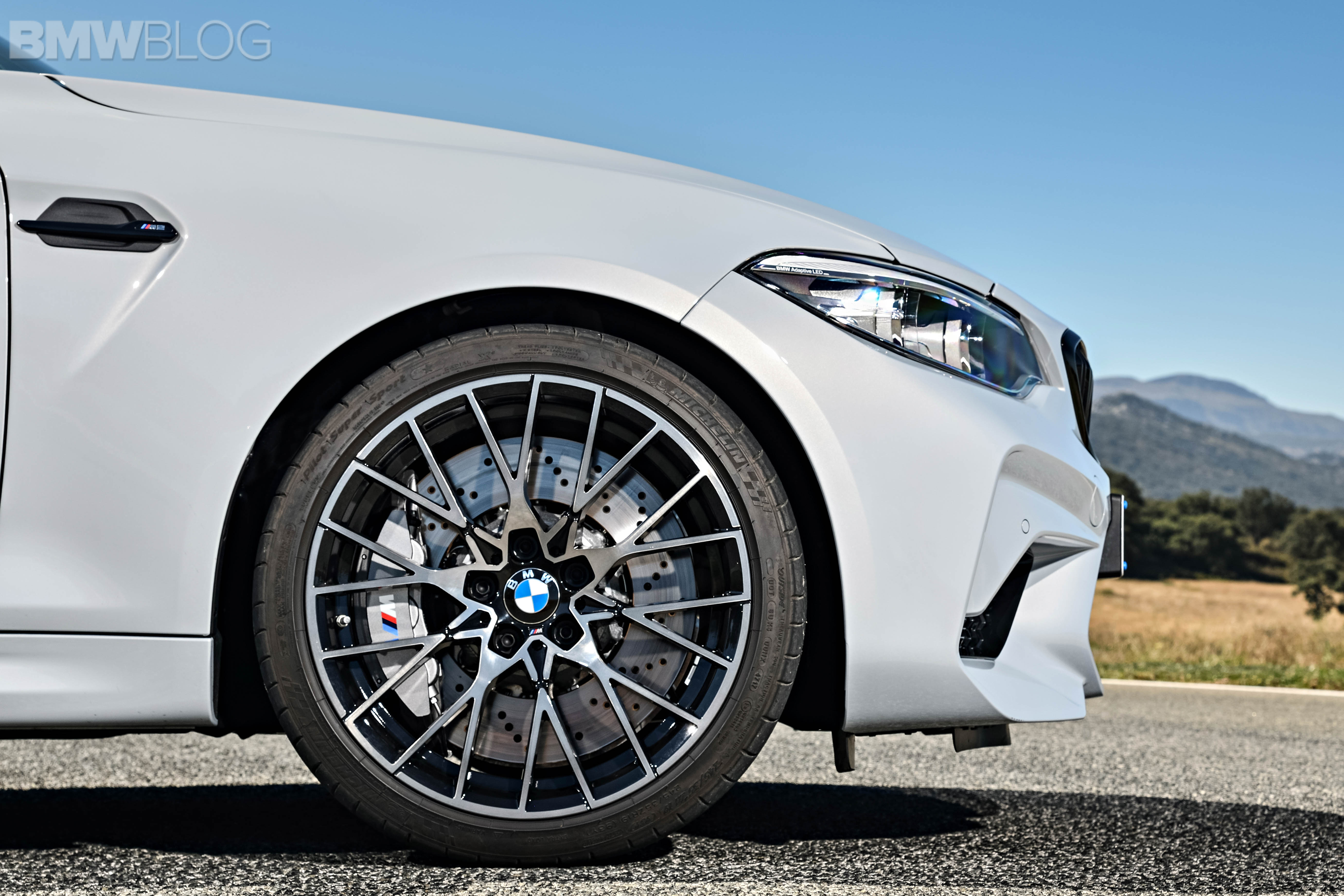
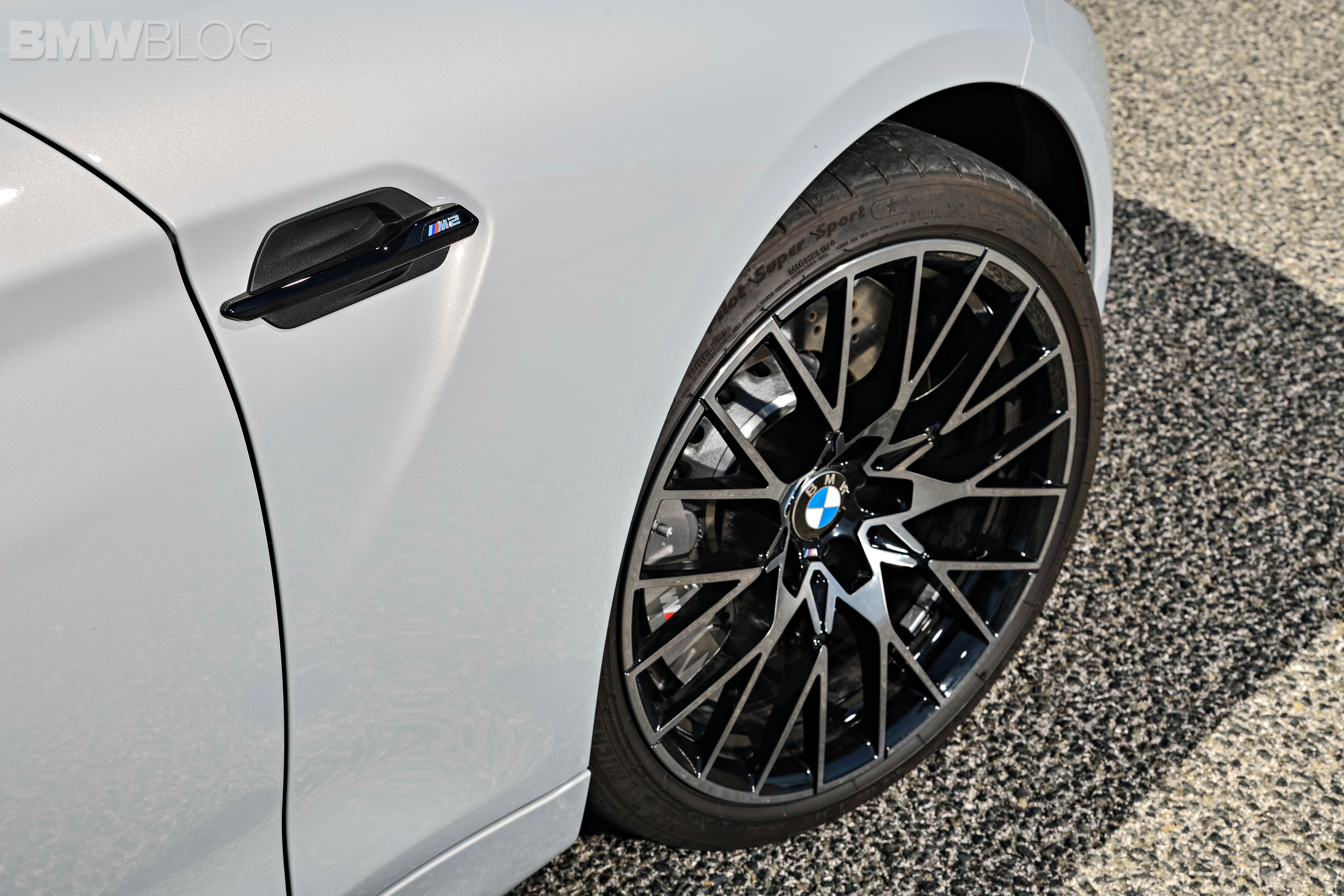
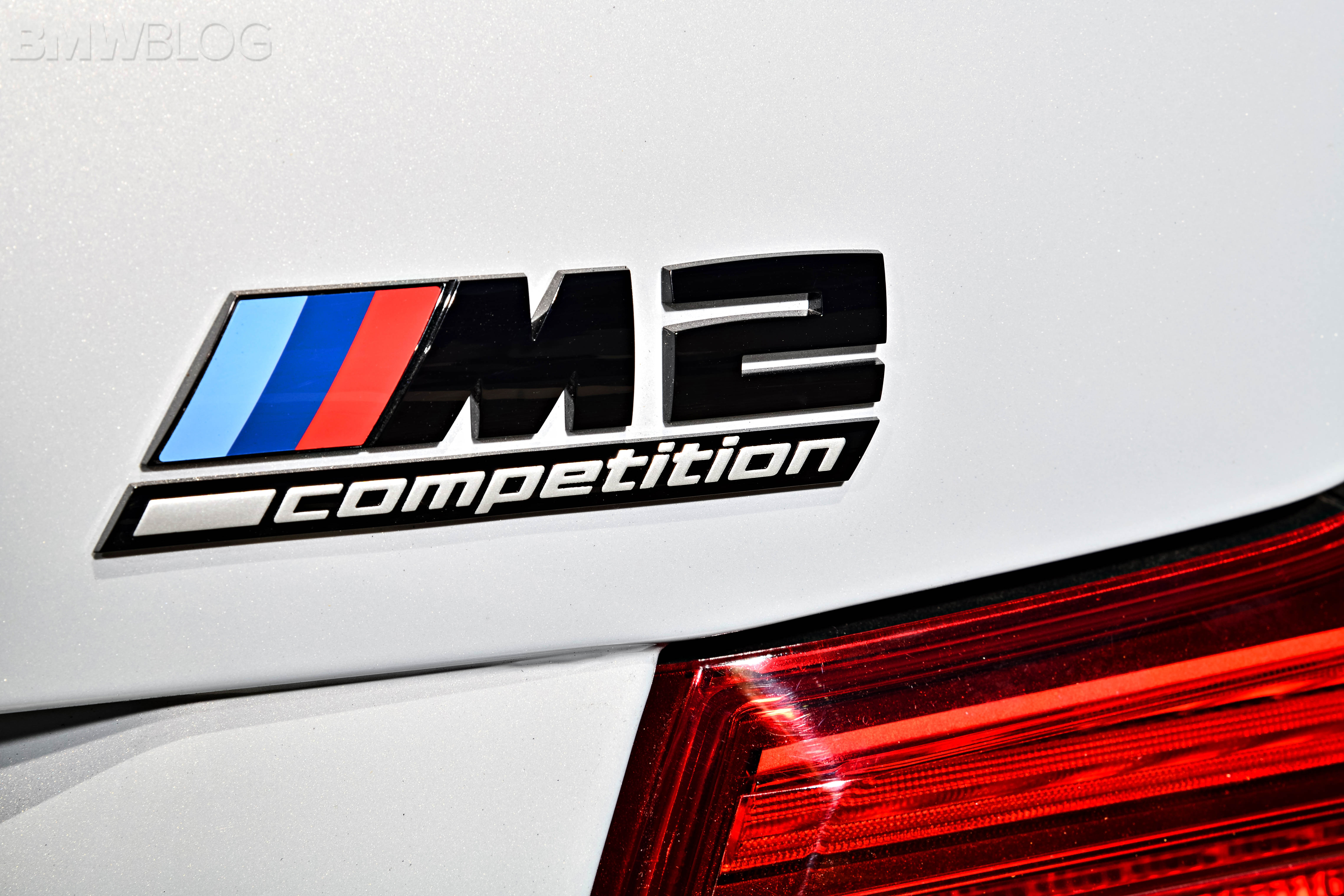
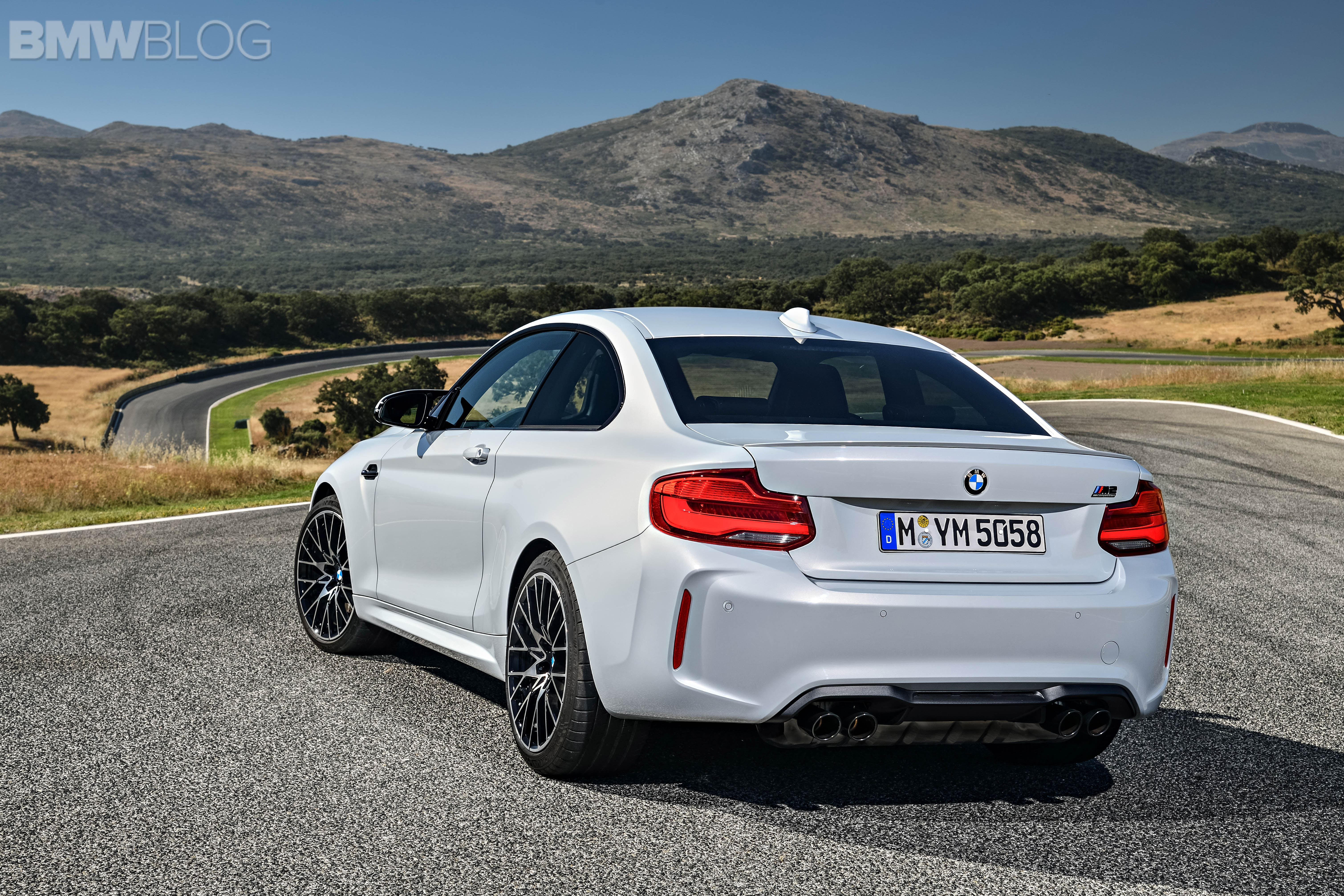
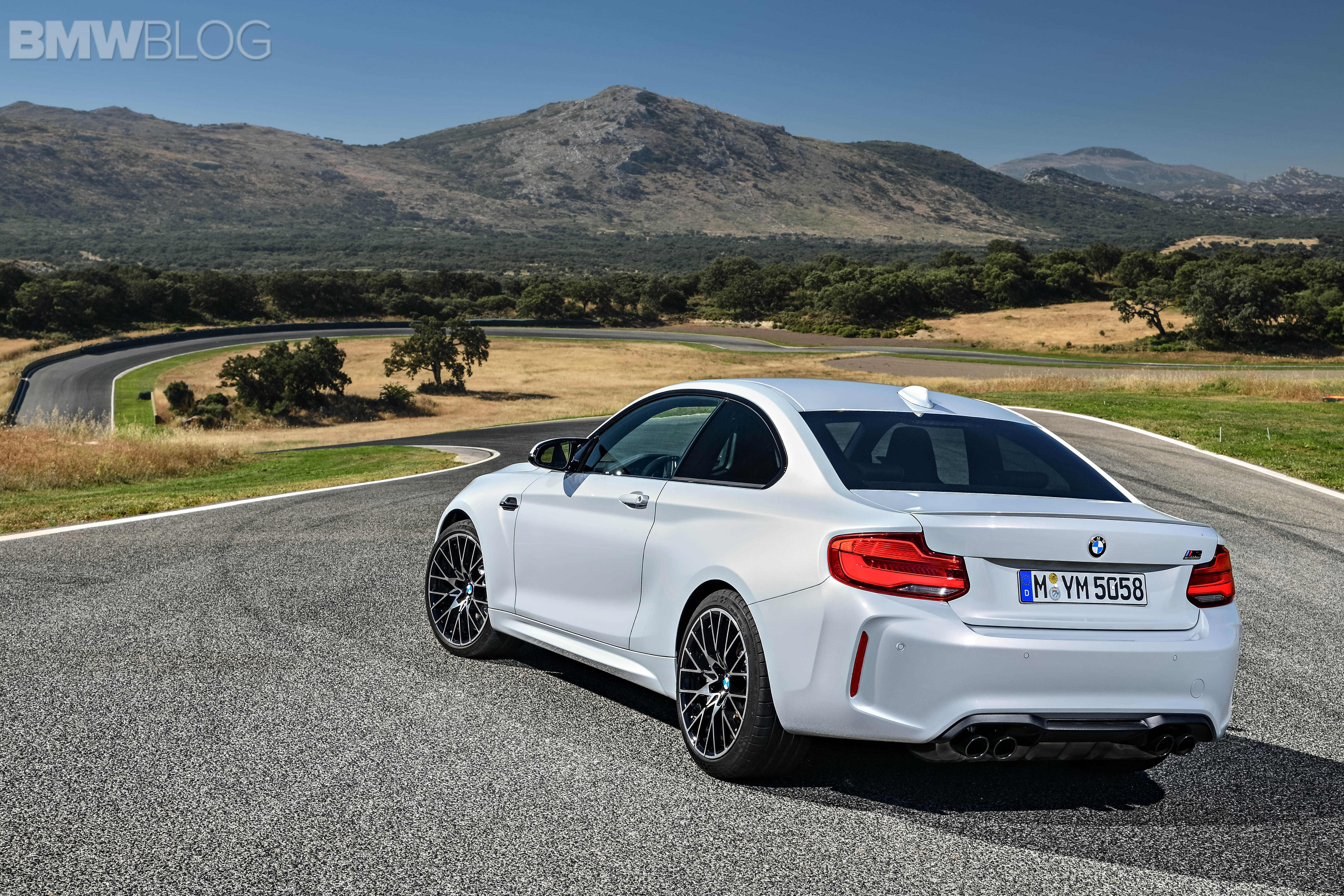
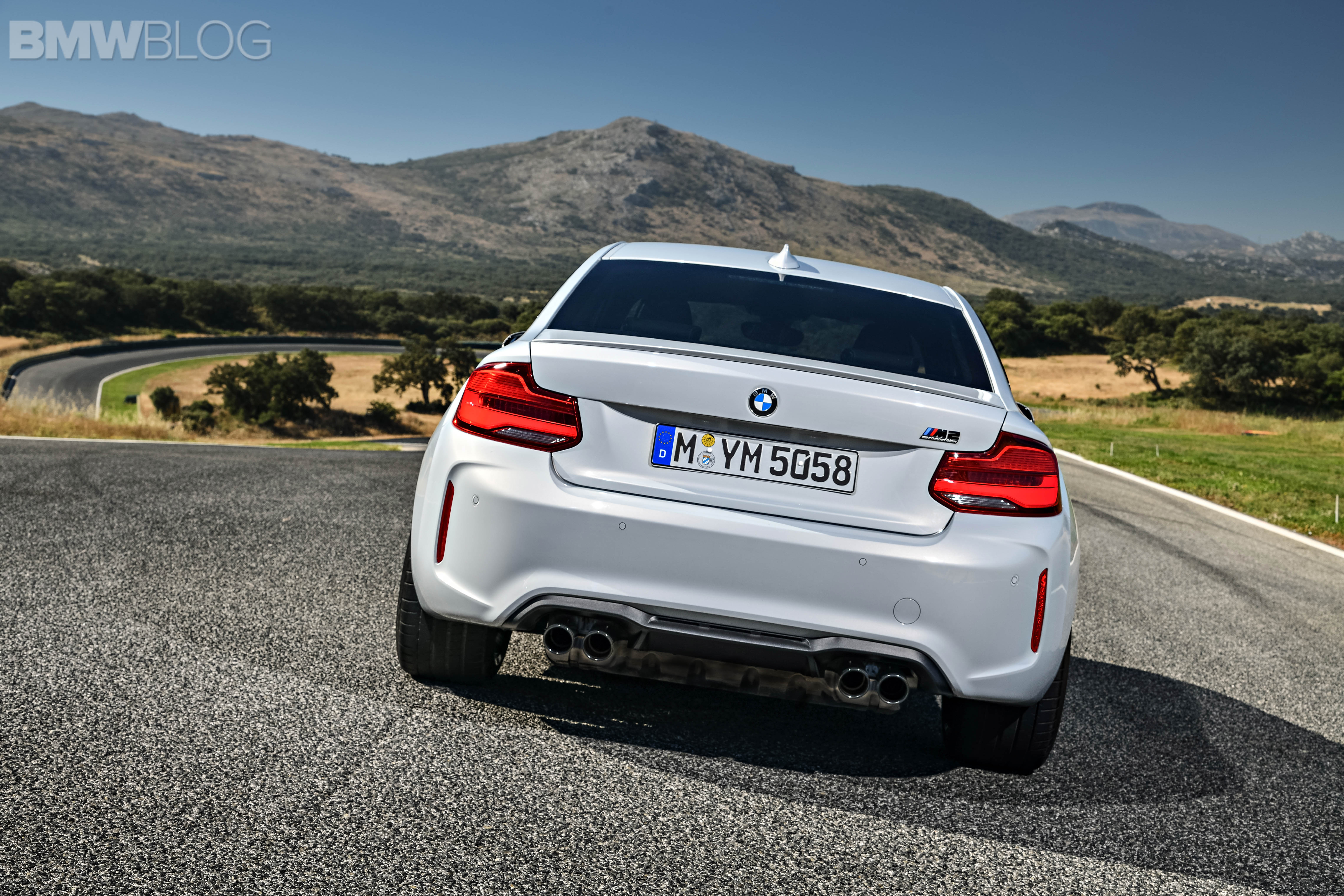
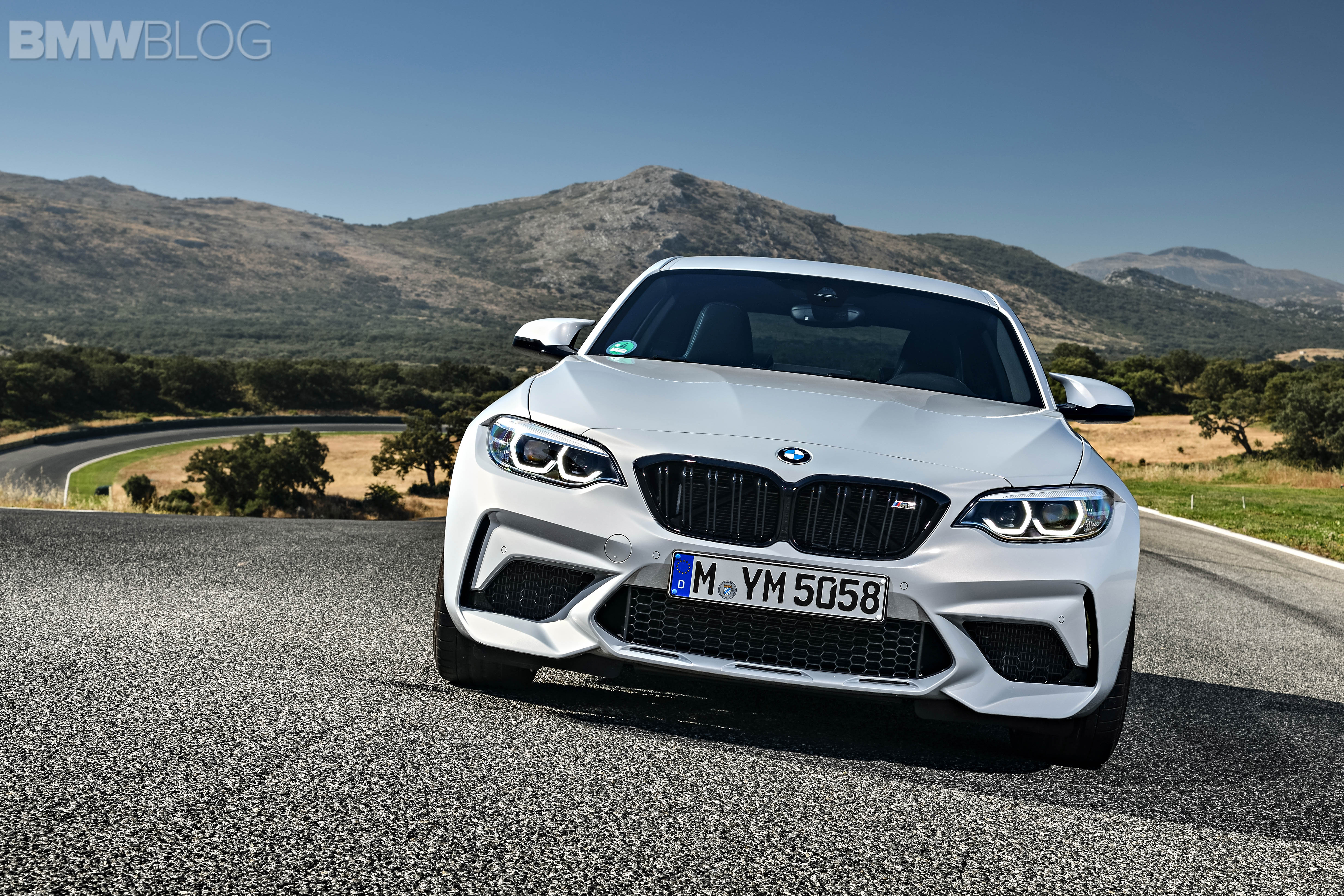
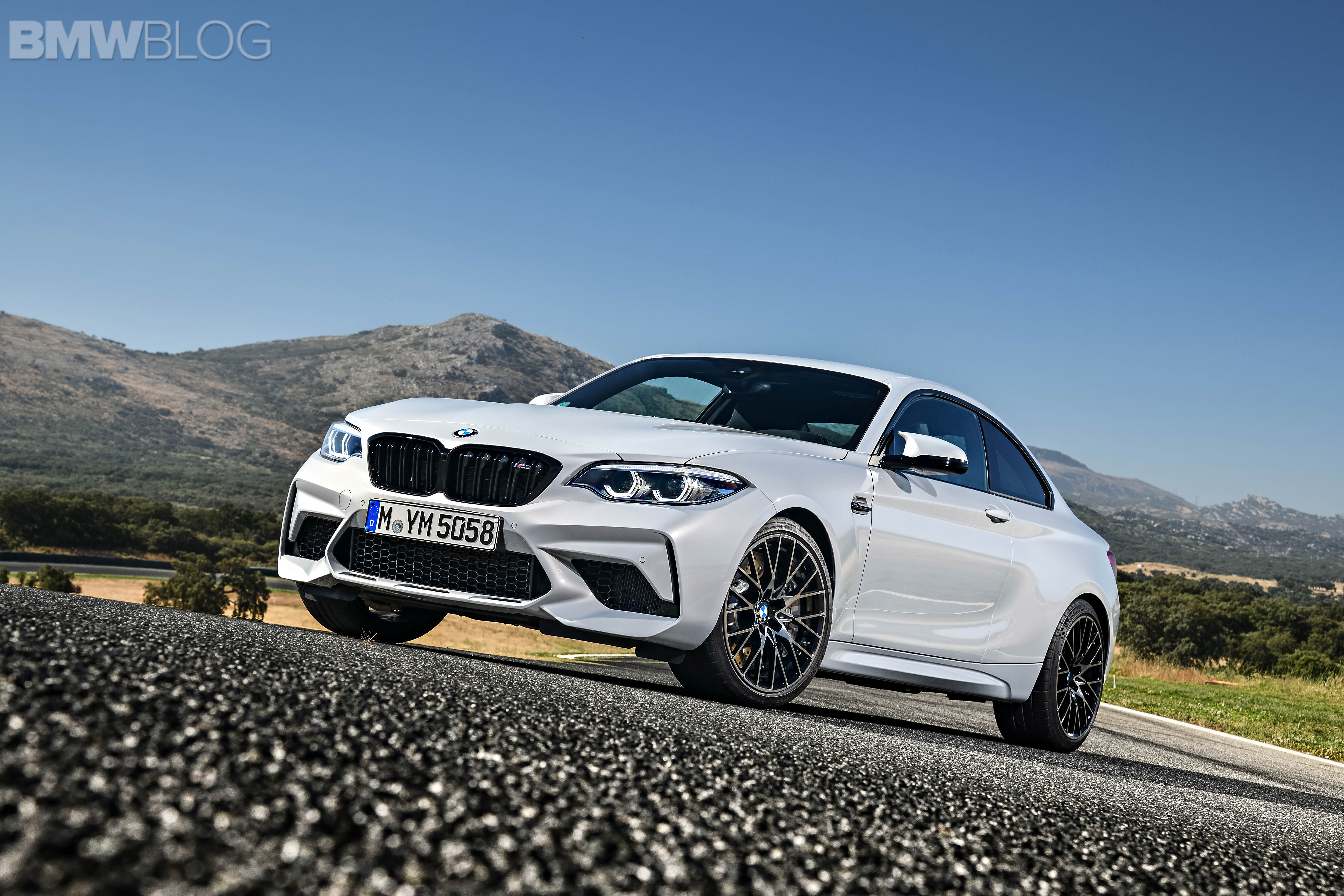


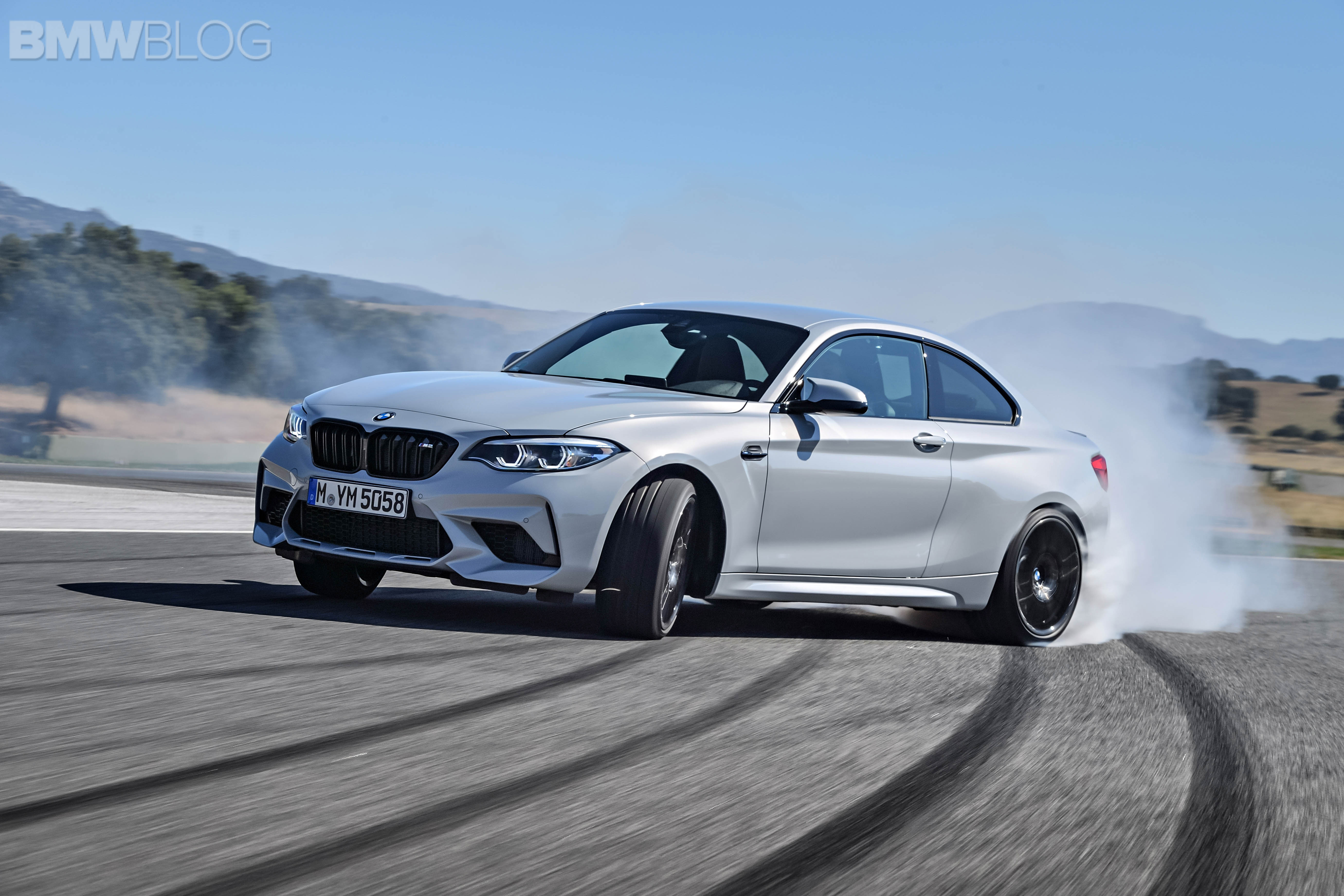
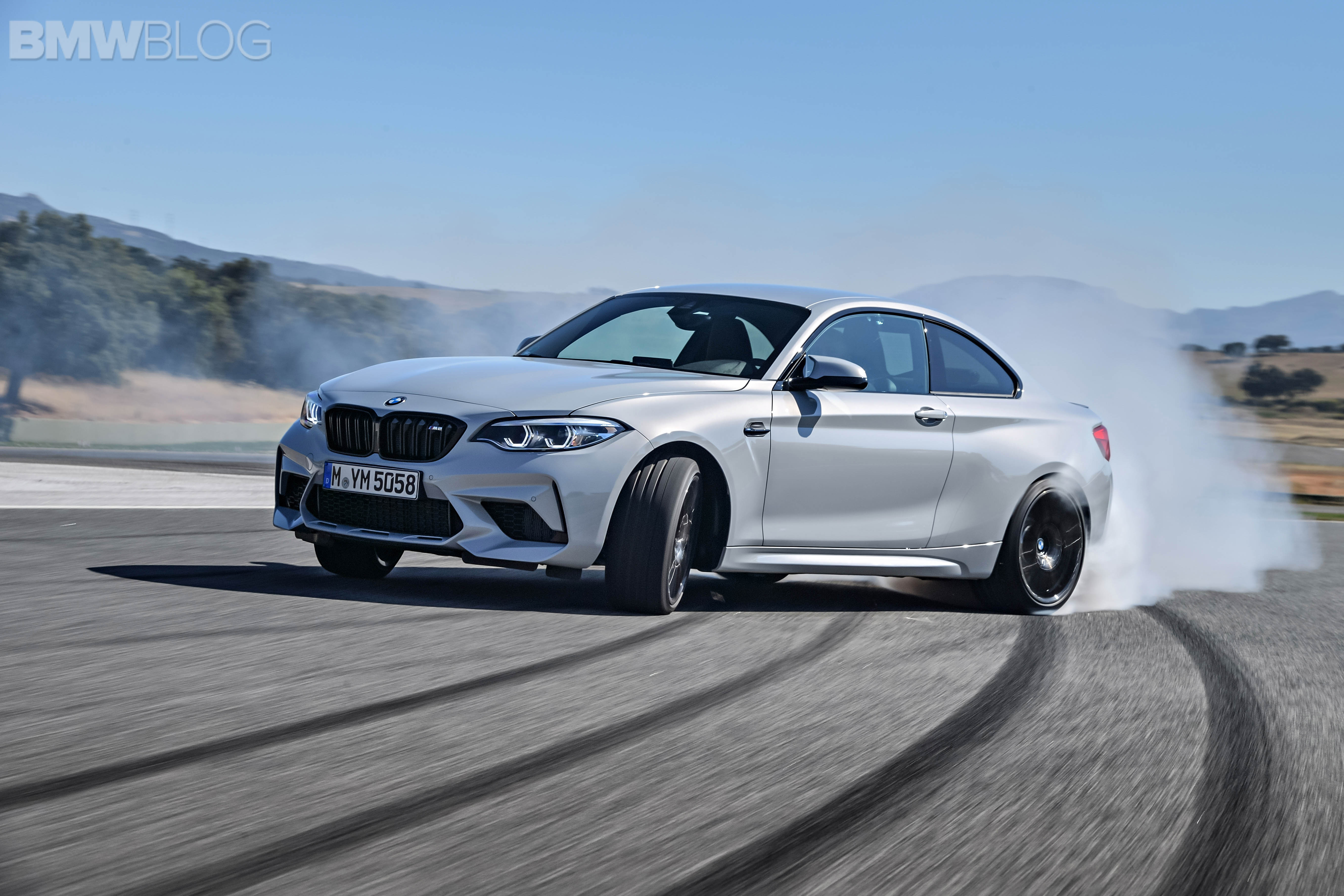
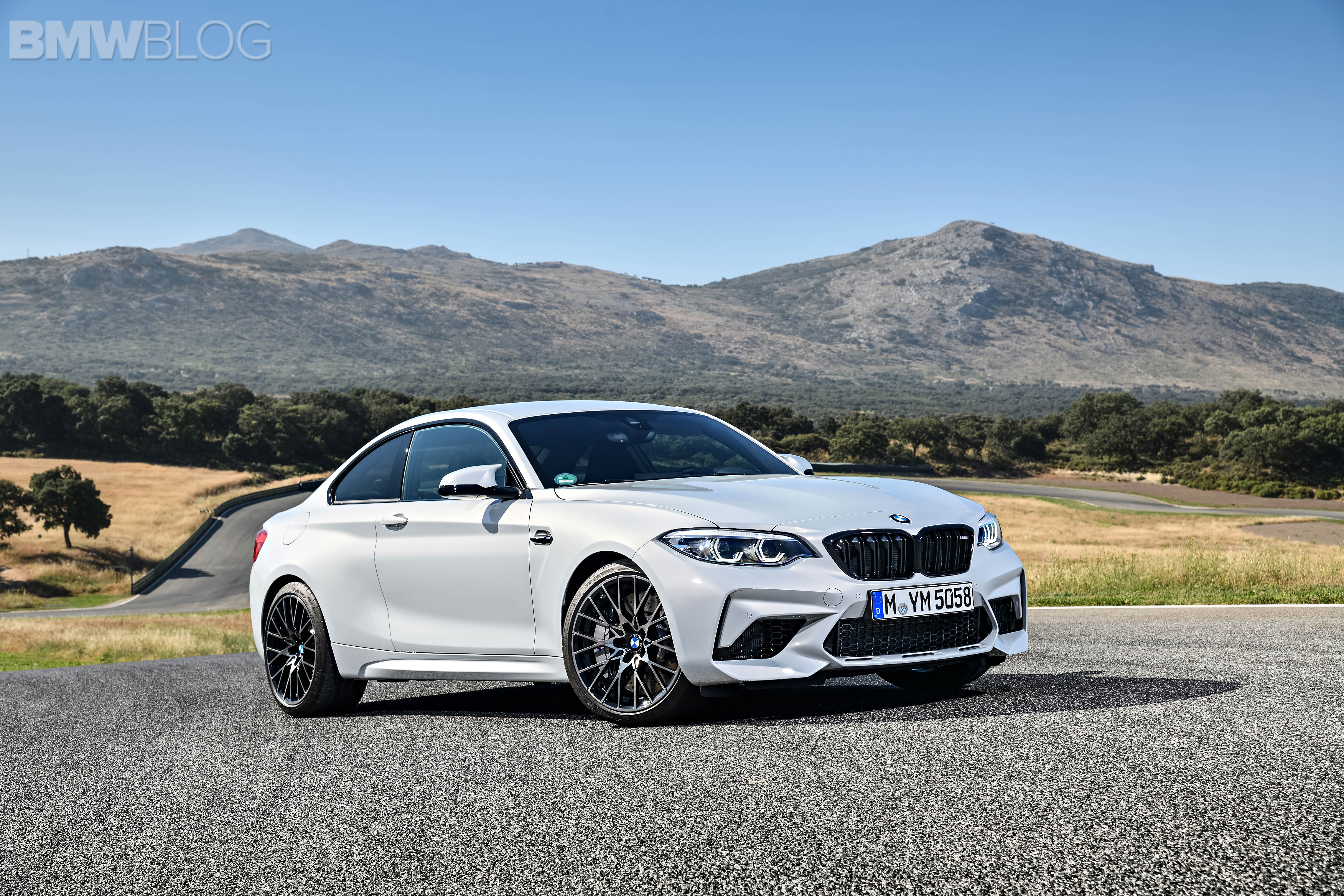
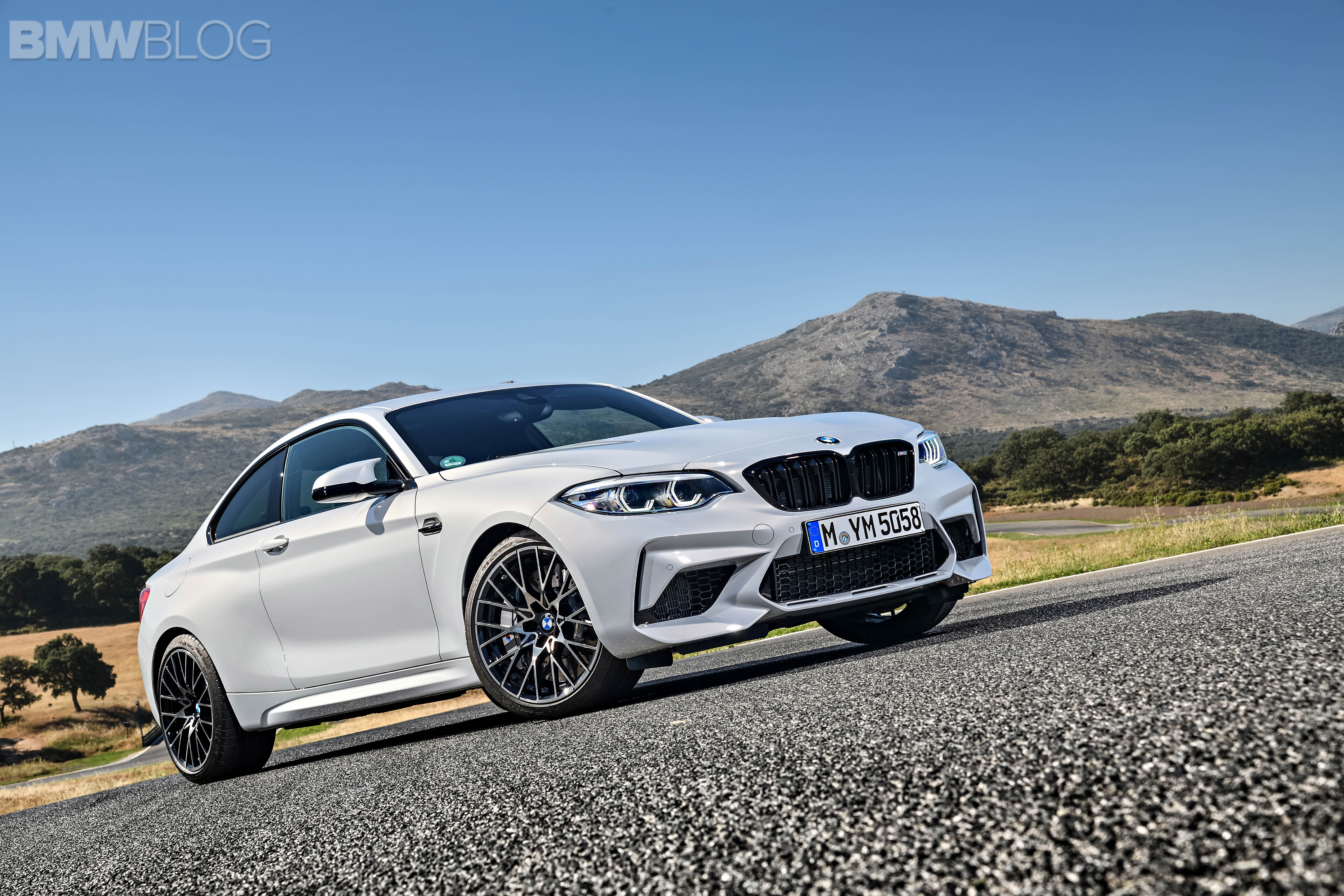
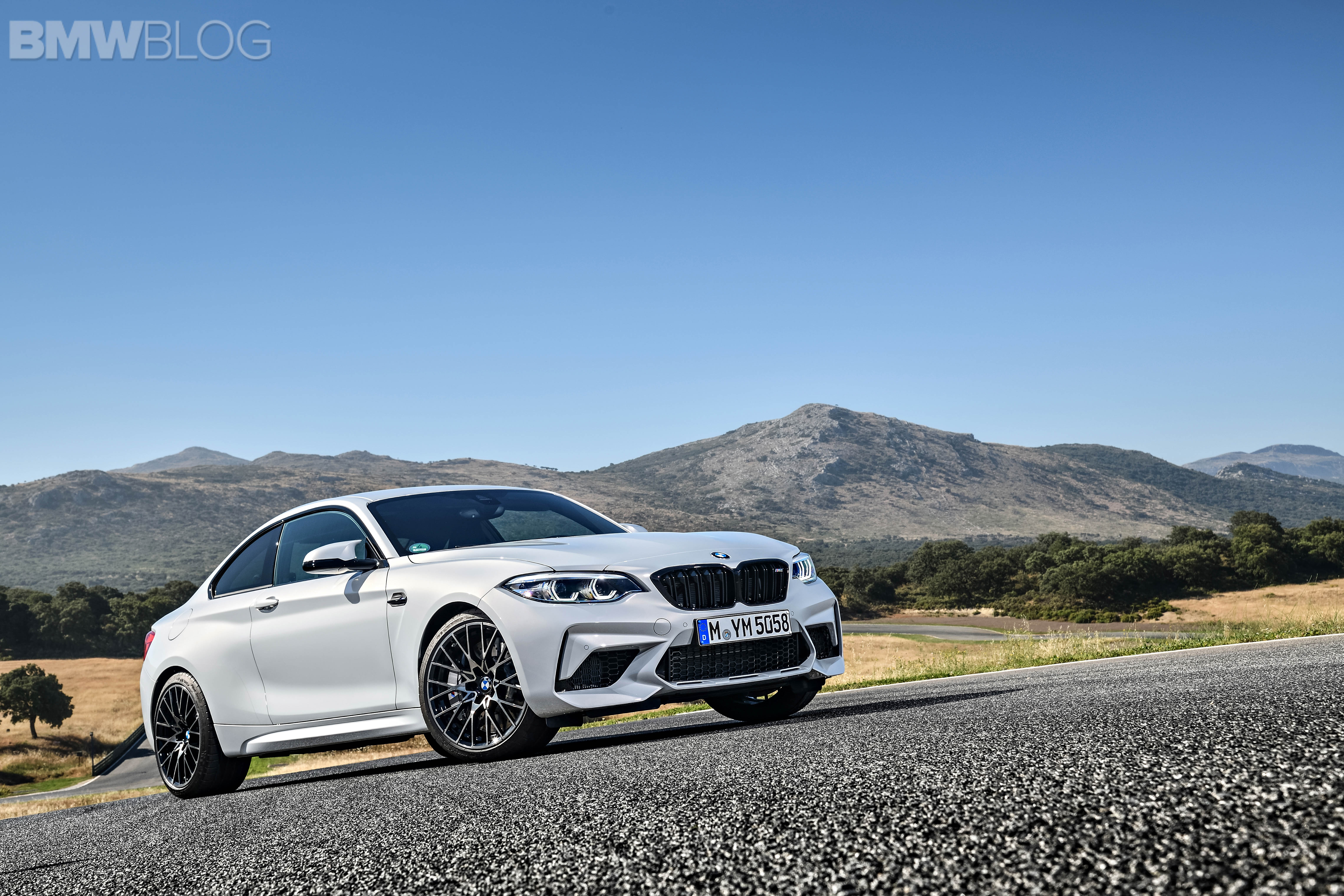


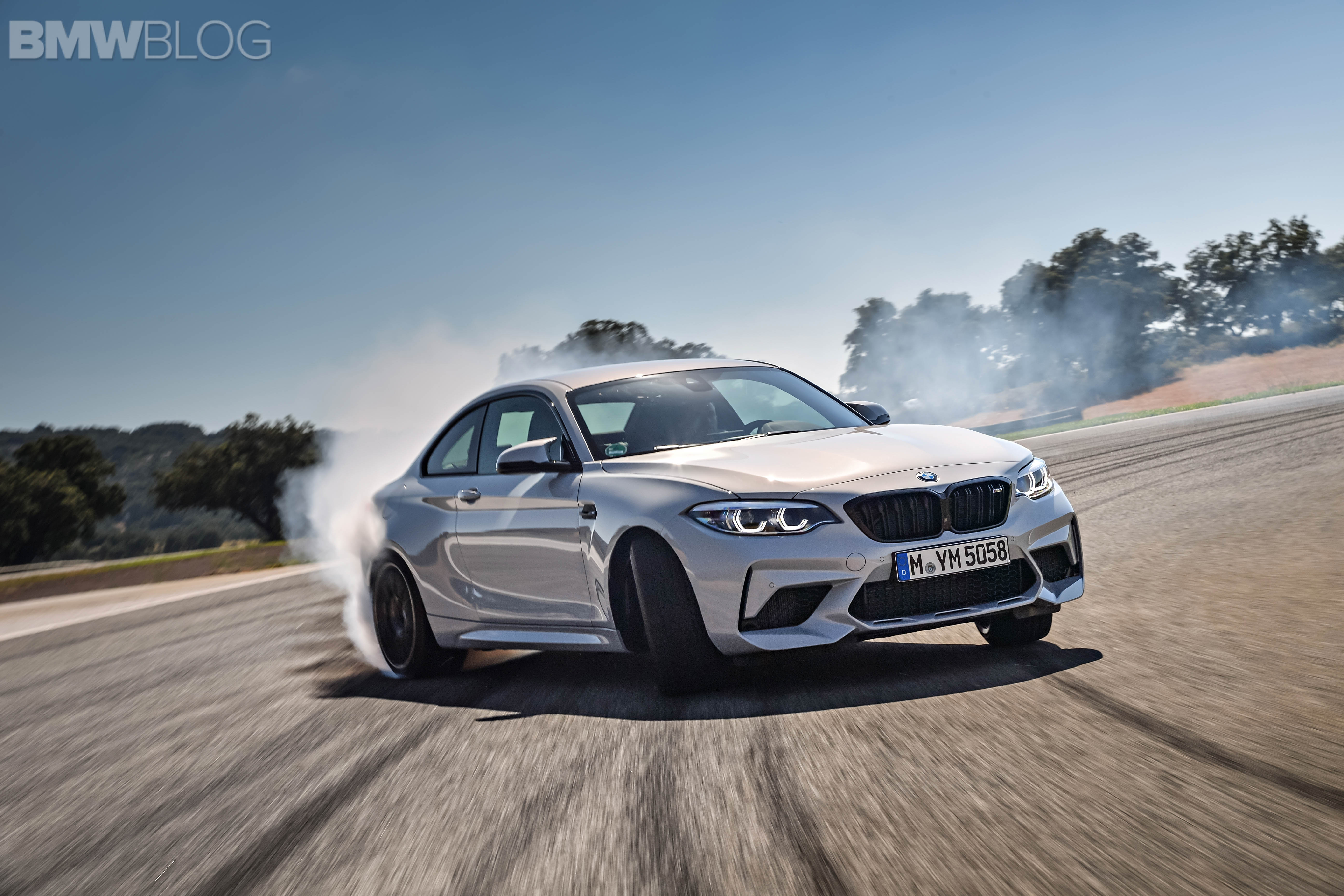
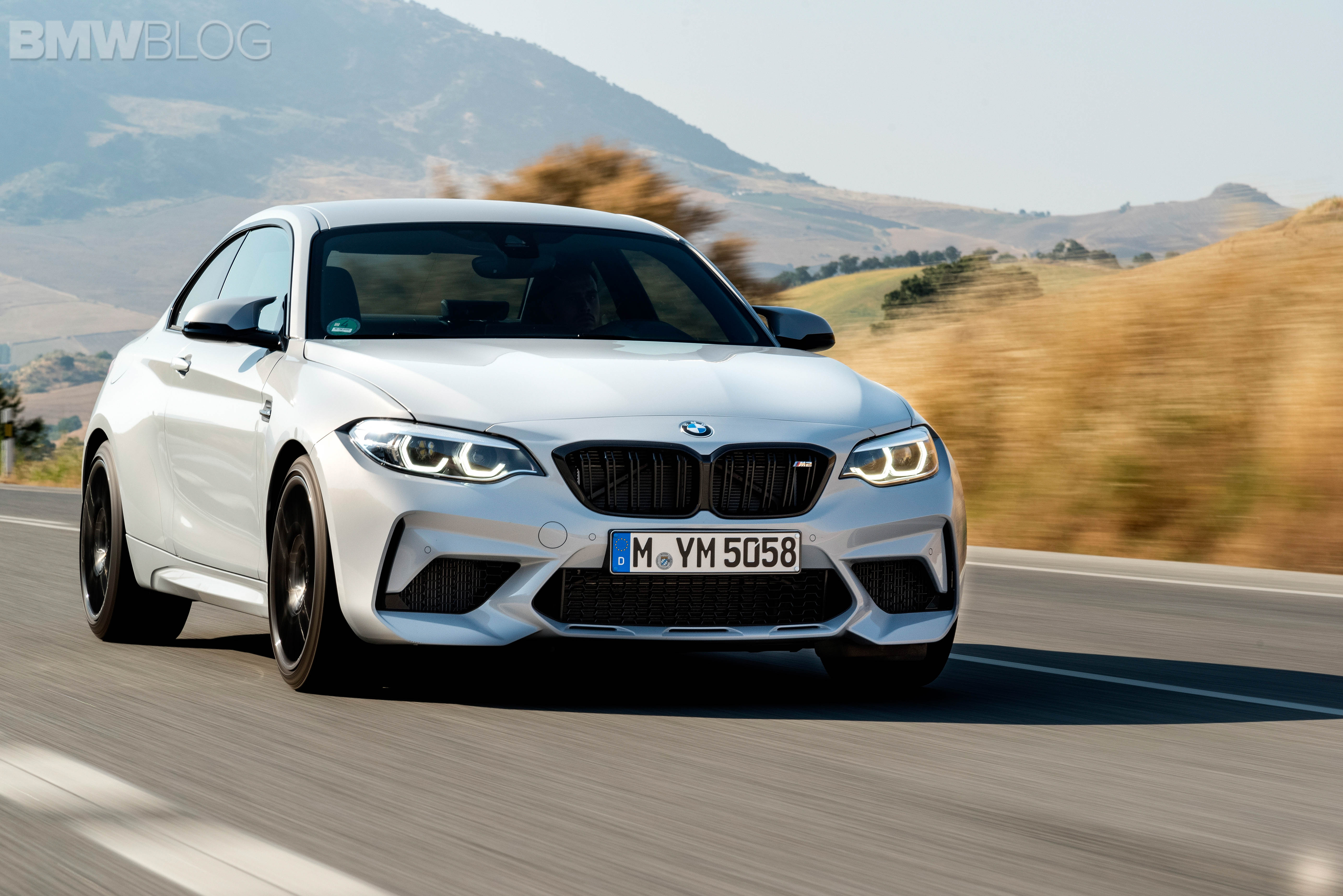

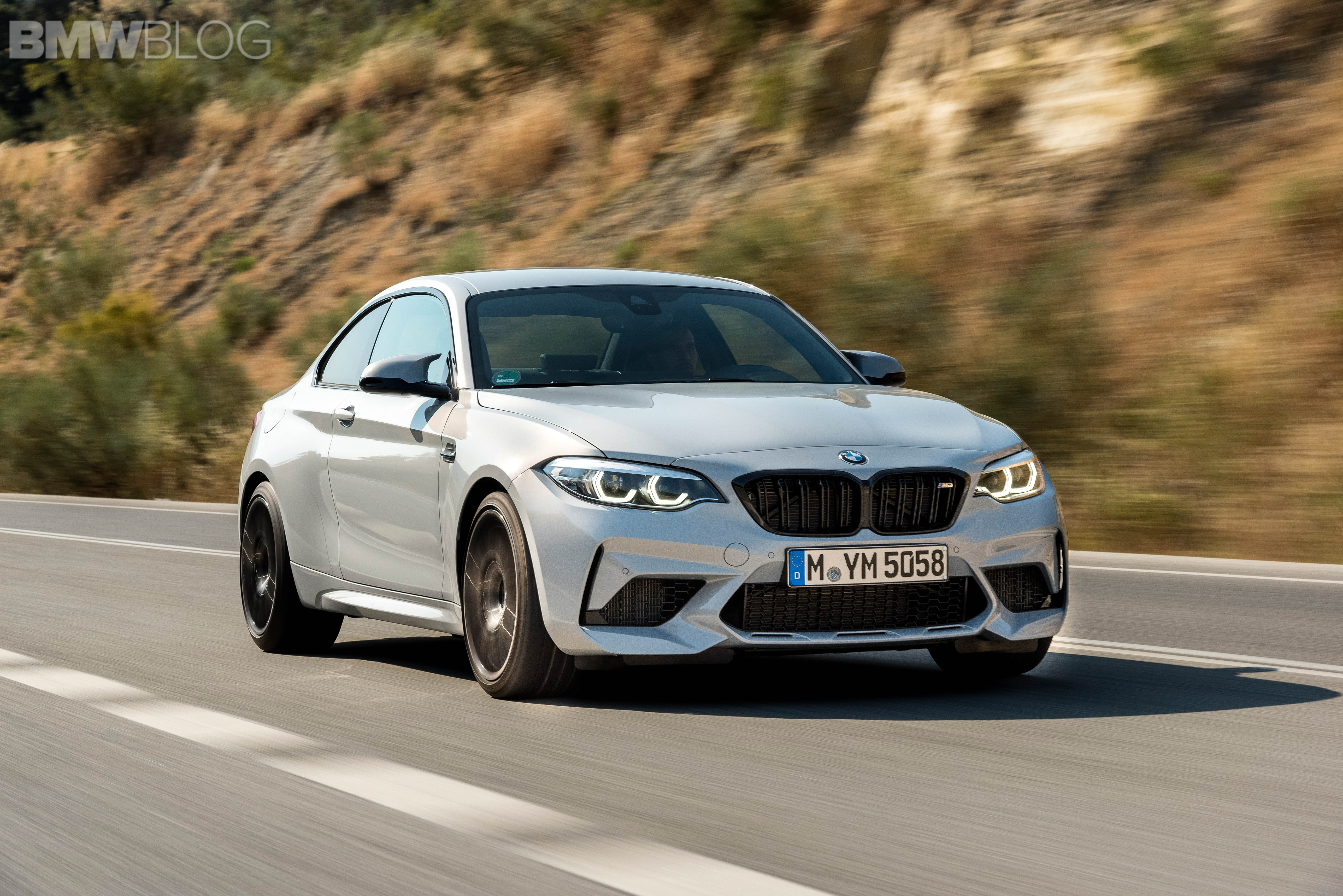

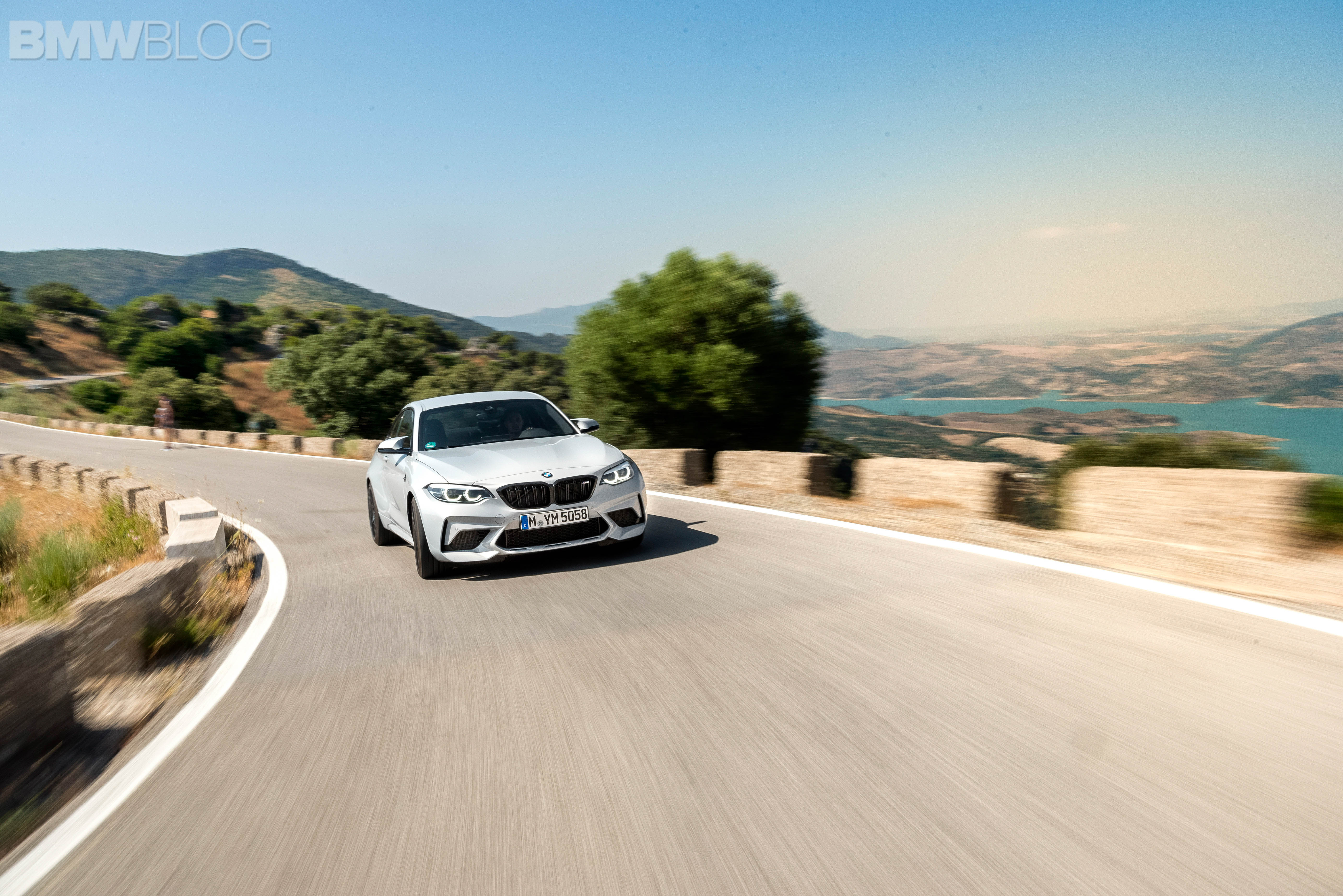
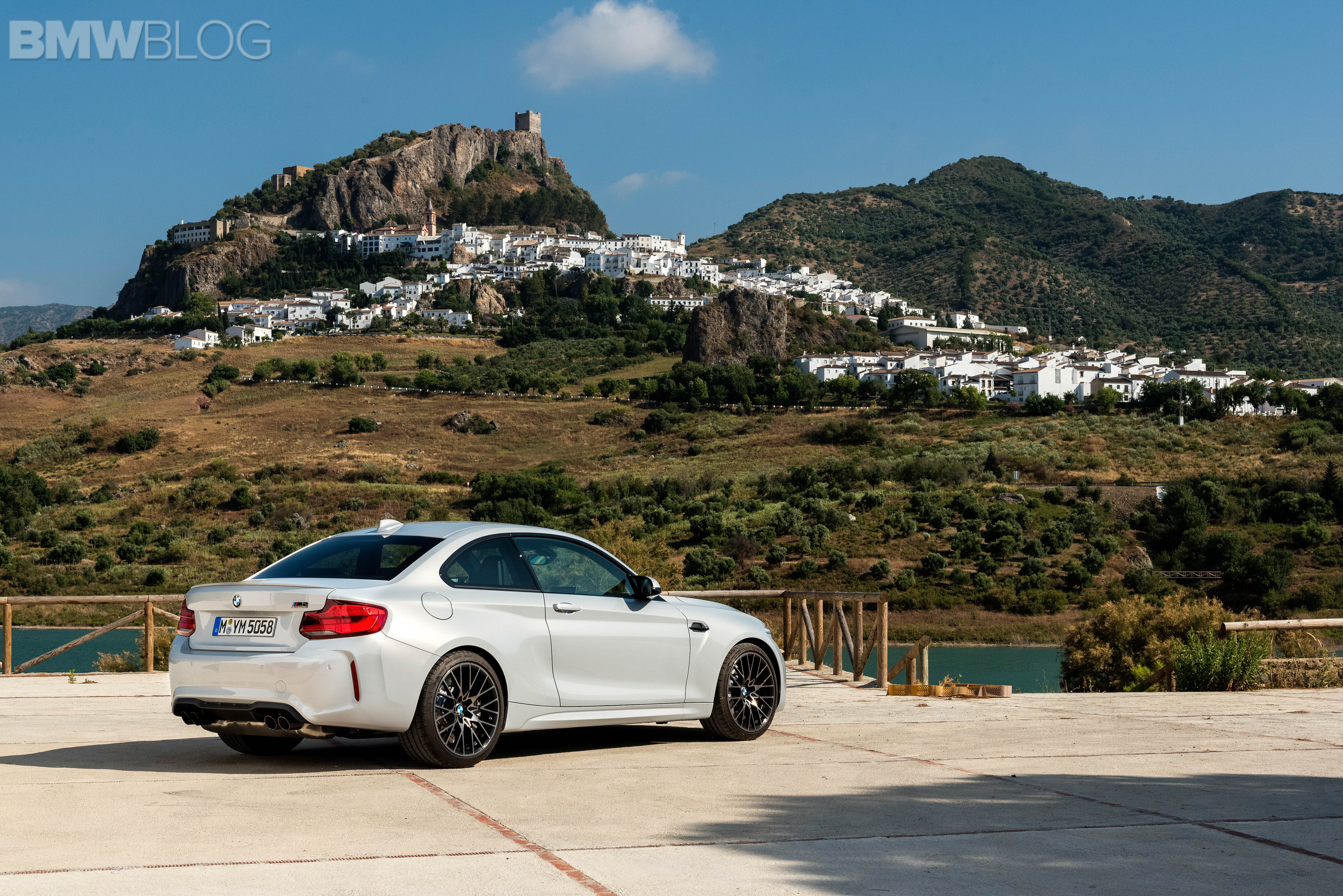
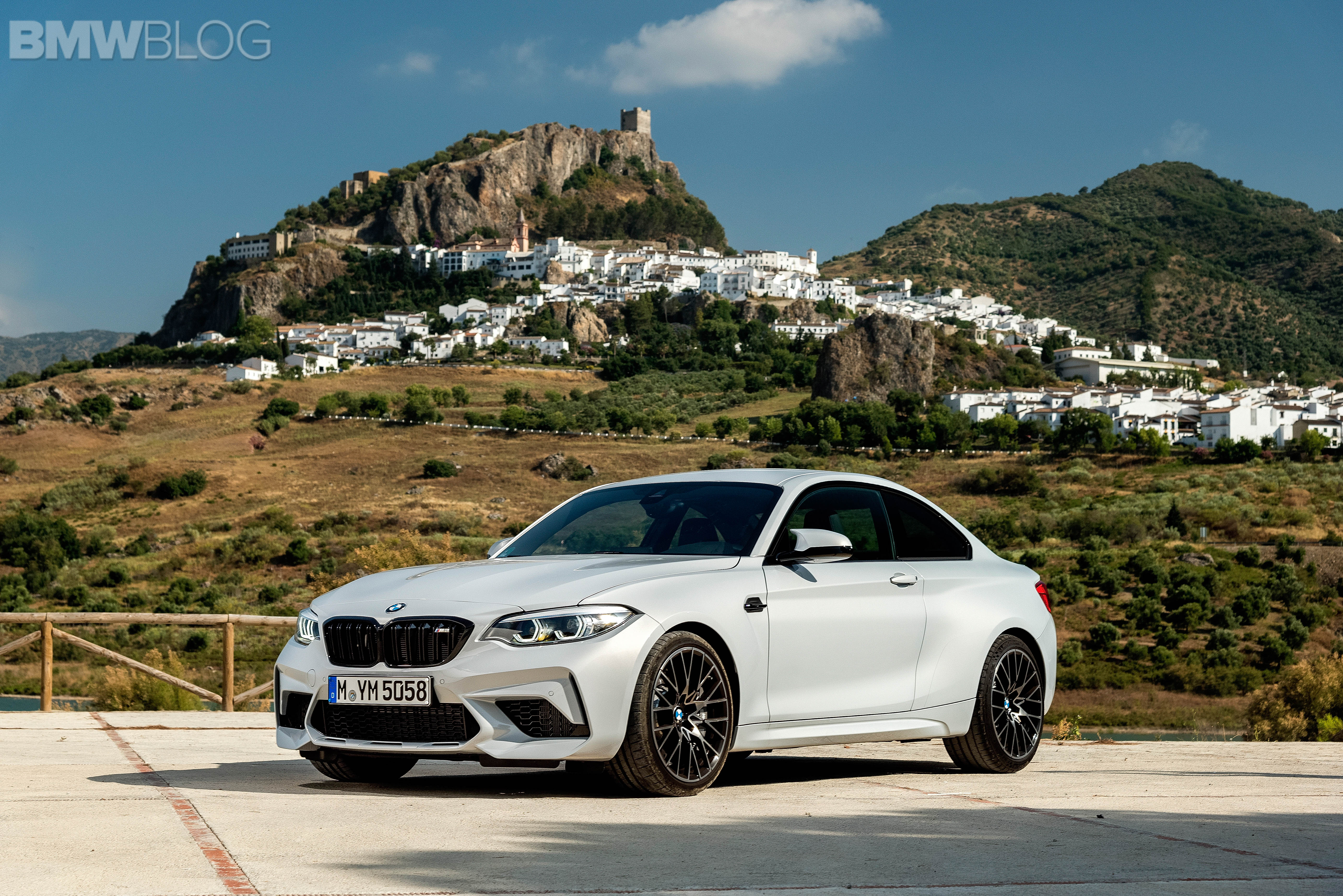


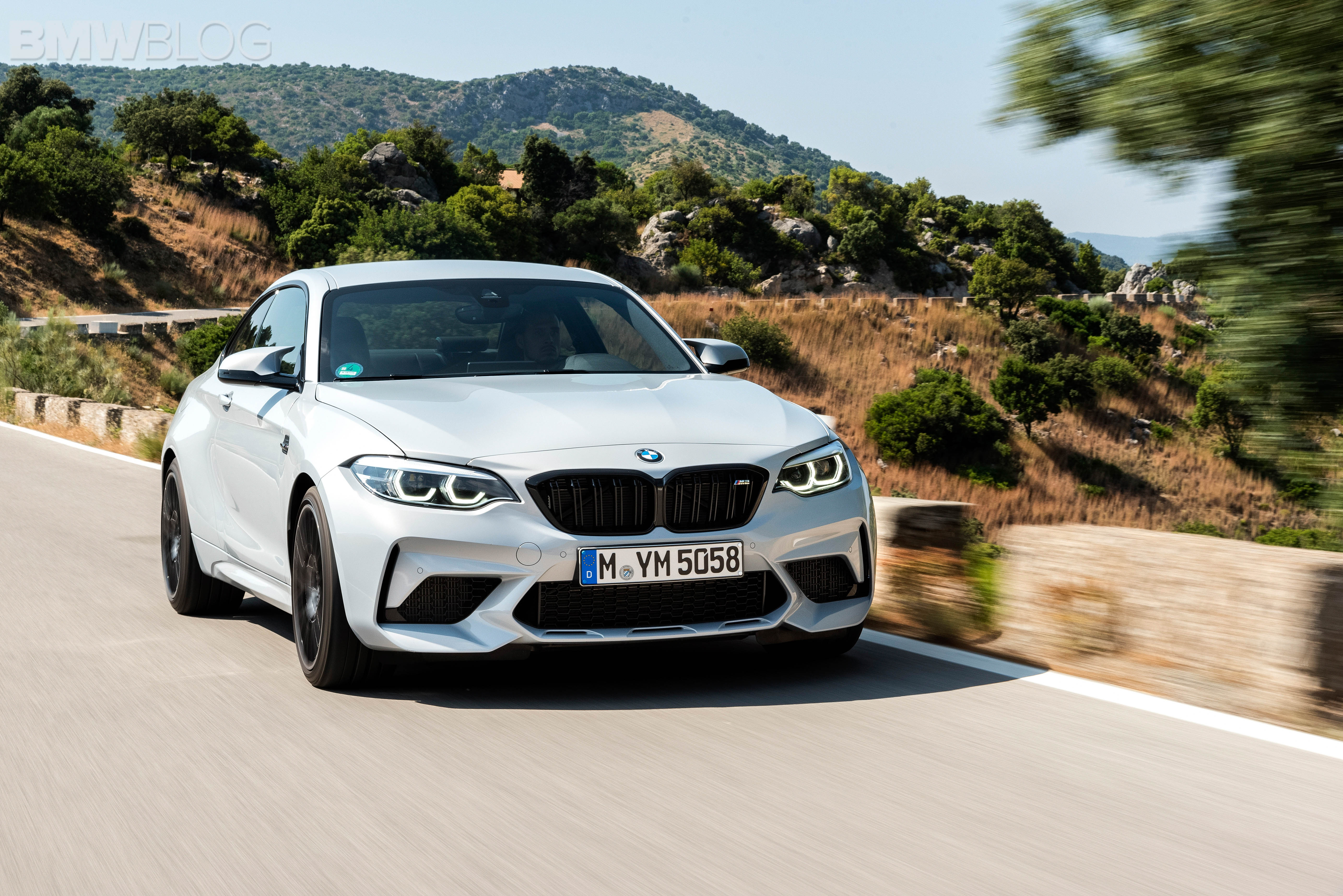
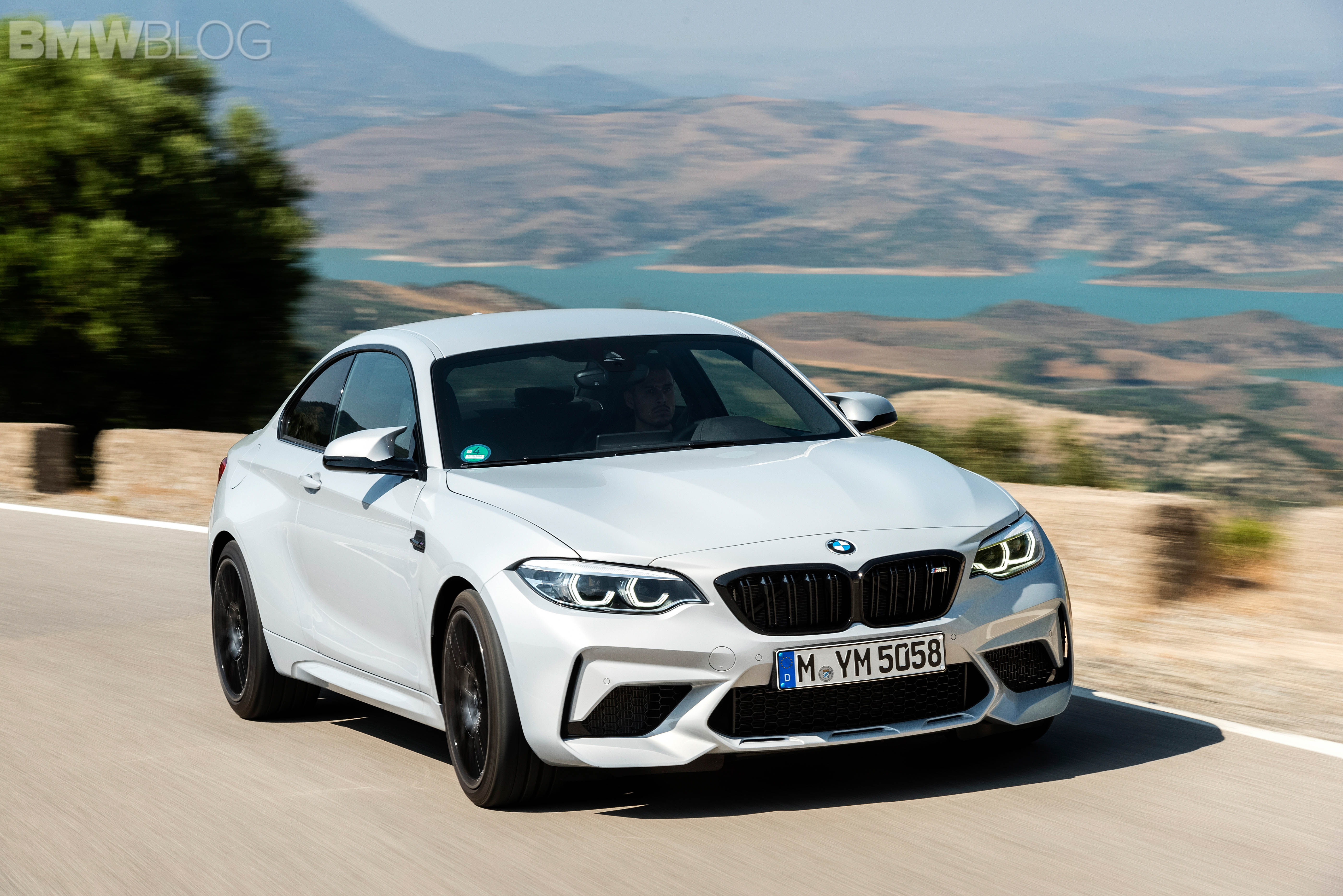
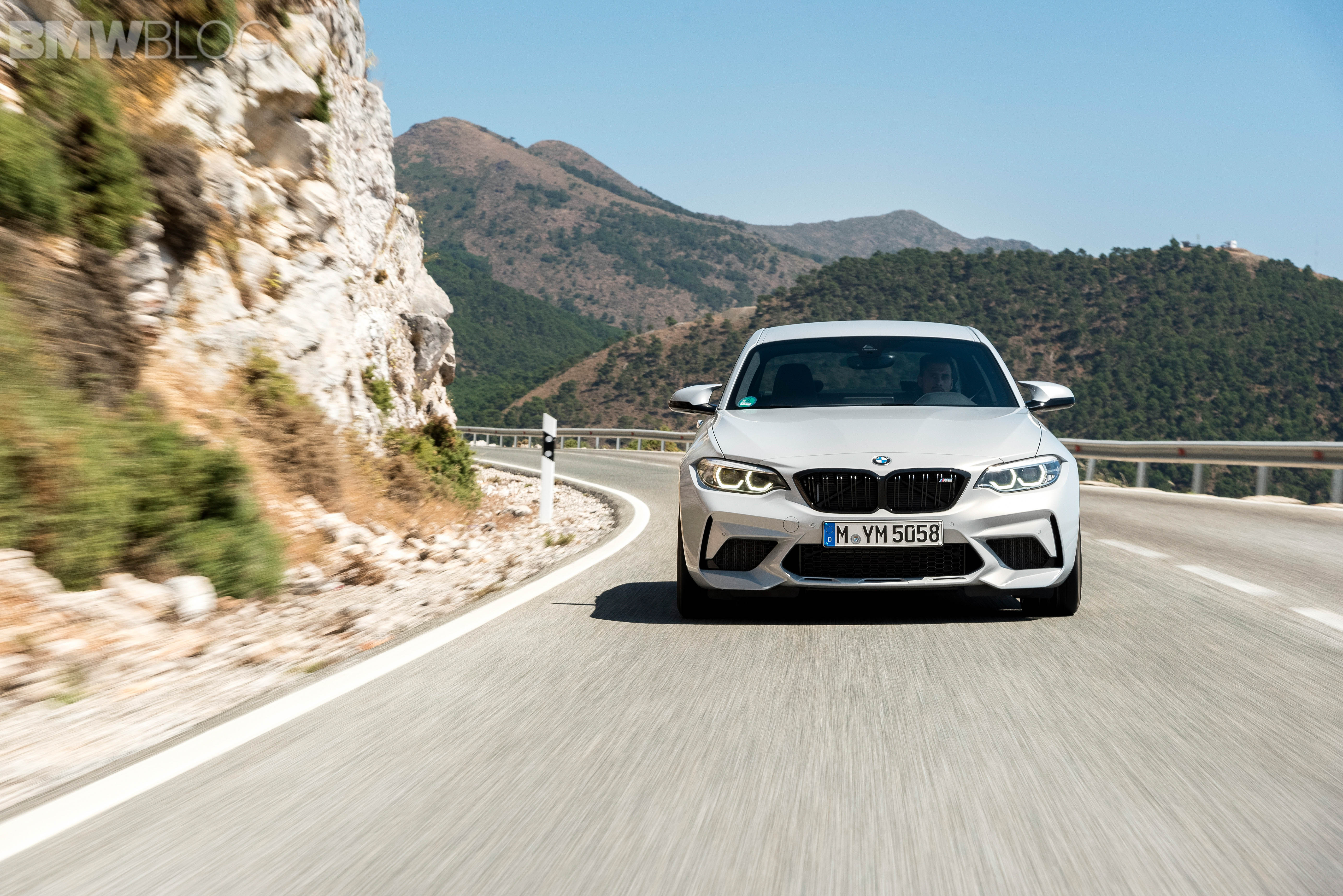
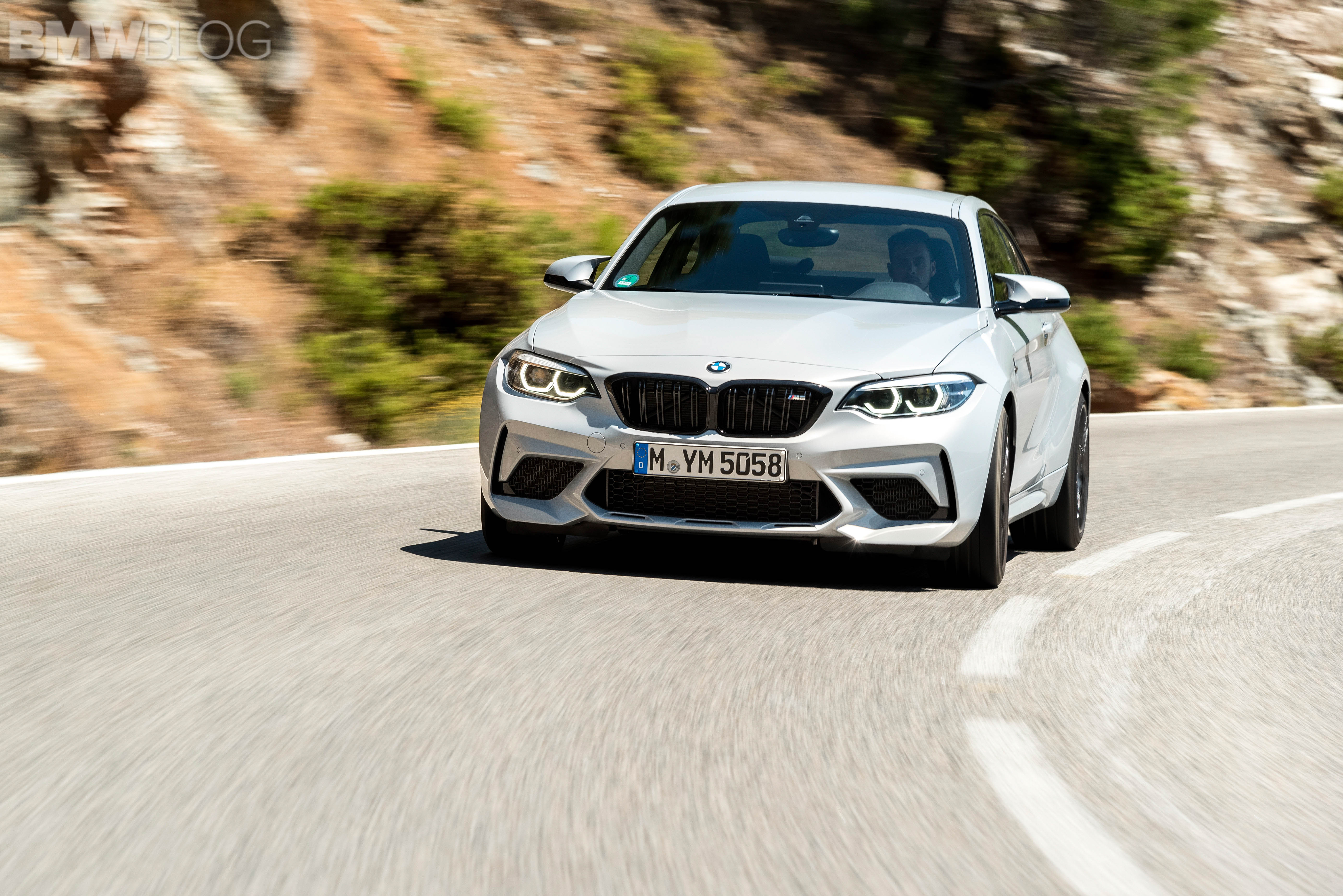
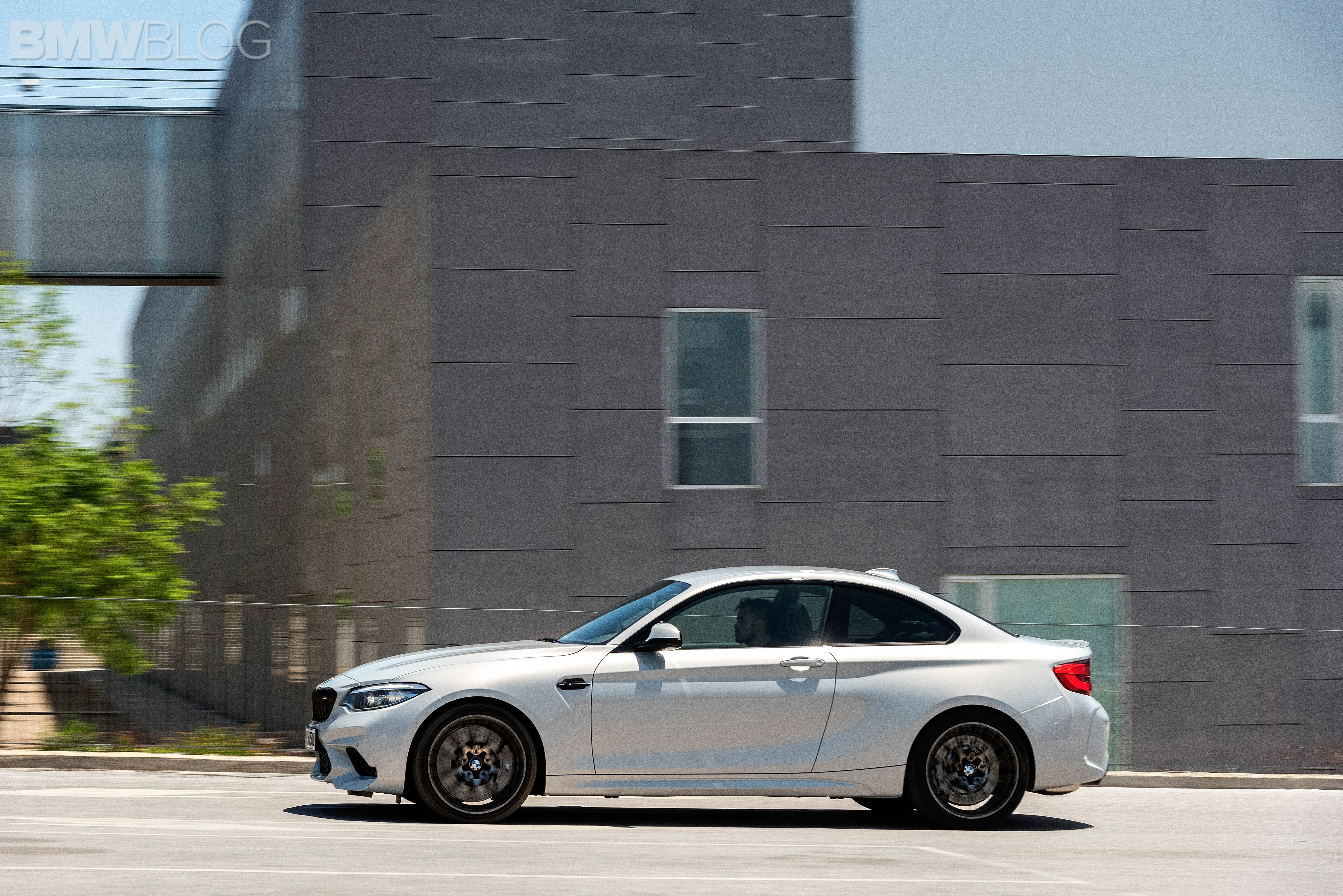
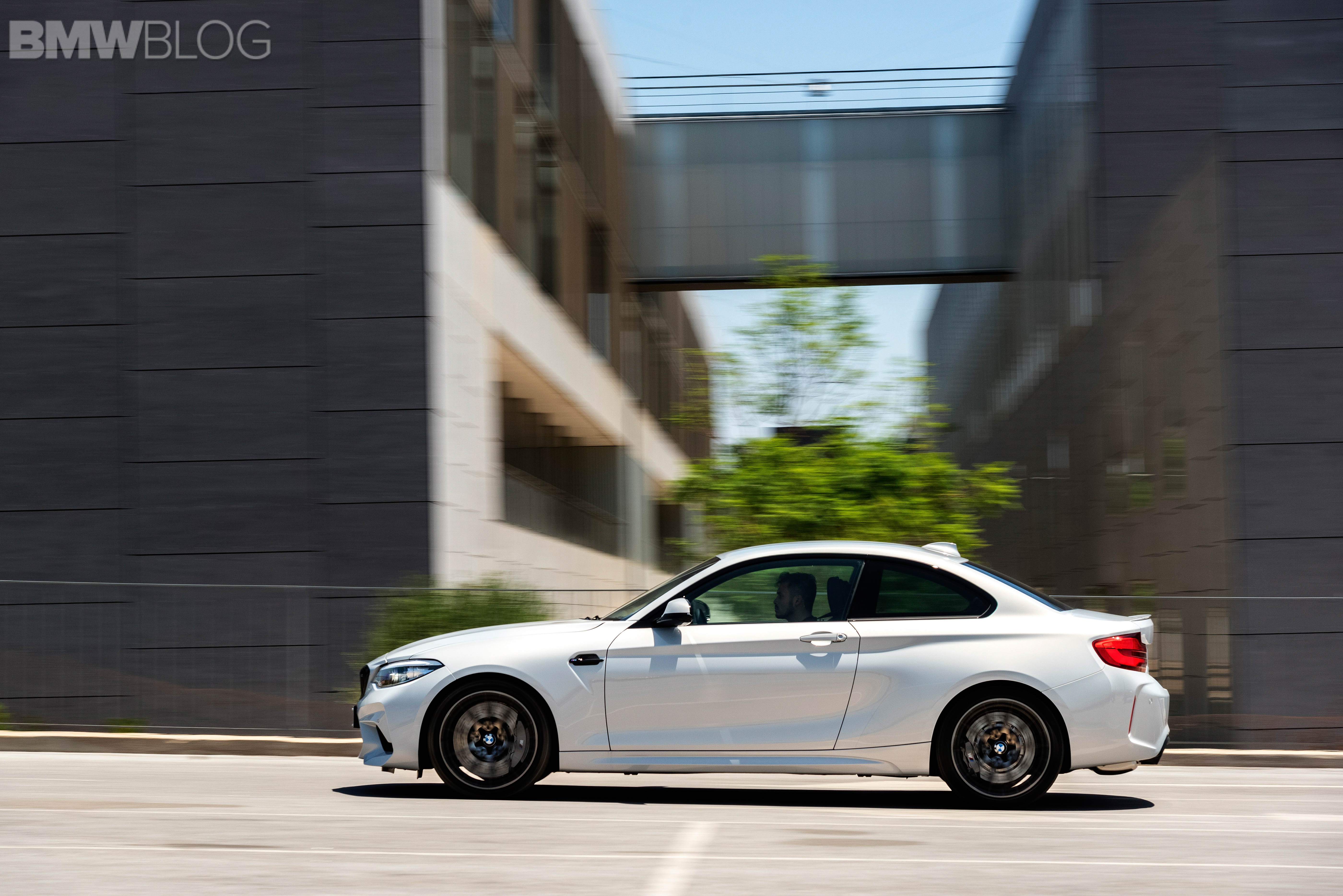
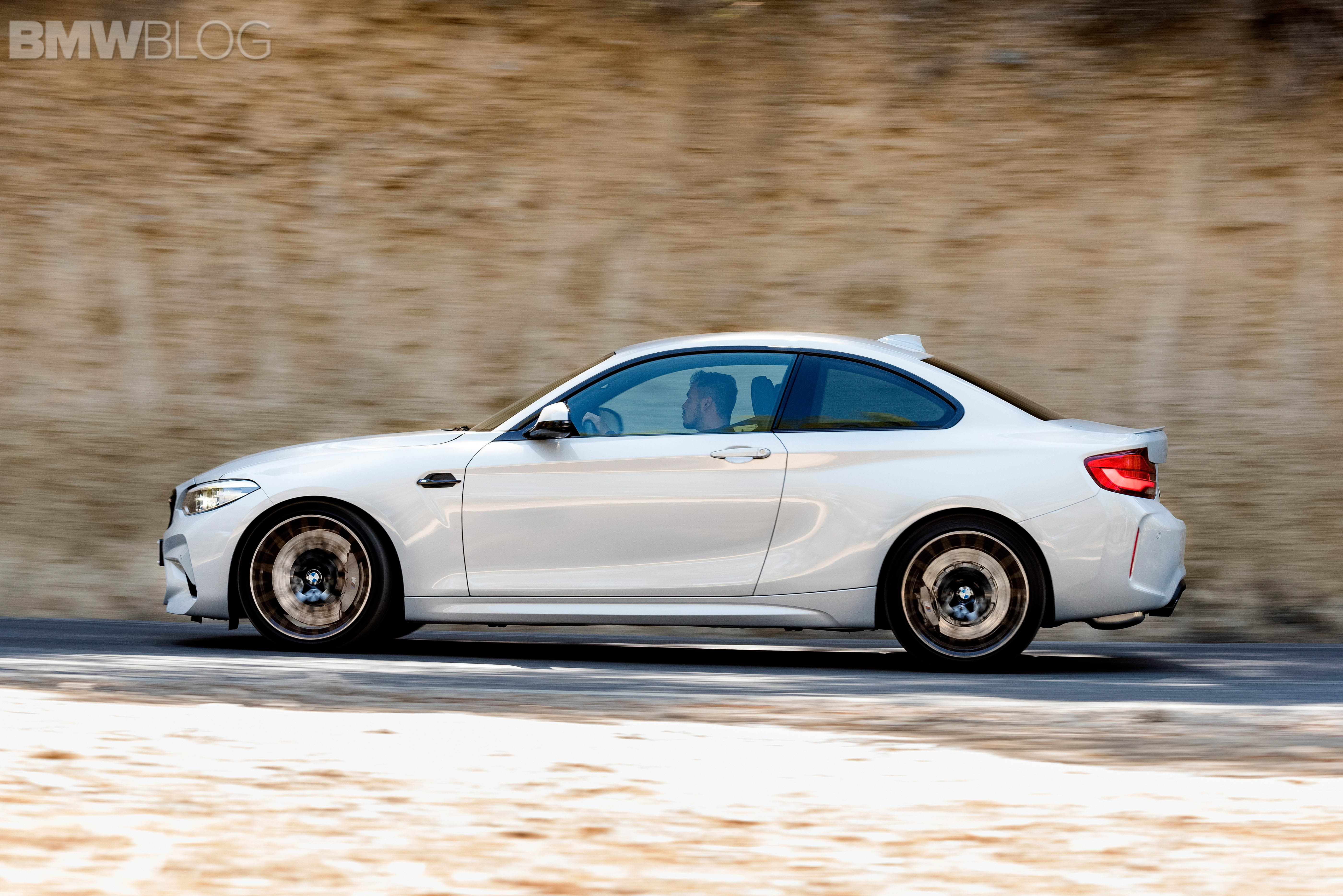
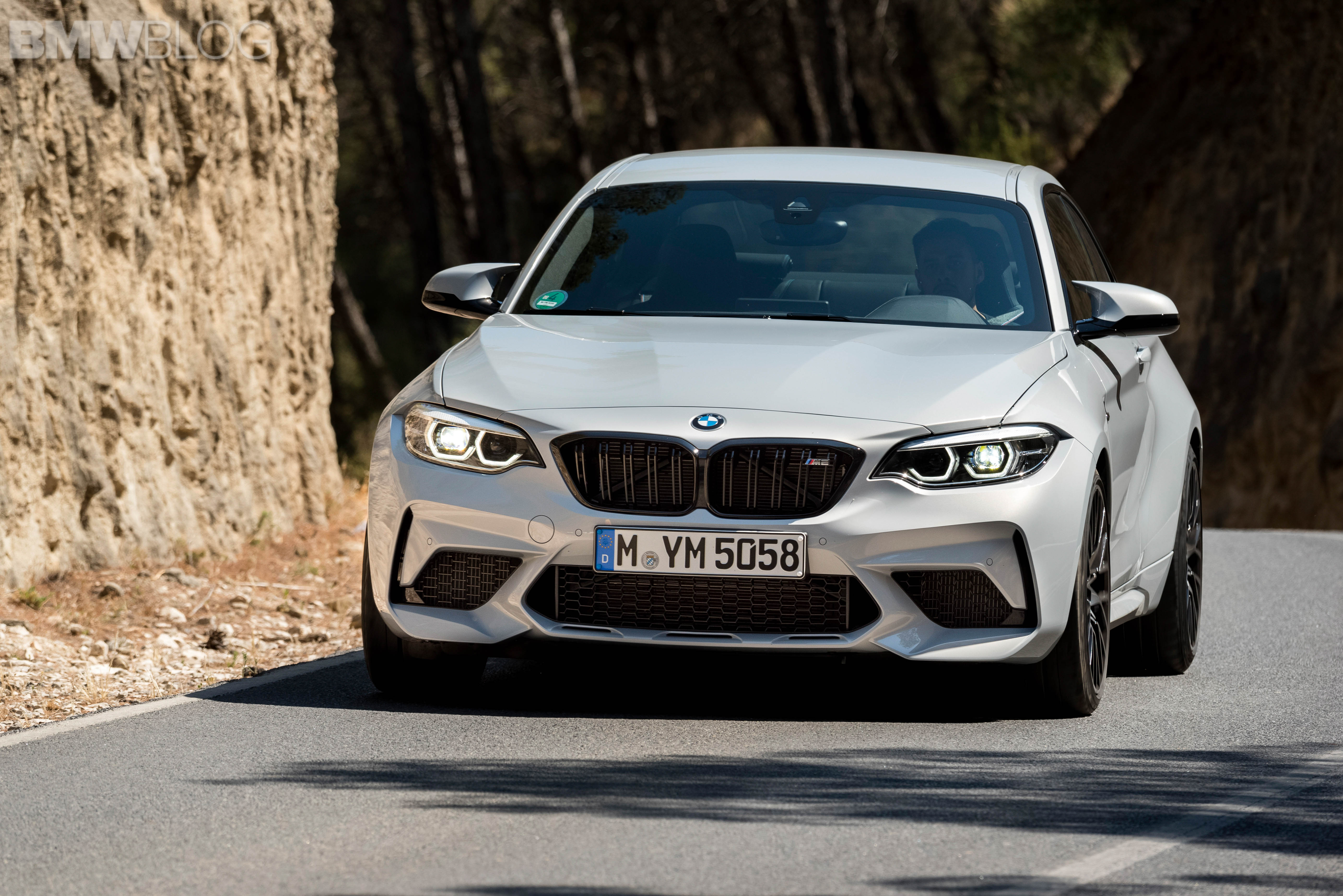
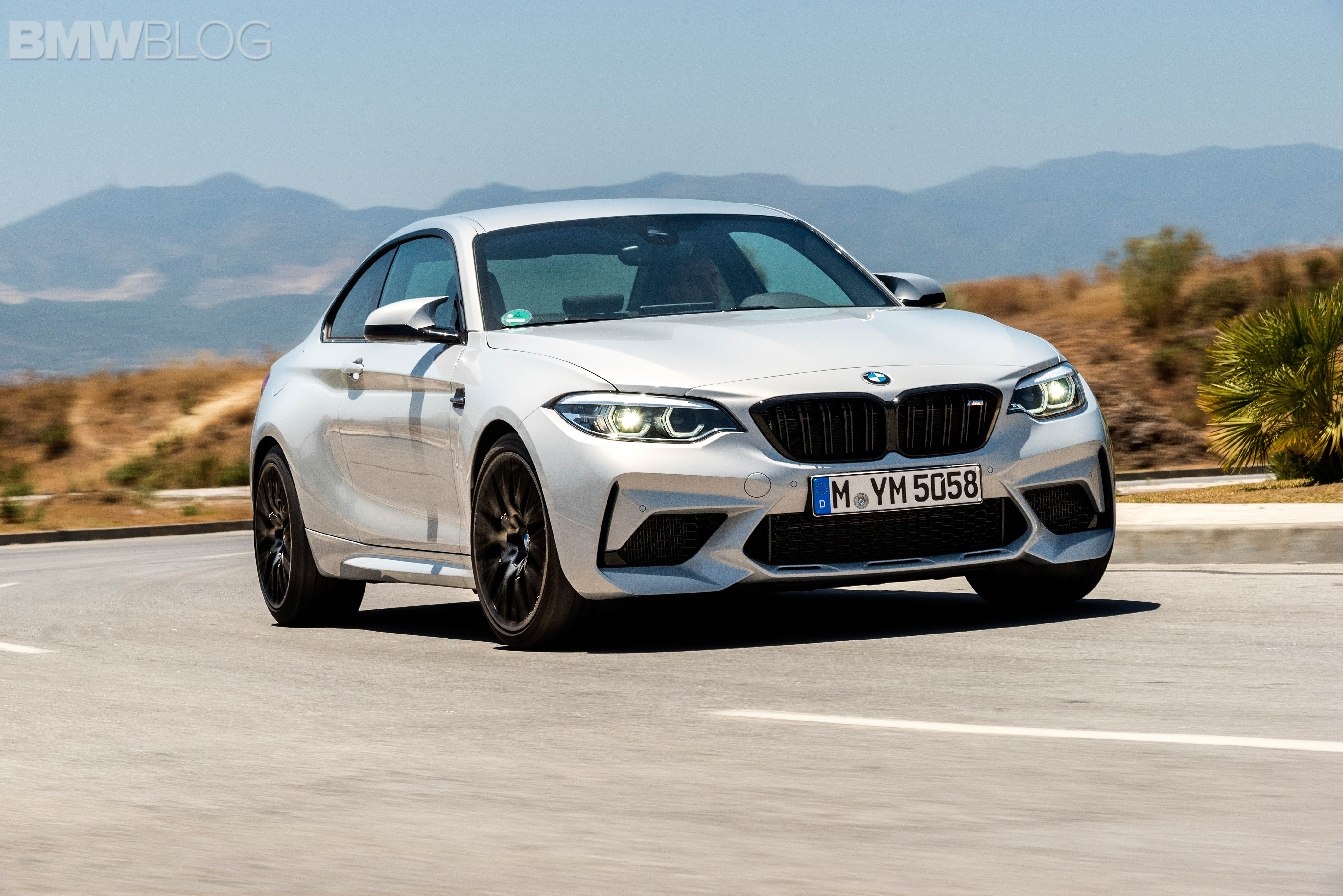
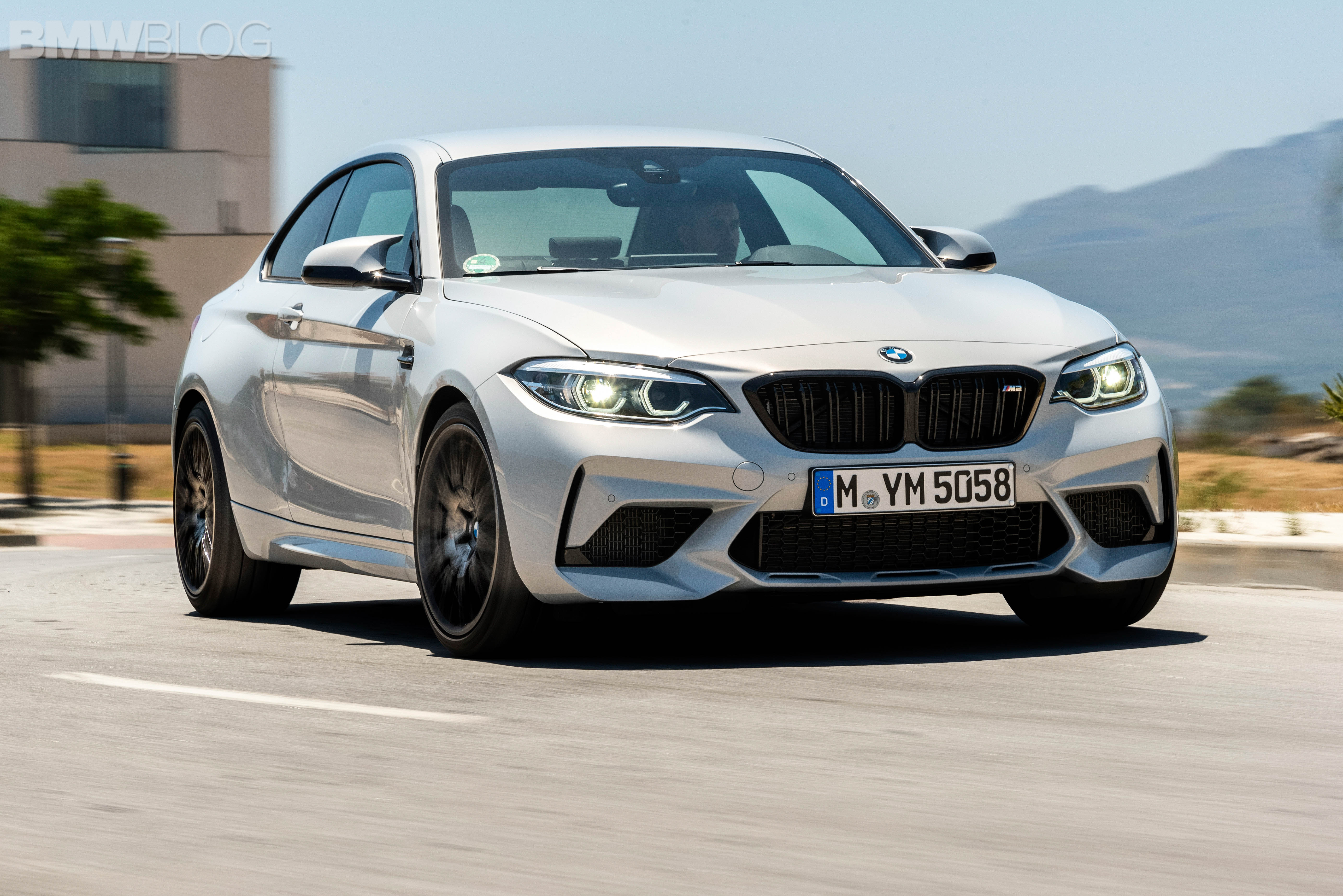
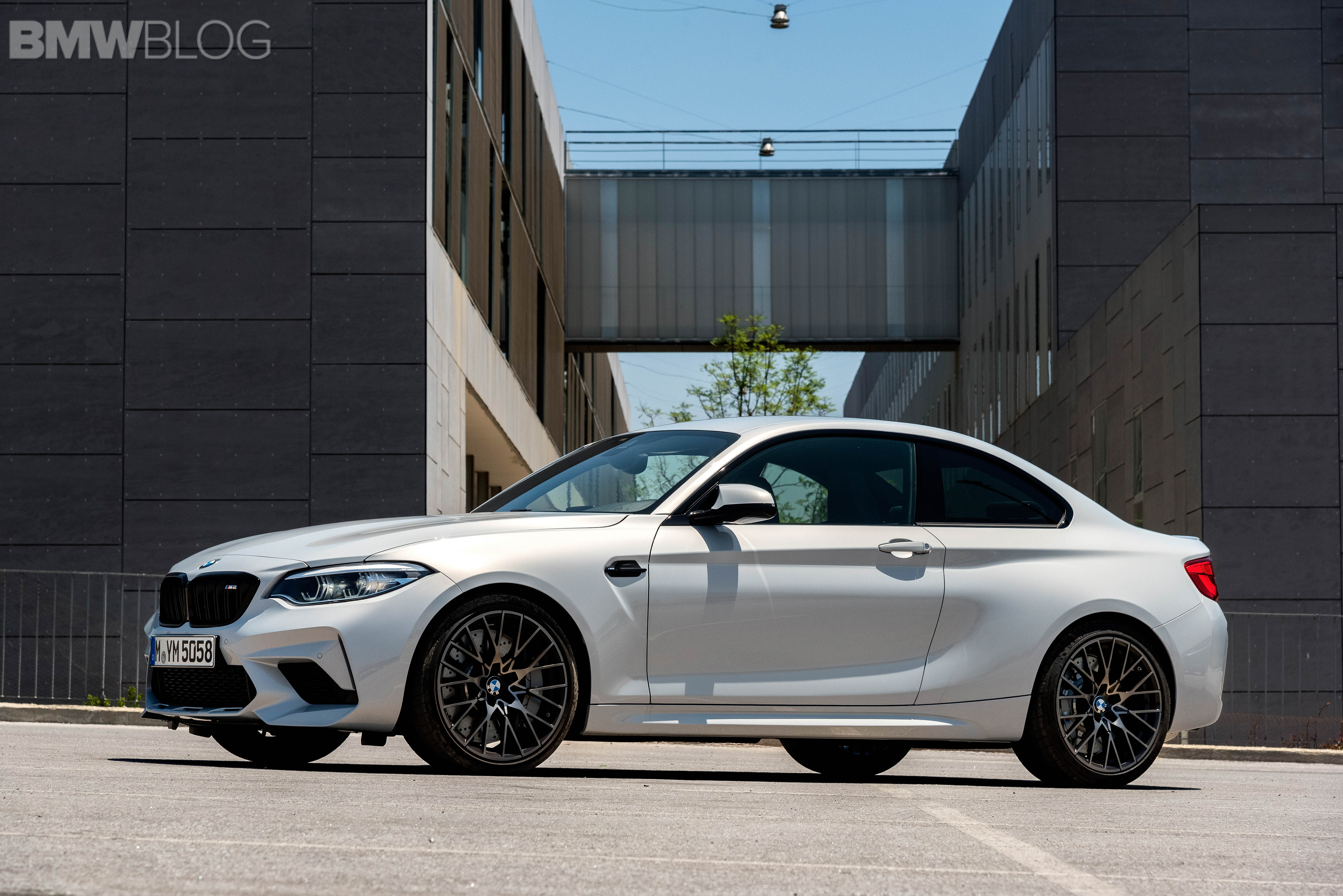
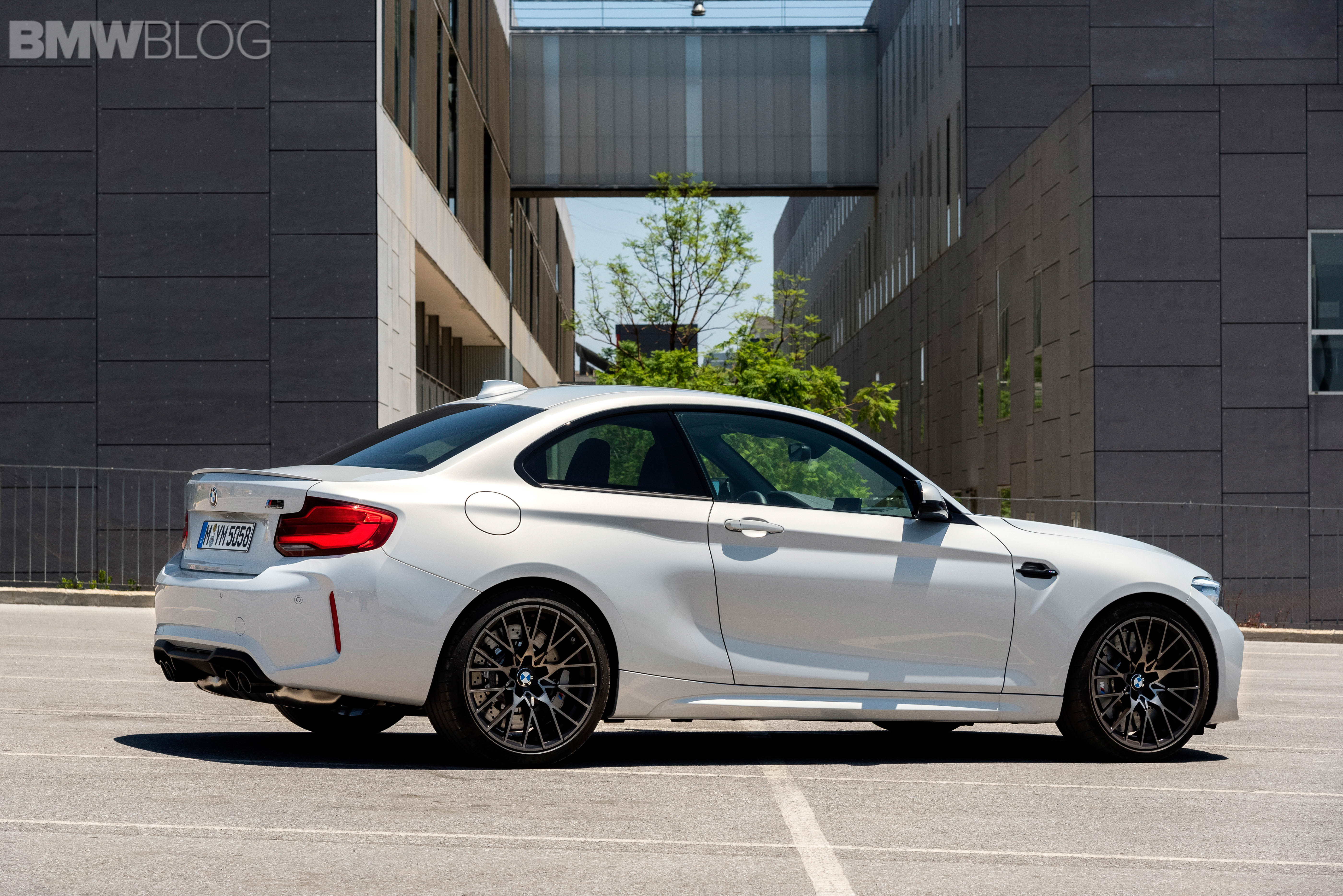
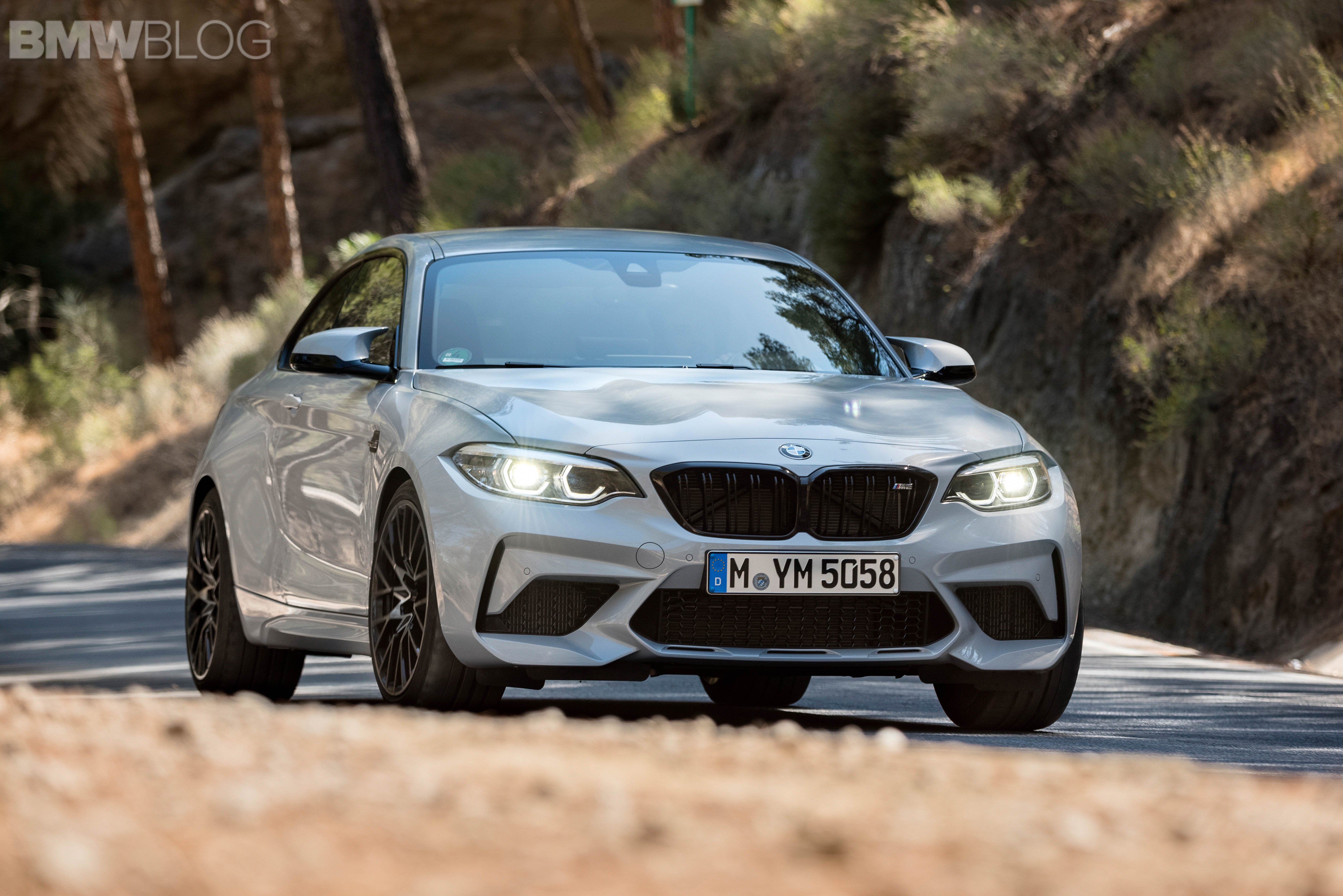
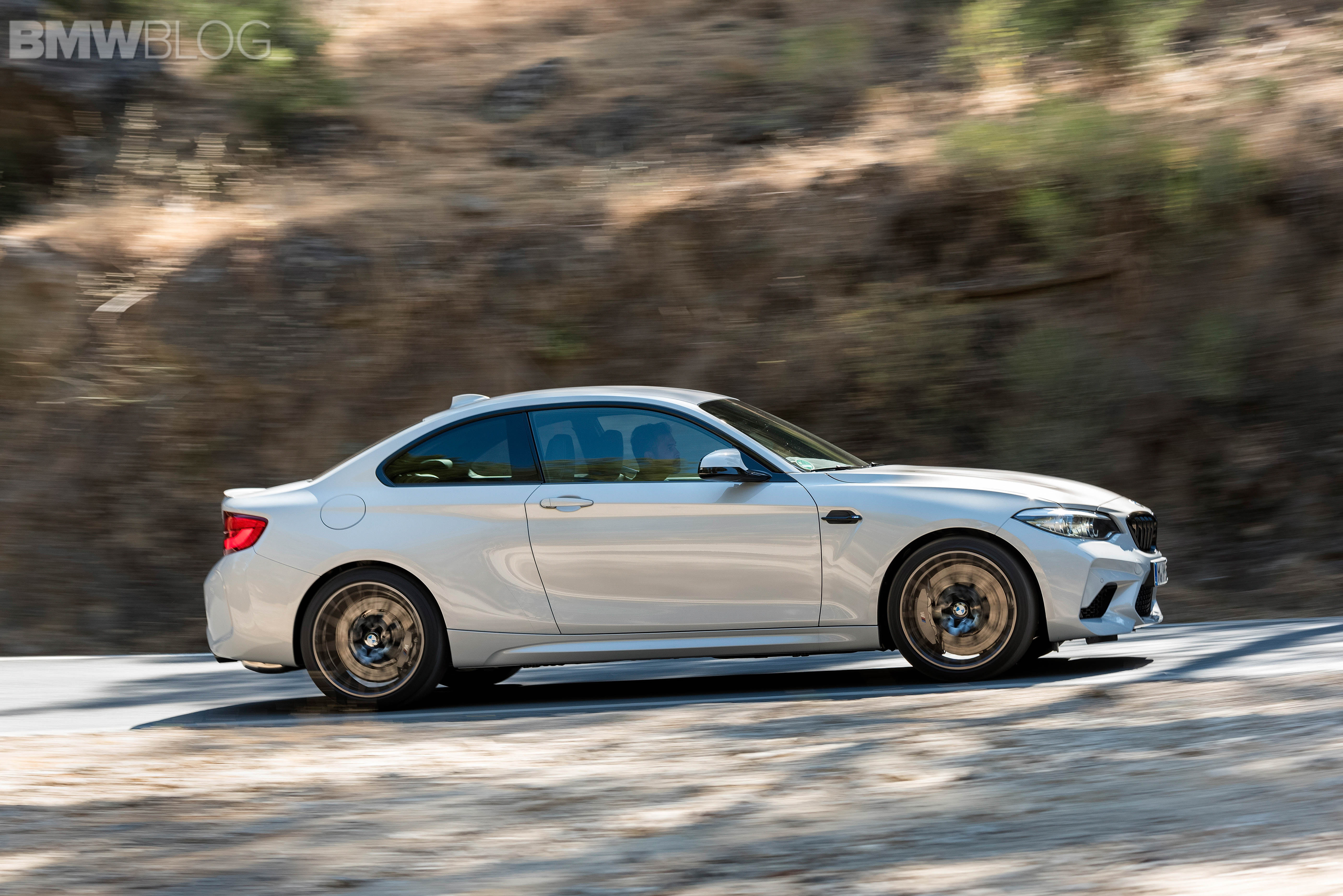
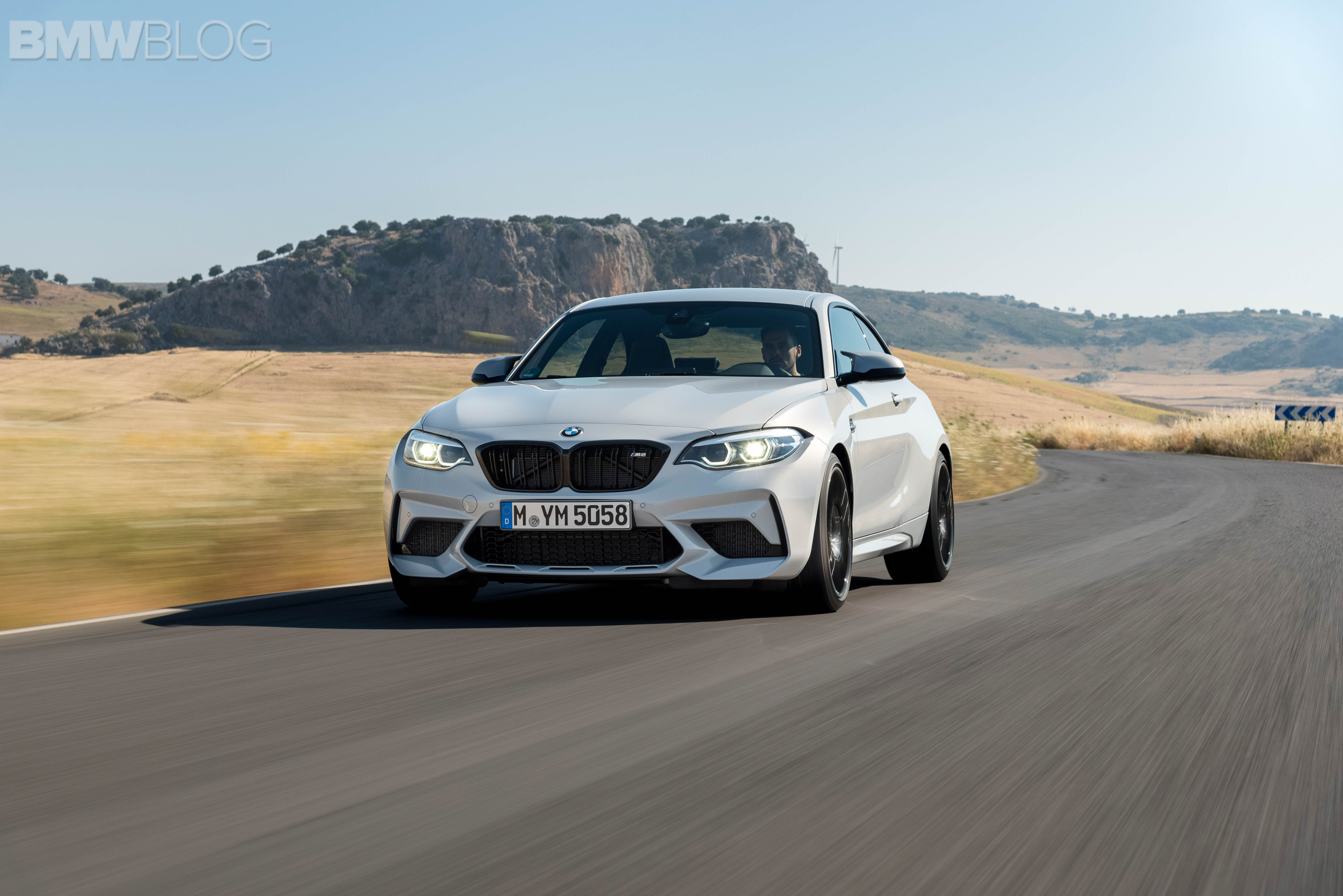
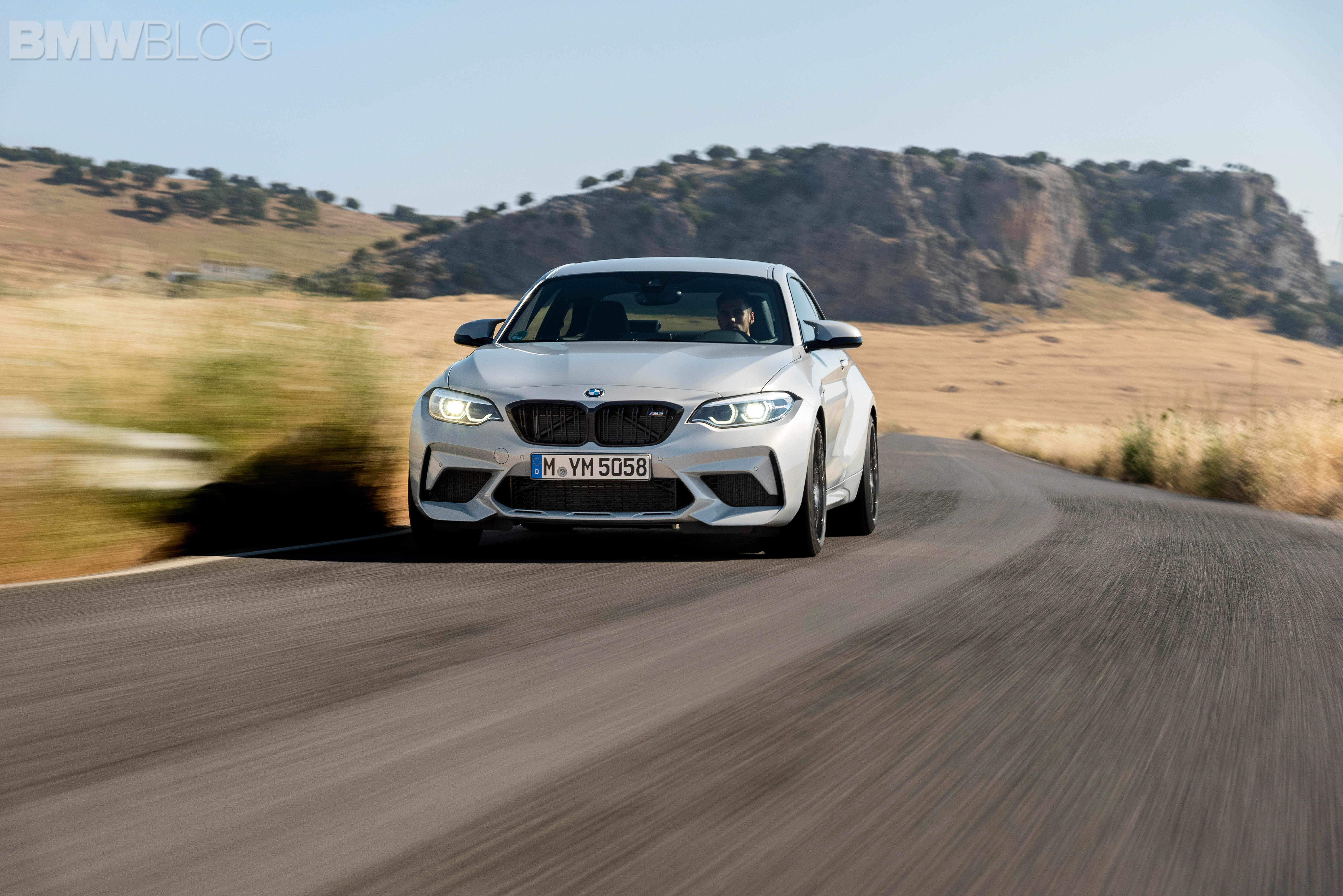
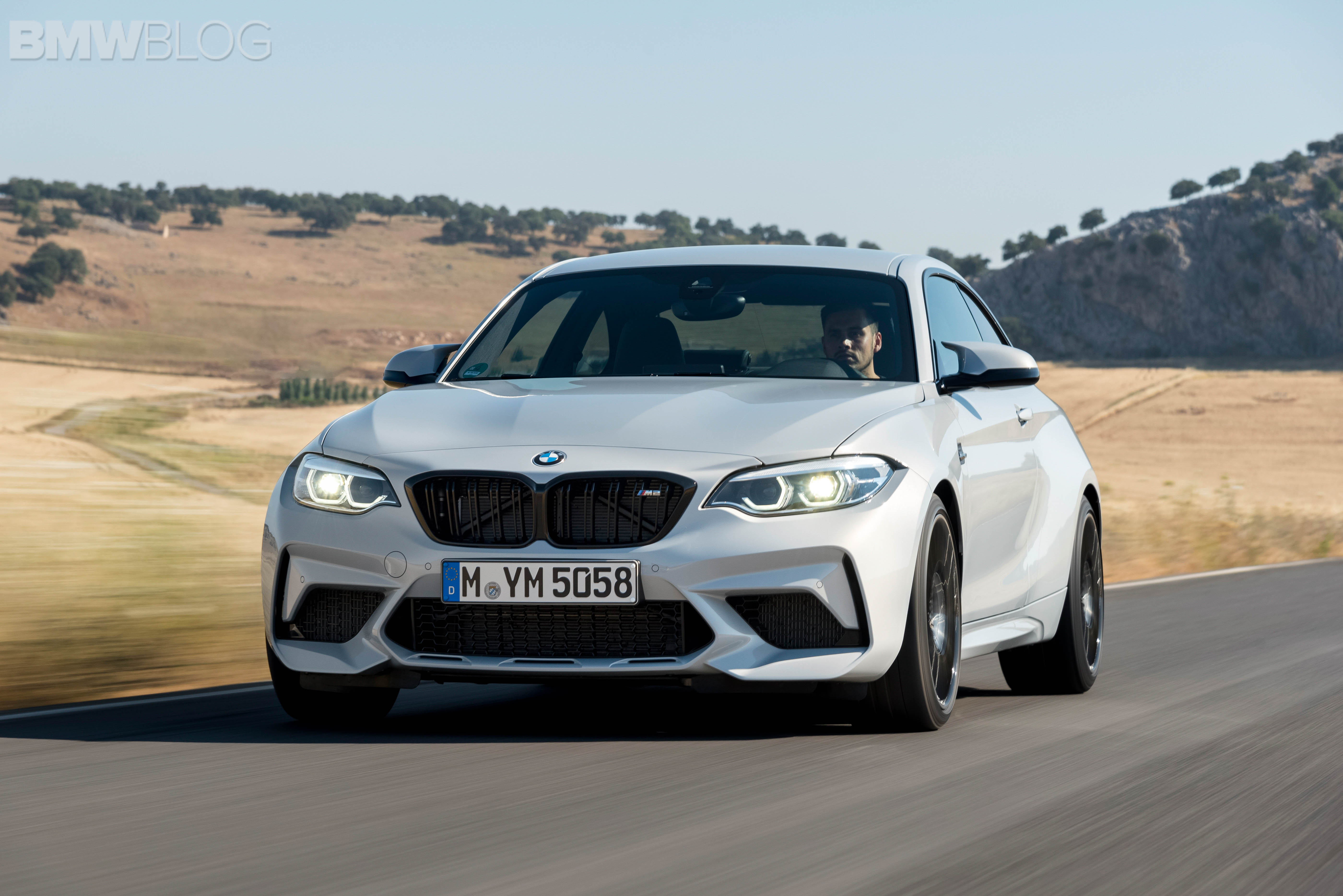


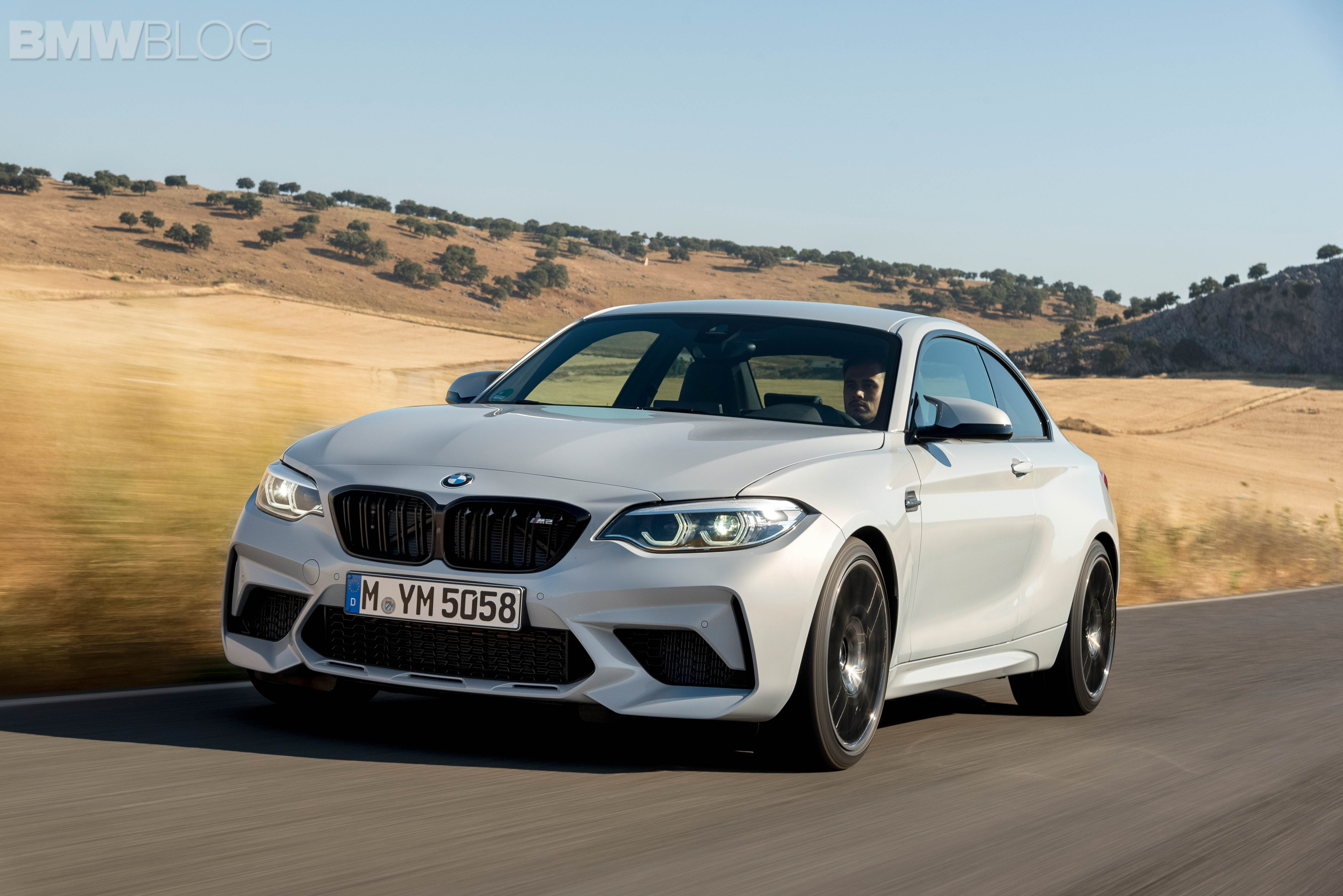

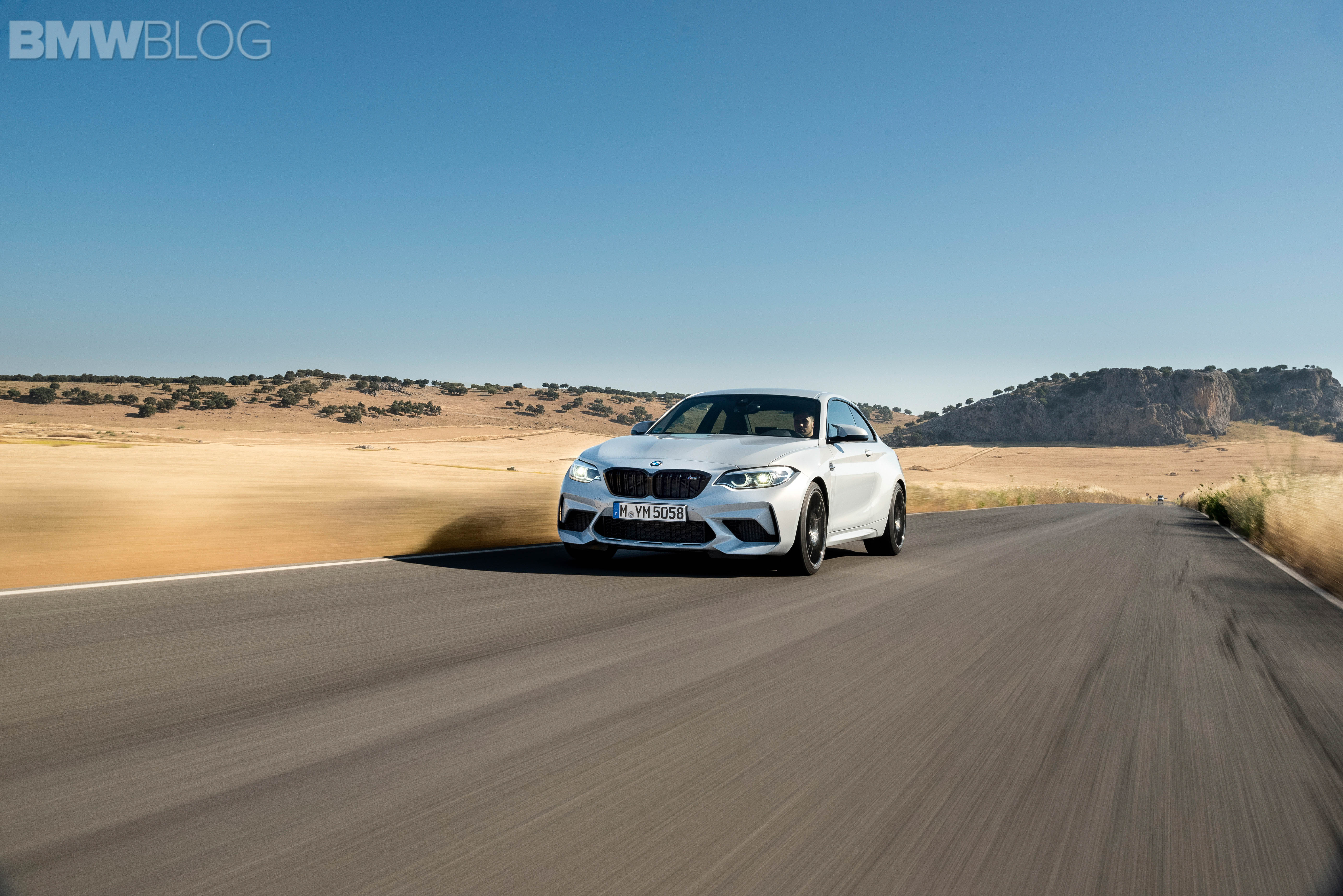
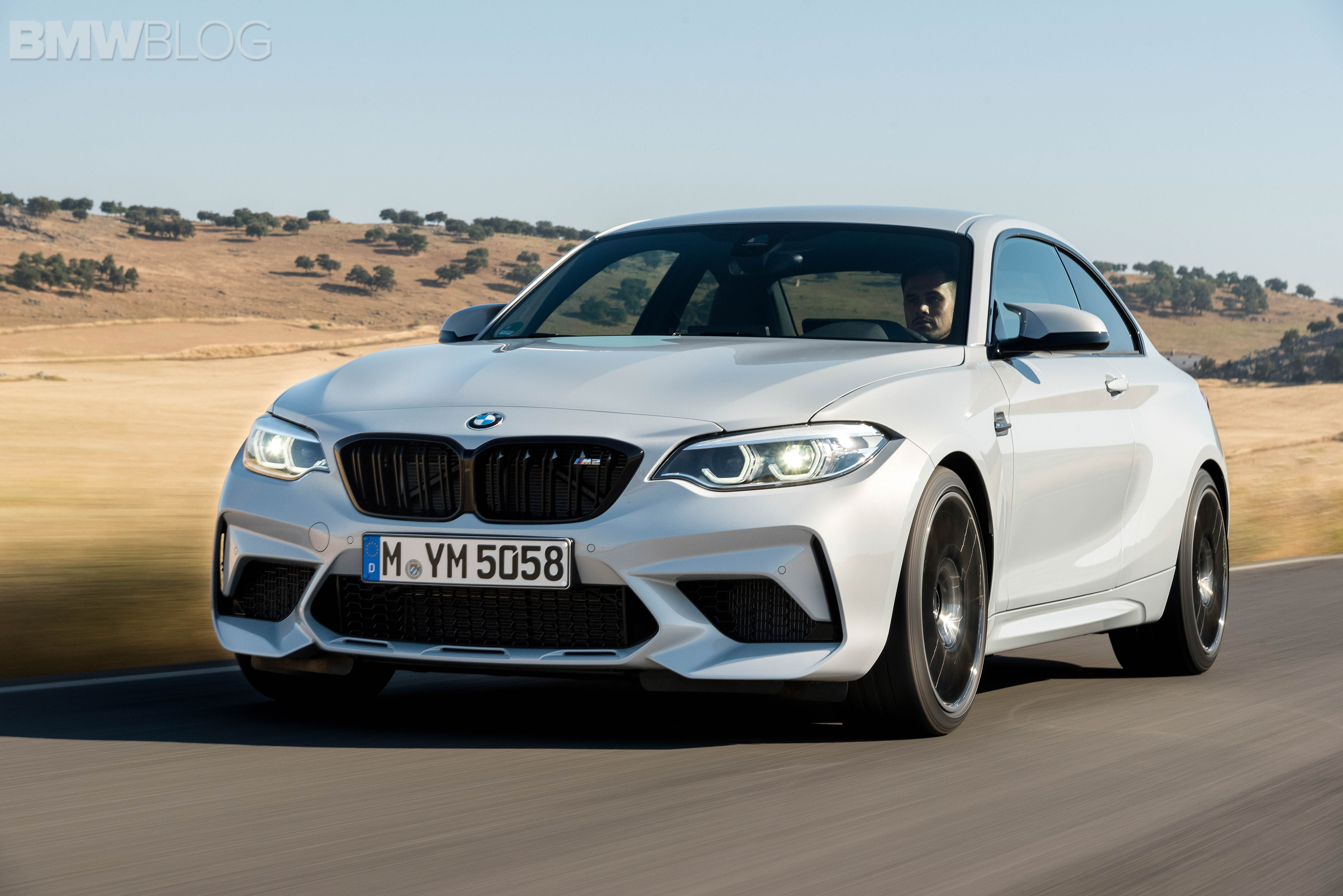
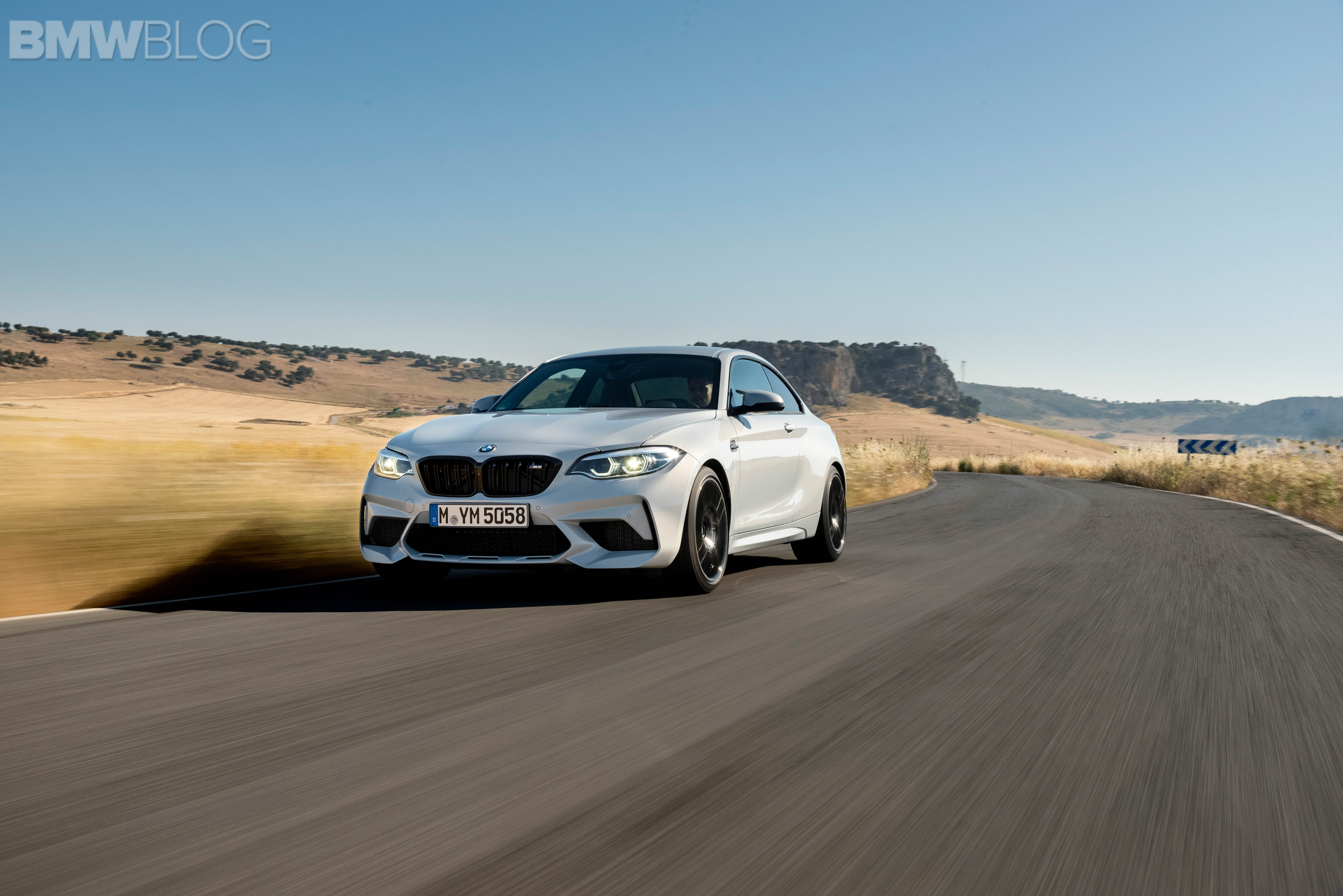
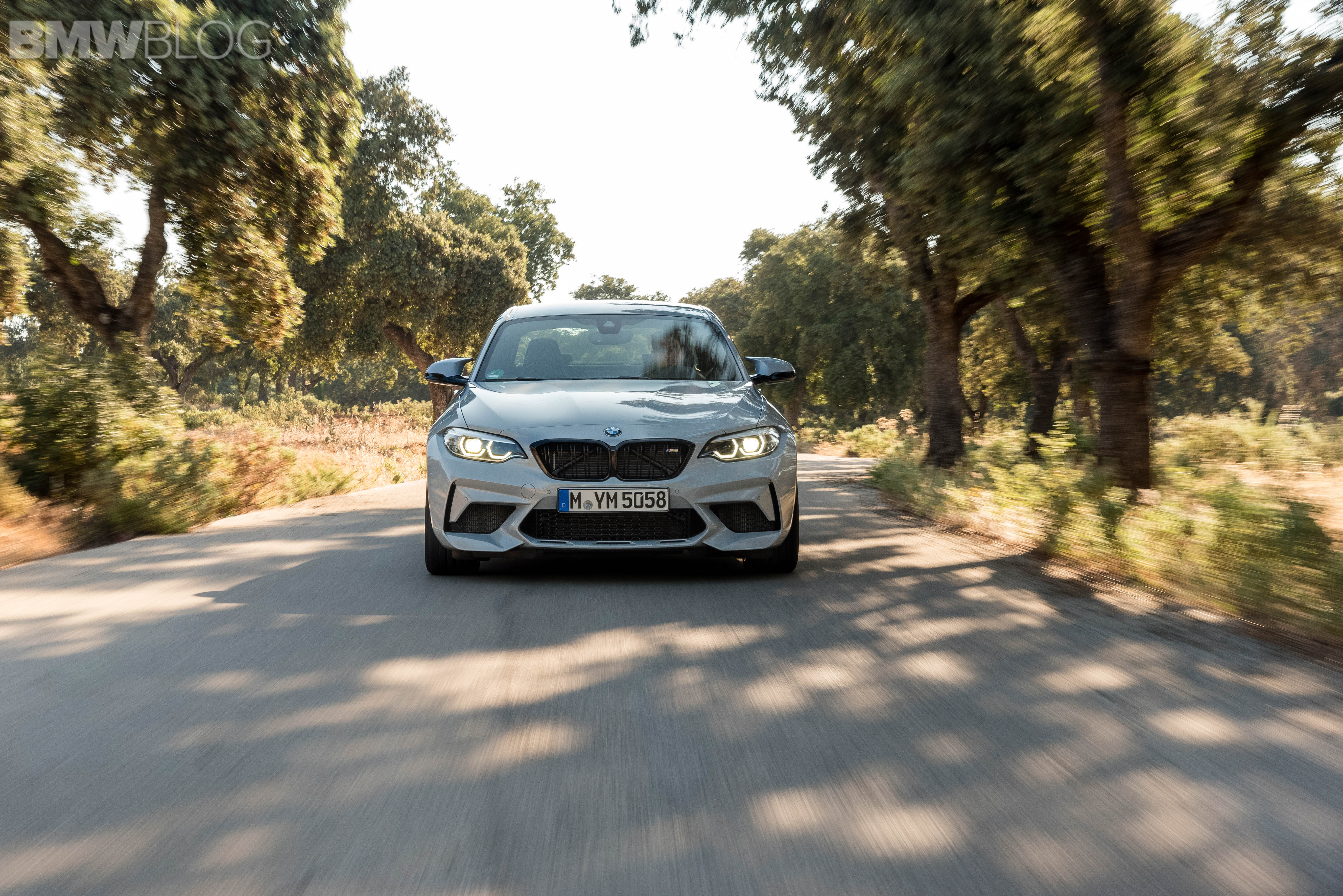
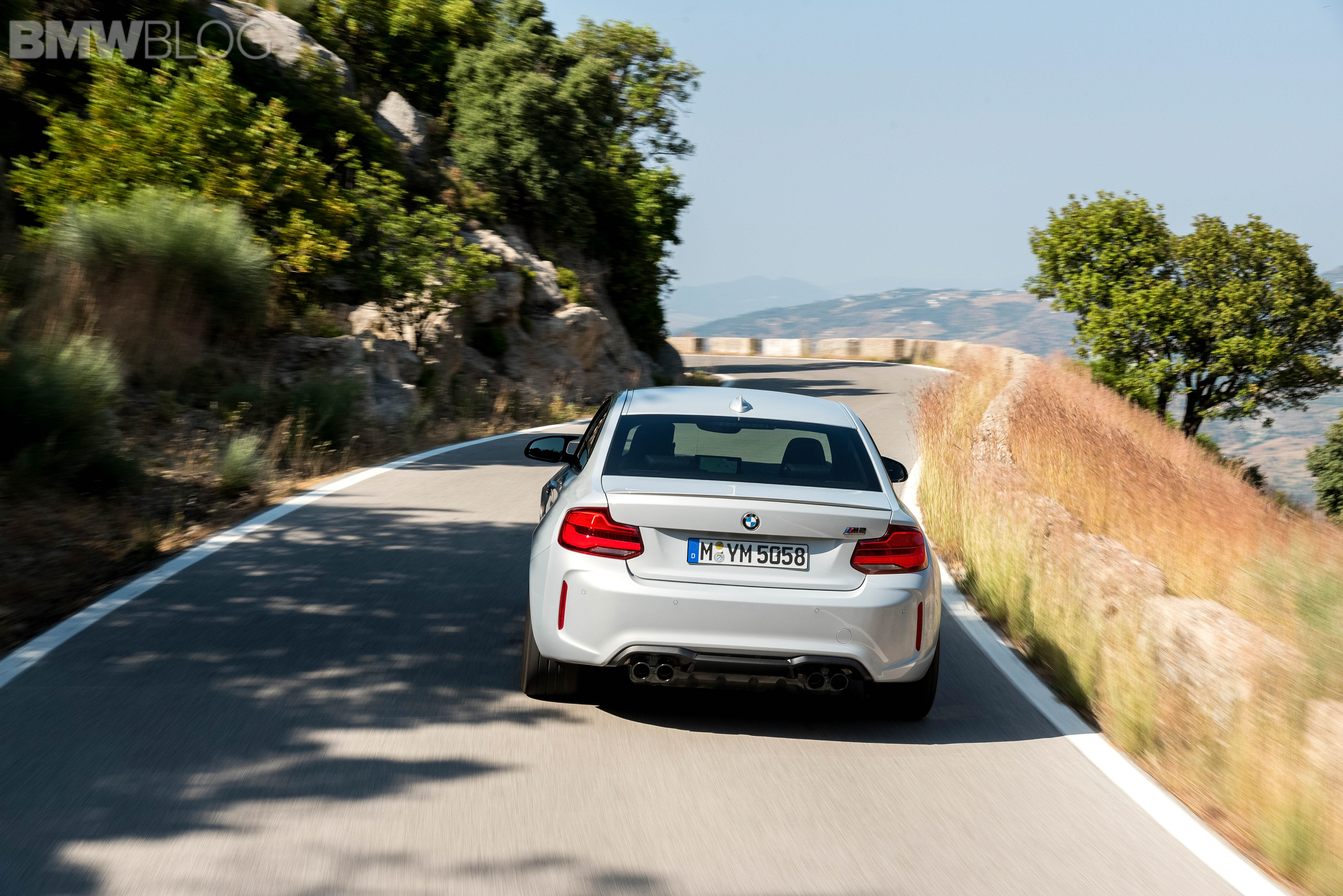
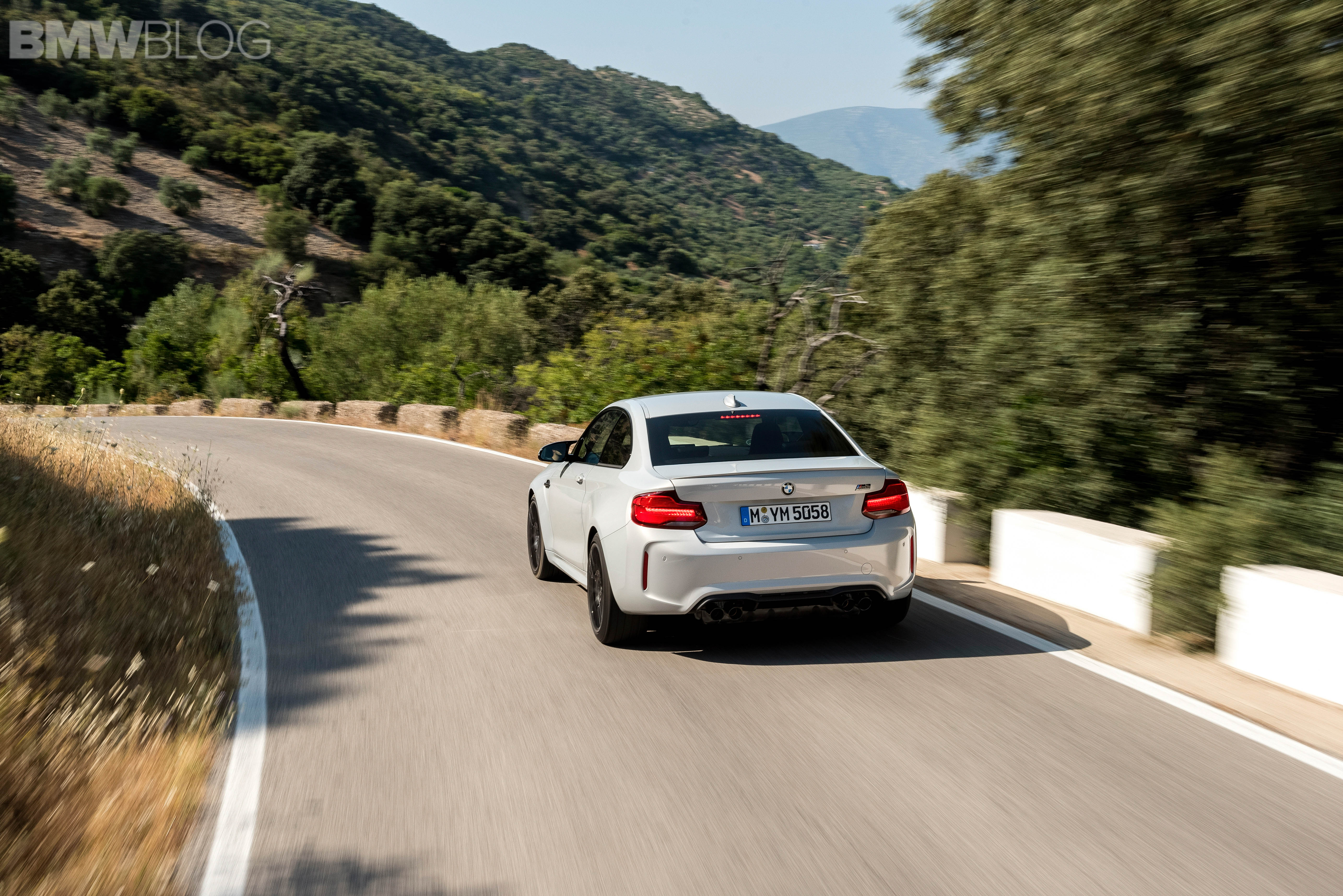
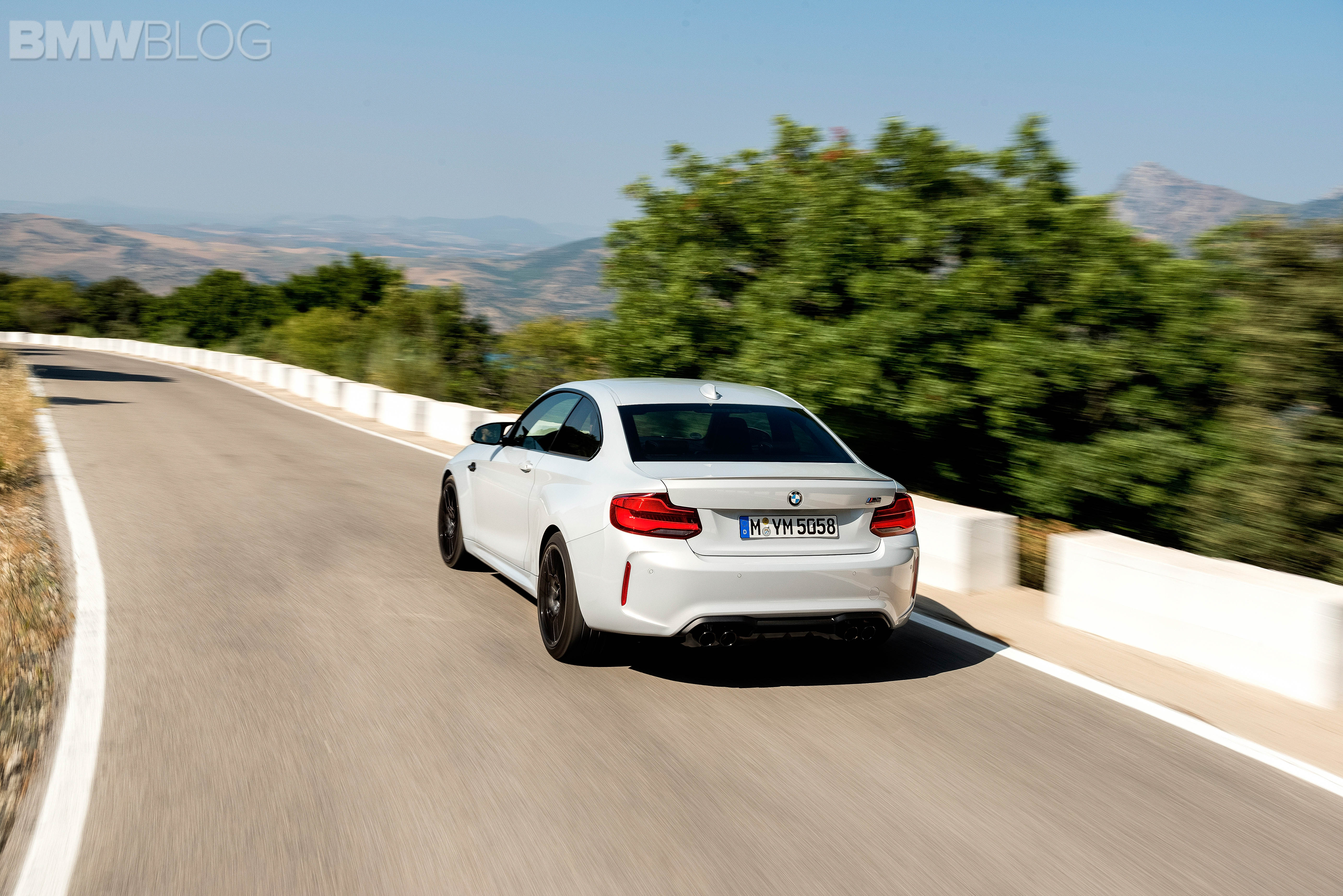
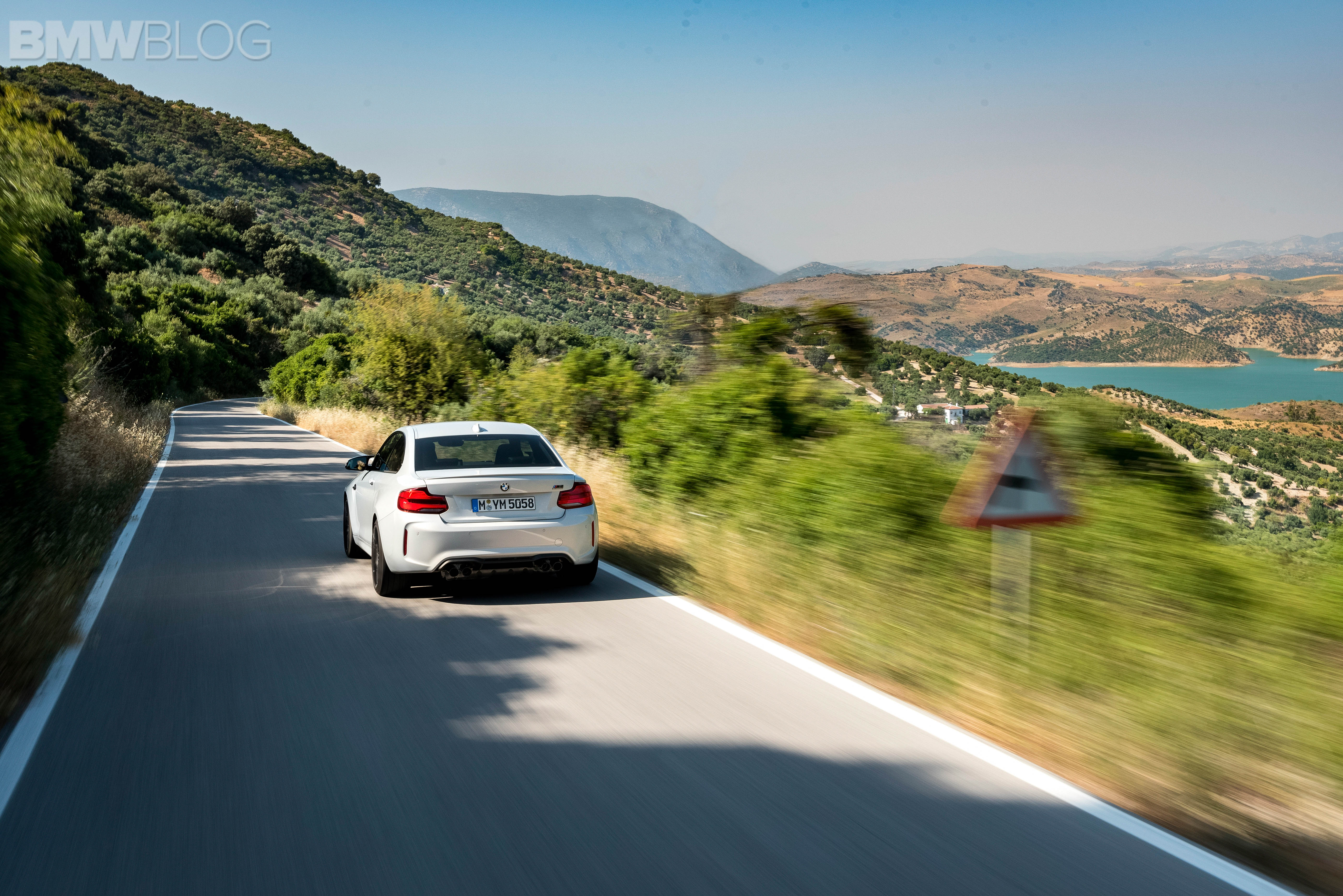
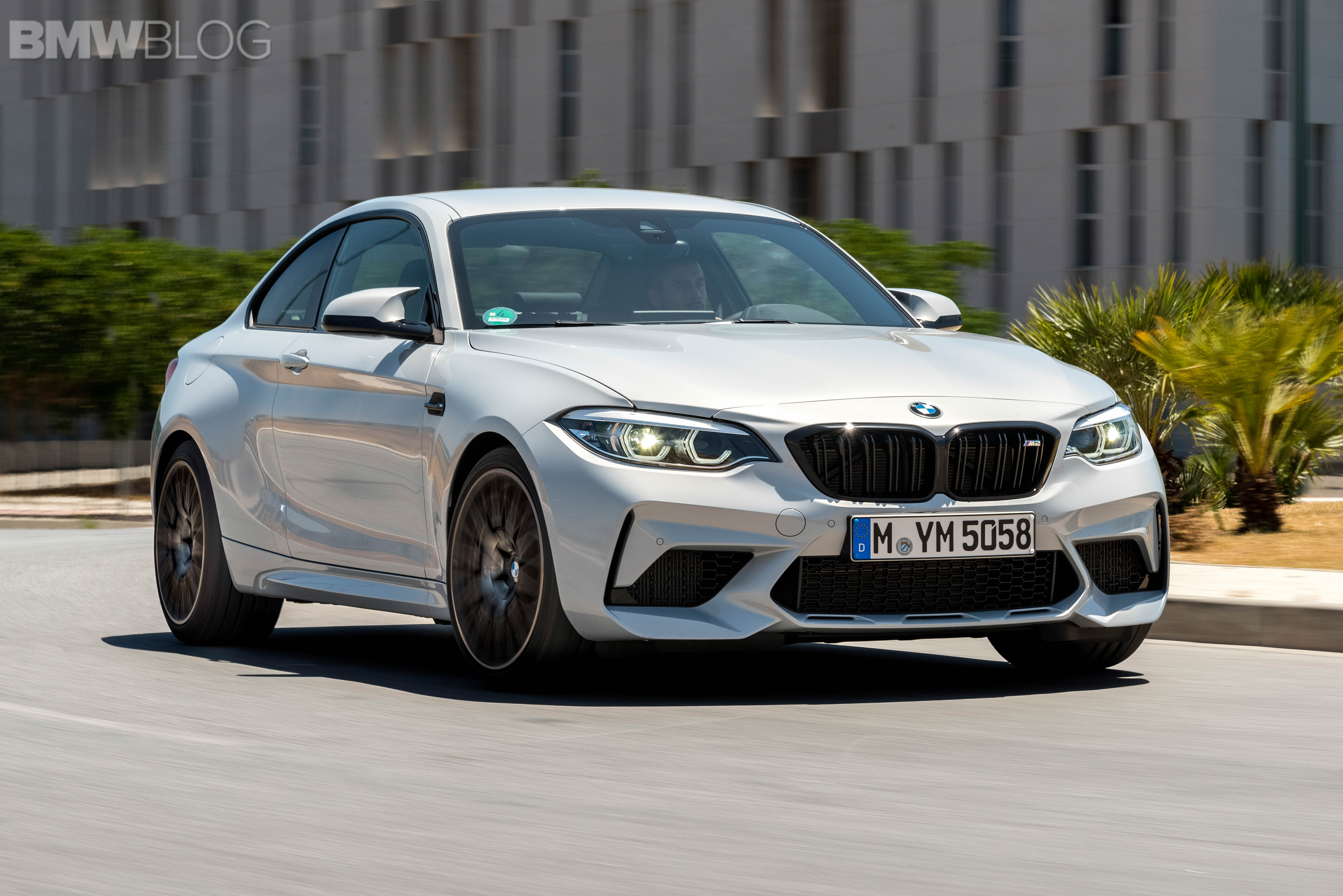

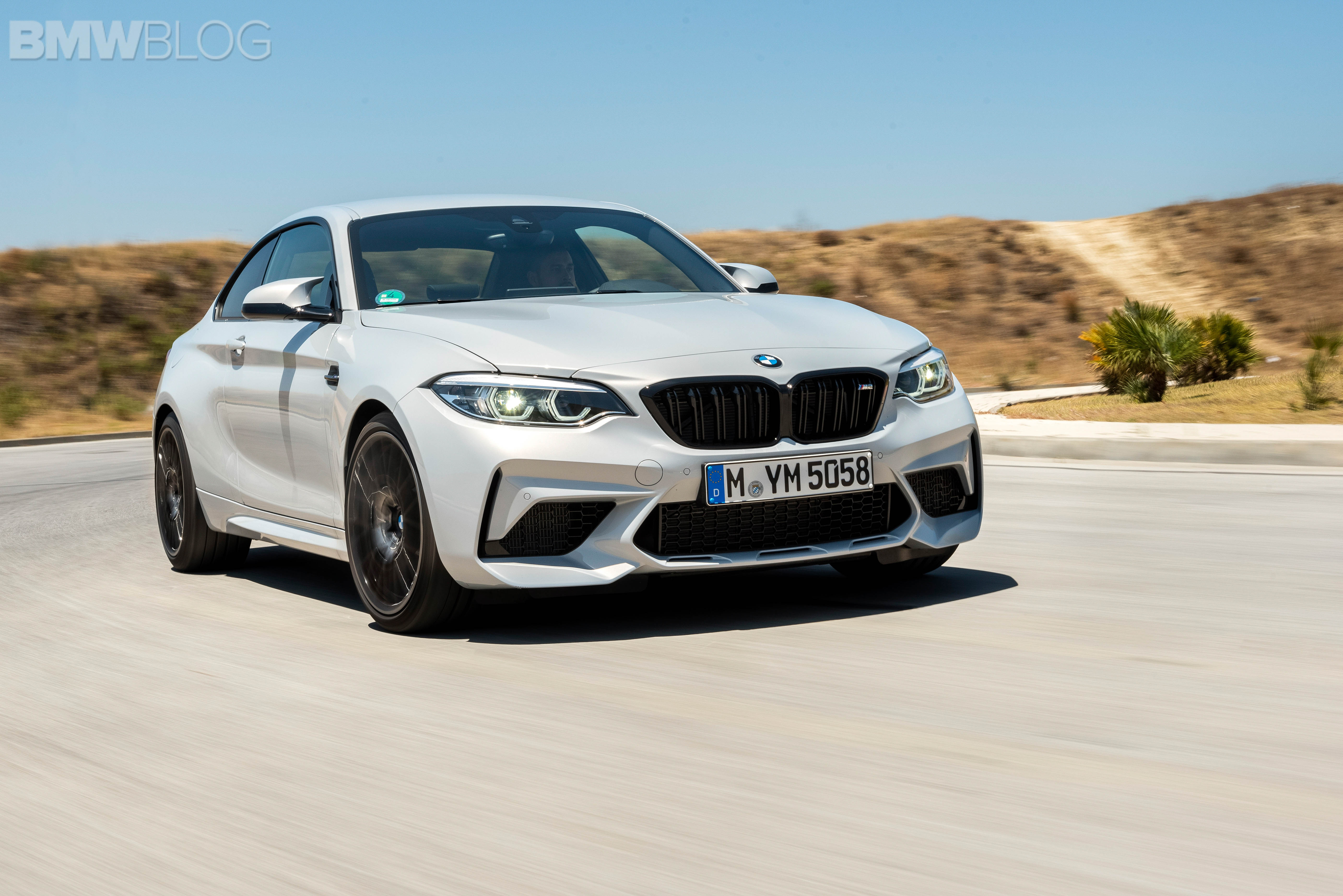


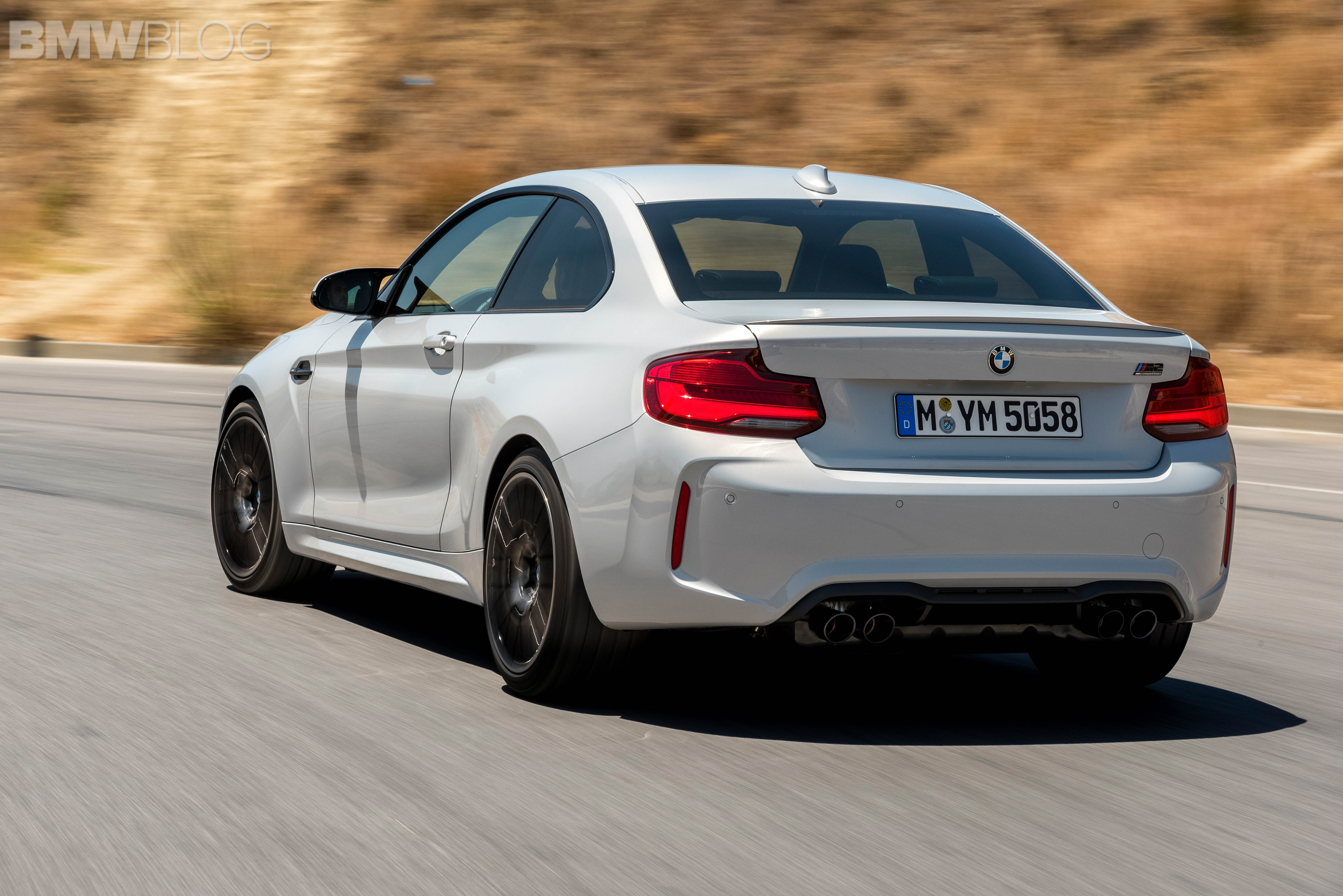
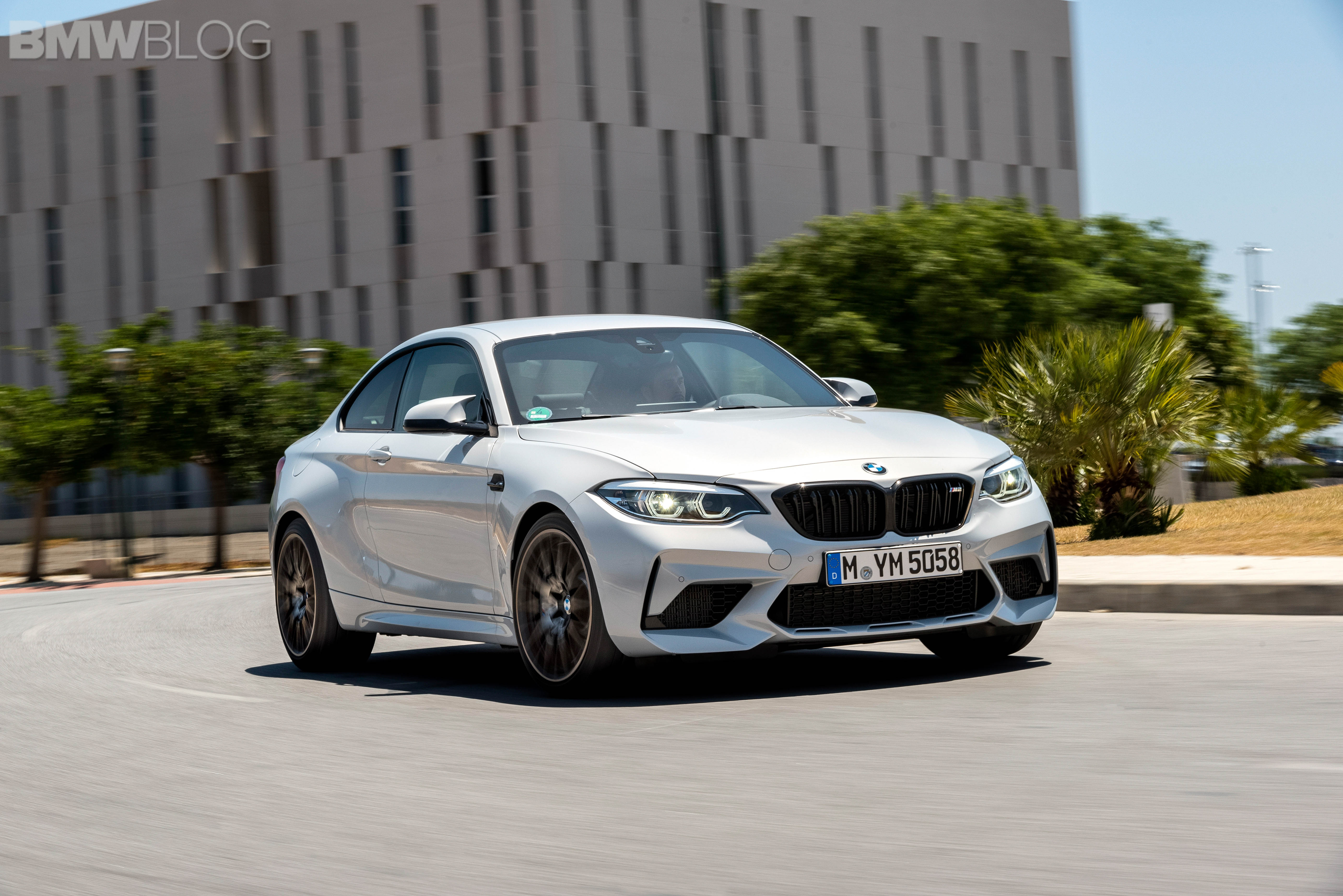
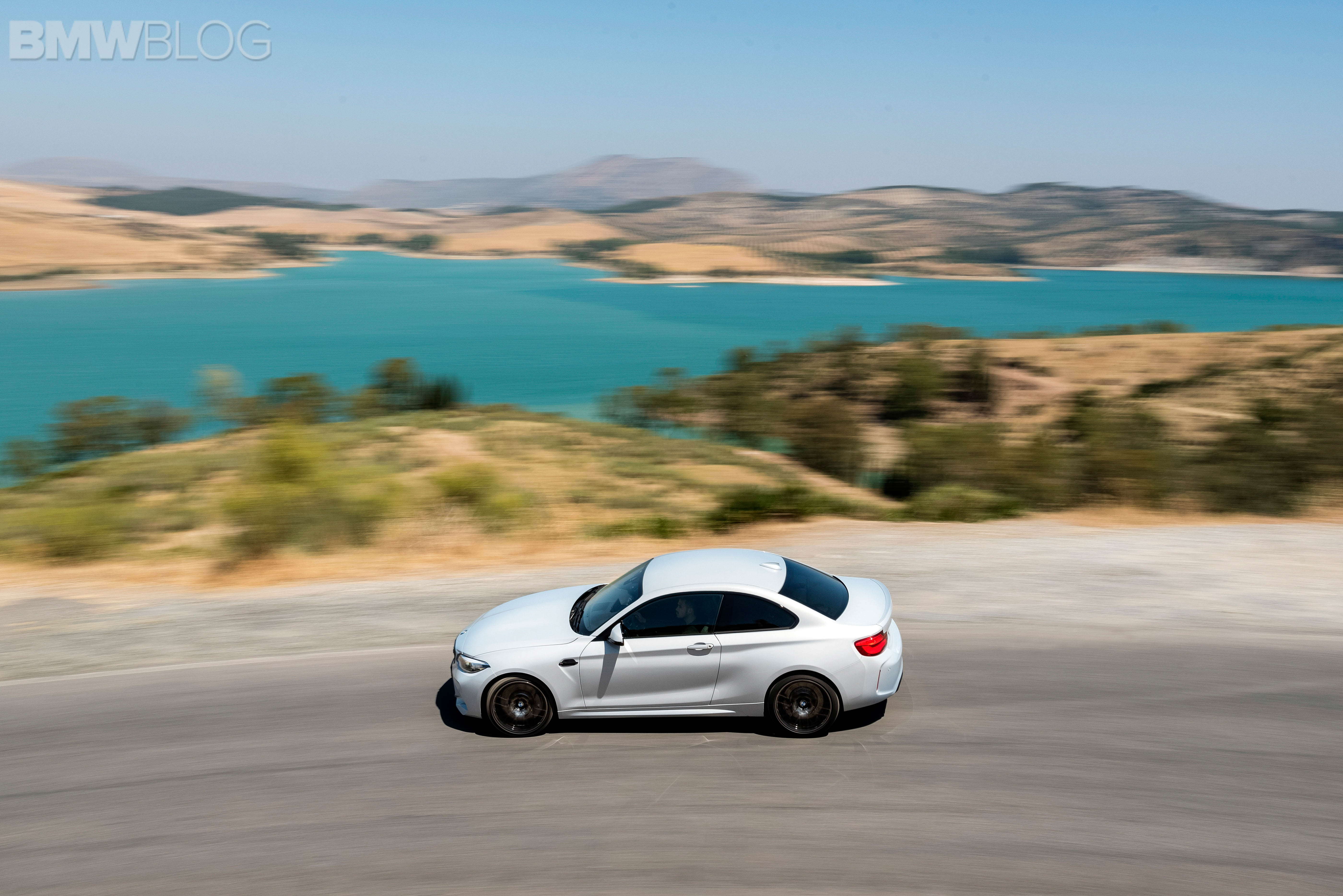

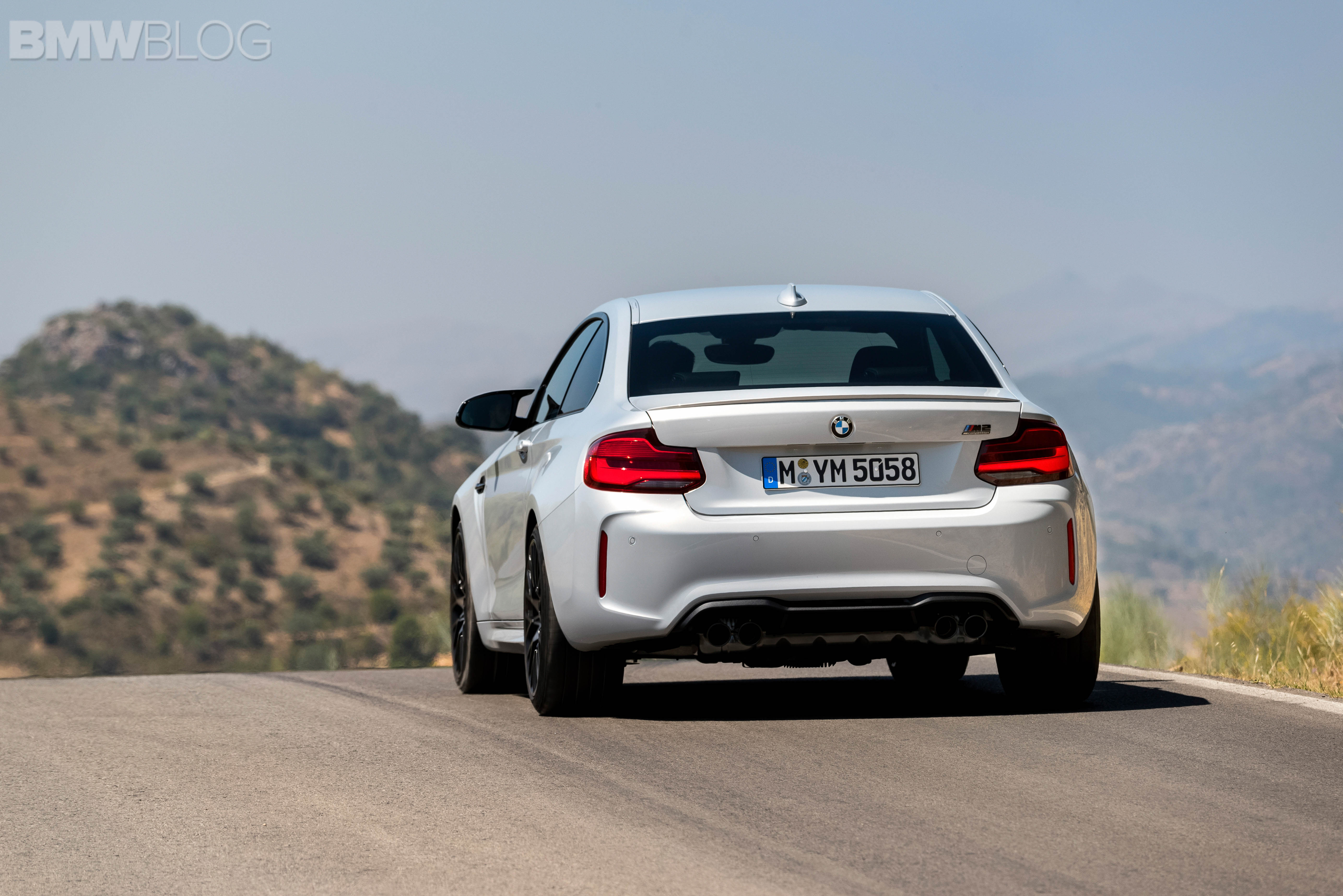
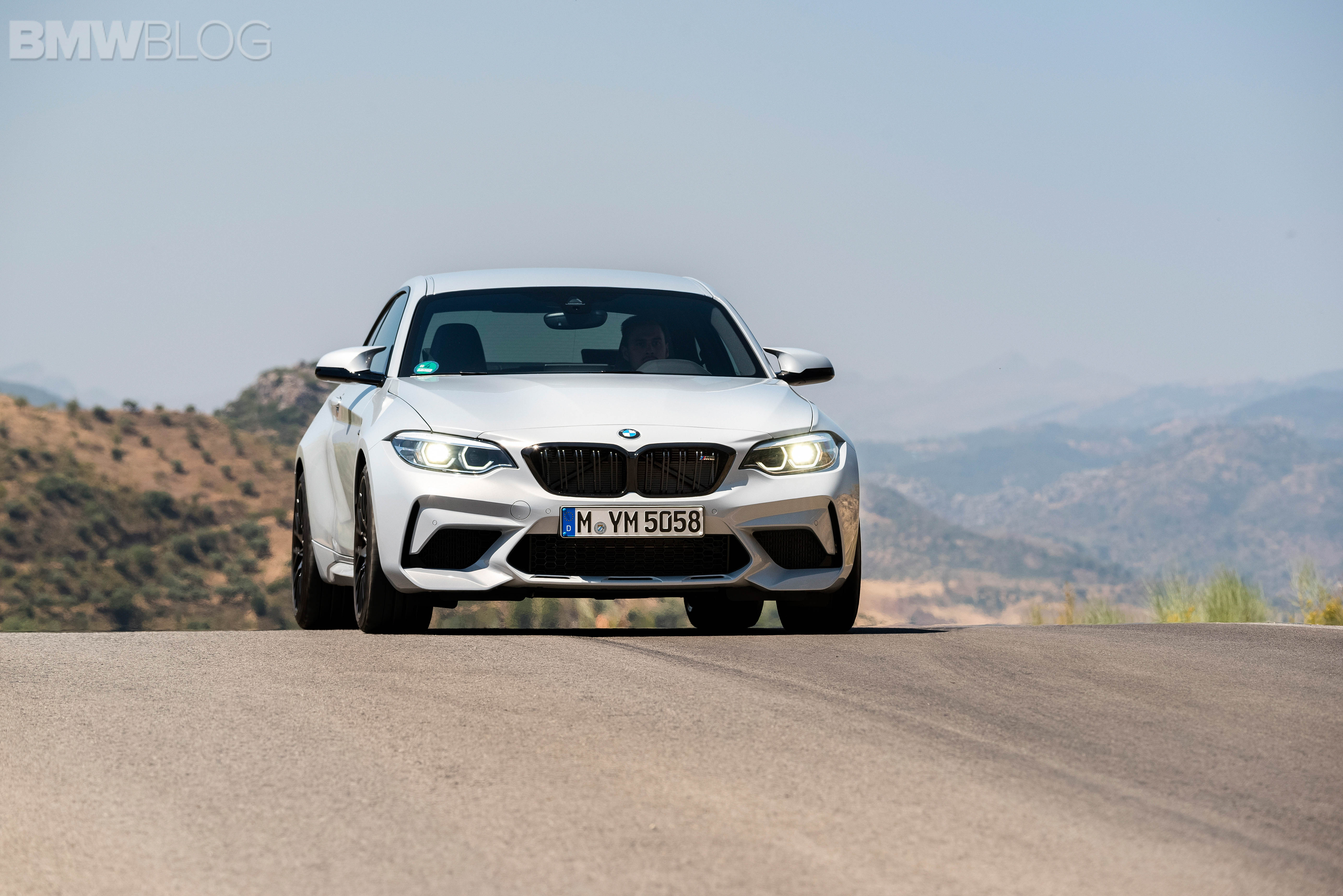
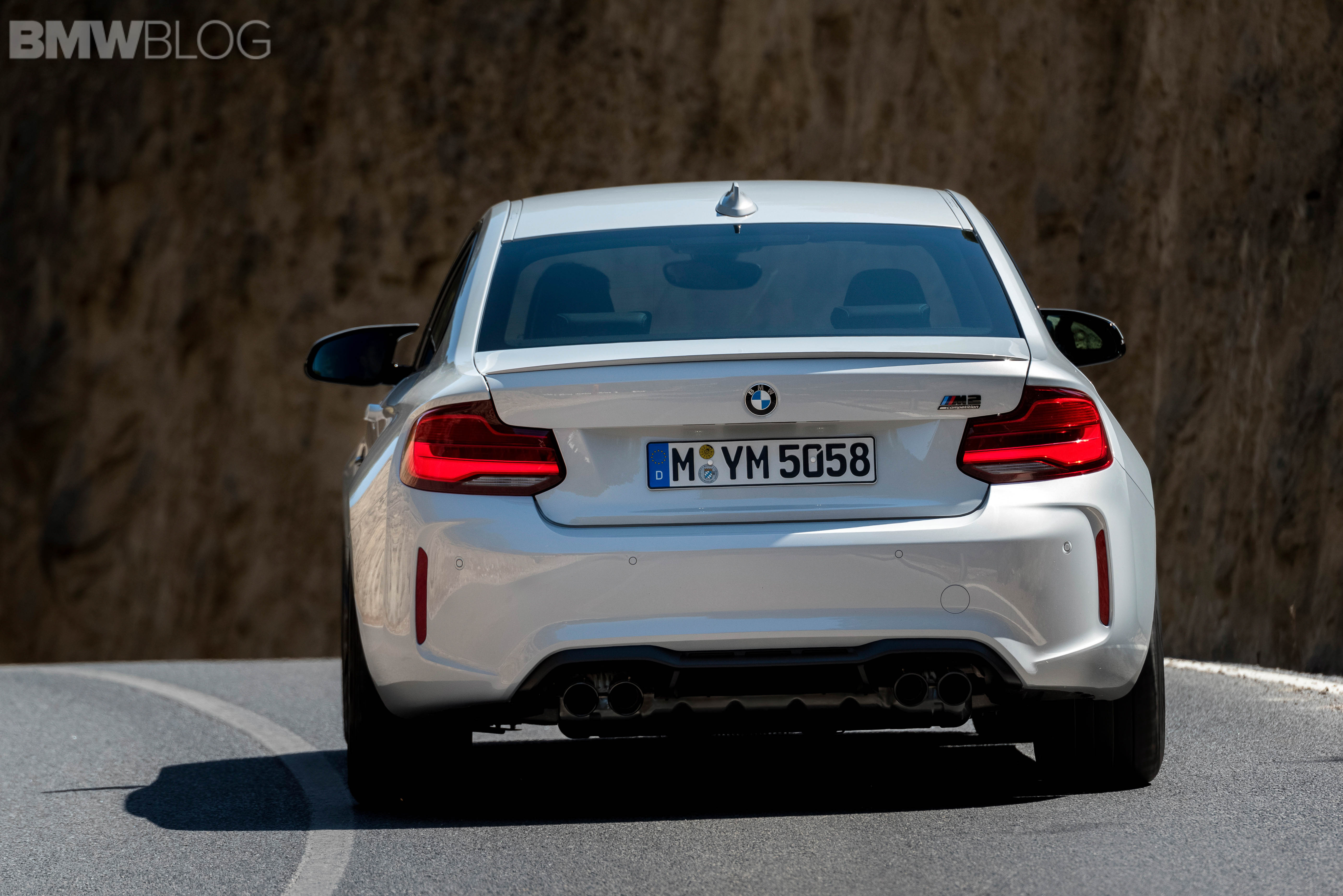

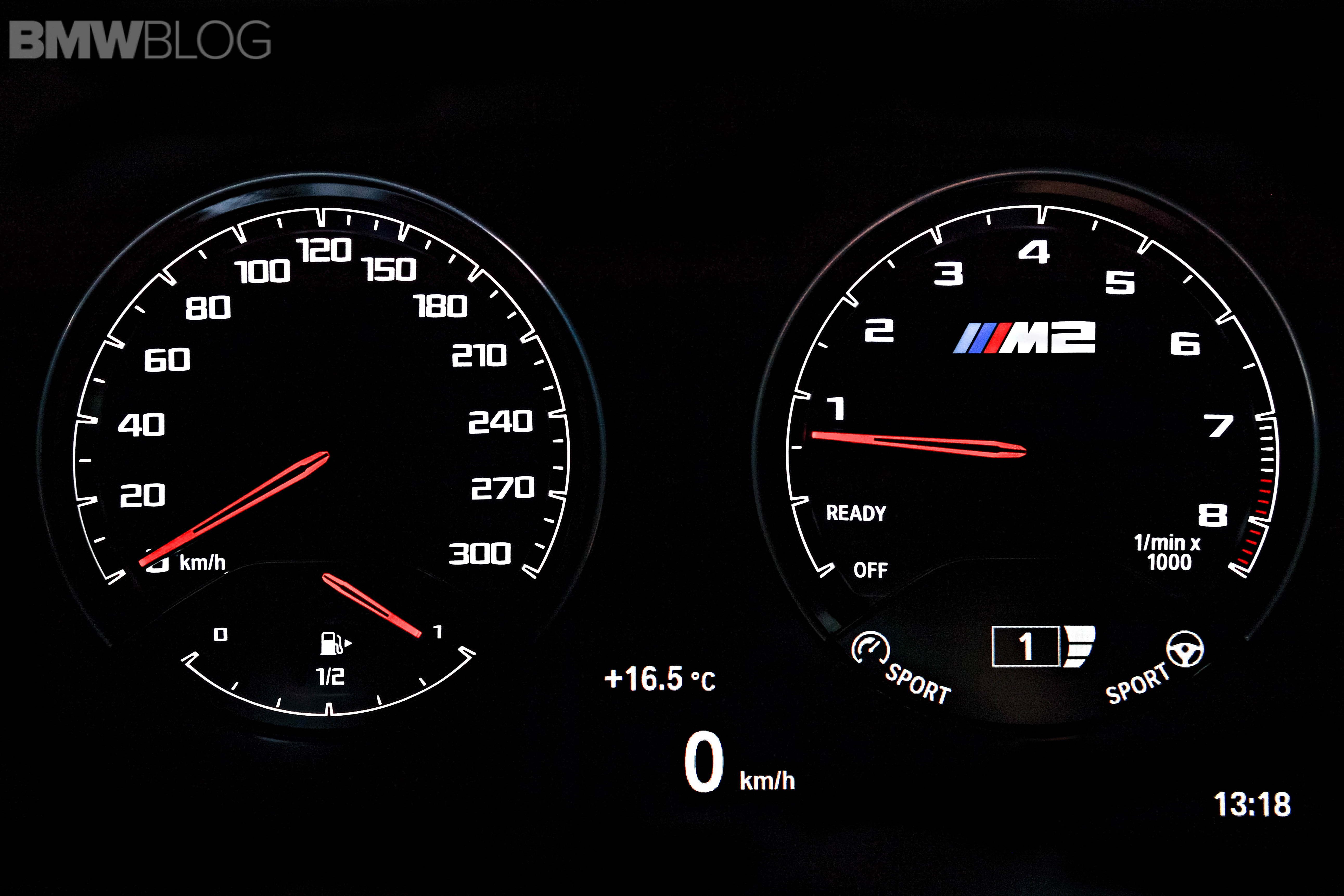


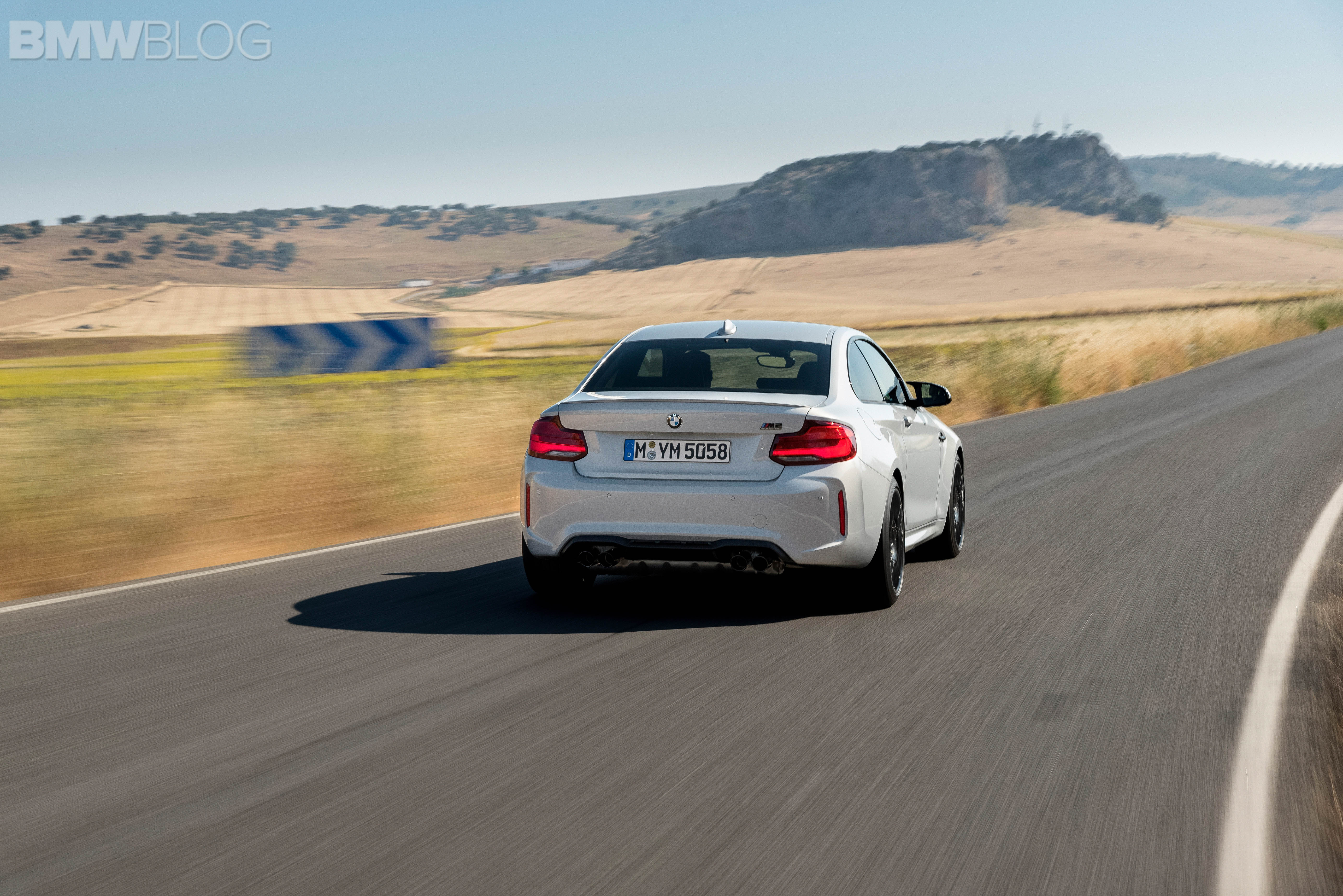

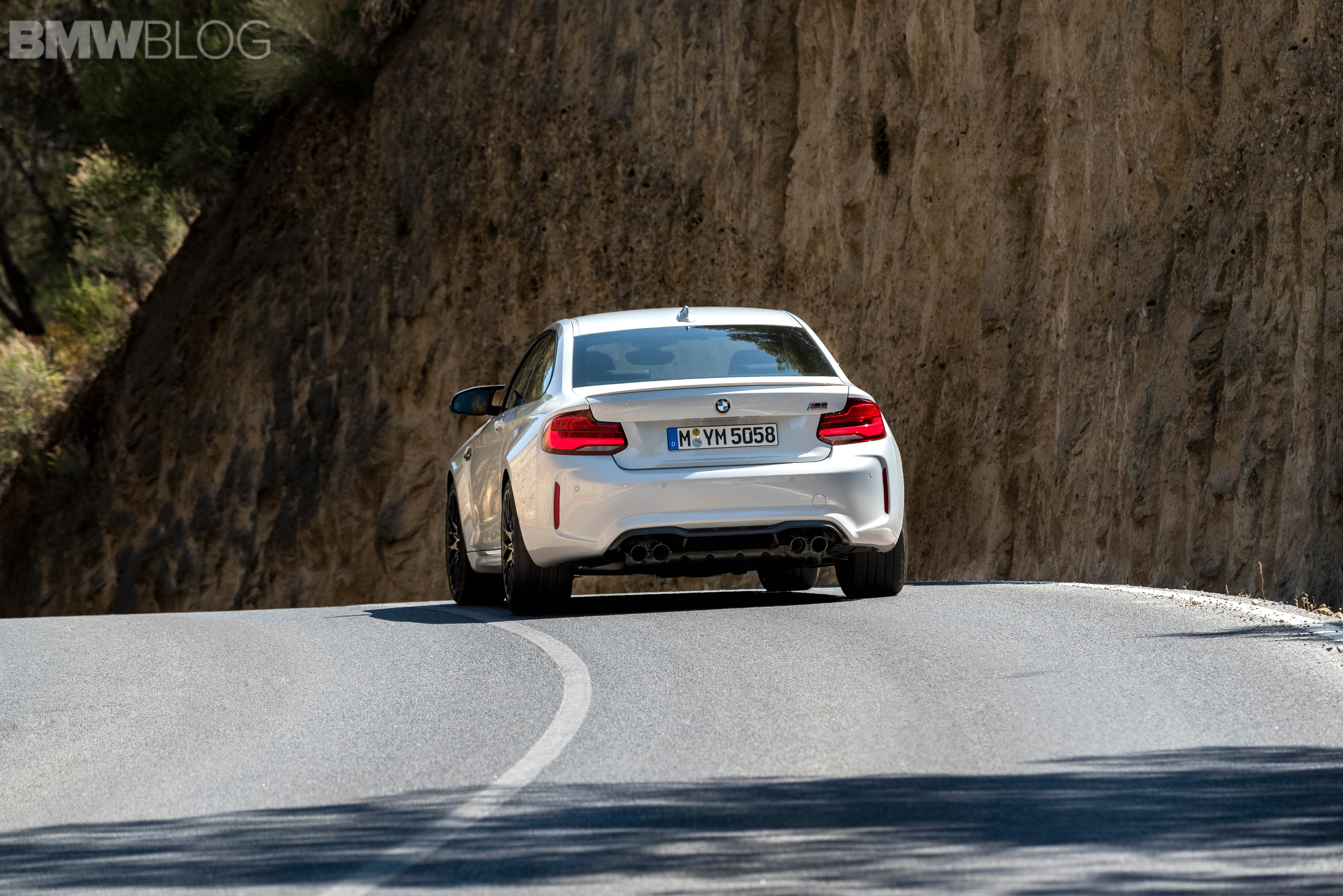
Yet, the M2 with the N55 engine was and still is a hoot to drive, it provides some impressive driving dynamics, on and off the track, without sacrificing much of the daily driving experience and comfort. The N55 engine, despite not being an M unit, is regarded as one of the best ever built by BMW, and its aggressive power delivery, sound and responsiveness has gained a cult.
The BMW M2 was thought of as the modern-day E46 M3, which is largely considered to be the best M3 of all time. So, naturally, almost as soon as it debuted, fans were already thinking ahead. They wanted a lighter, sharper, faster version, akin to the legendary E46 BMW M3 CSL.
Cue in the BMW M2 Competition which was unveiled earlier this year which despite not being the lightweight (more on that soon), stripped-out track monster many fans hoped it would be, it is a significant upgrade in performance and presence. But that has come with some drawbacks.
To experience the new BMW M2 Competition, the M folks have invited me to Ascari, Spain to test the new car on the iconic, challenging an demanding race track. But before I share my driving impressions, let’s take a look at some of the changes in the M2 Competition.
So let’s start with the major upgrade in the M2 Competition – The Engine.
Under the hood lies the same S55 engine that’s found in the BMW M3 and M4. So it’s a 3.0 liter twin-turbocharged inline-six engine that makes 410 hp and 406 lb-ft of torque. So it makes a bit less power than the standard M3 but the same amount of torque. This S55 engine has a different software mapping for different markets. For example, European cars are slightly neutered by the OPF (Otto Particulate Filter) which is elaborately integrated into the already complex exhaust gas purification system. Basically, this means that a more aggressive tune is being used in those cars, while the US and Asian markets get a slightly different mapping. In the end, both produce the same power at the wheels and that’s something that customer would only care about.
BMW also fiddled with the oil sump extraction and return systems, to keep things running well under high g-force situations. The BMW M2 Competition’s cooling system has also been borrowed from the M3/M4, which is a massive improvement over the standard M2.
At the front, to deal with the heavier S55 unit, BMW has borrowed the CFRP precision strut from the BMW M3/M4 and also the strut tower brace. This change basically stiffens the front end to deliver a sharper response, and to also deal with the heavier nose – the balance of the car has shifted by 1 percent to a 52-48 weight distribution.
Fans of the M2 have also been finally given the much requested M mirrors along with the M Sport Seats, as well as a slightly new exterior design which enhances the sportiness of the M2 Competition.
But now let’s dig deeper into some of the other changes, which will have a higher impact on how the car is perceived on and off the track by its owners.
The M2 Competition also comes with standard 19 inch wheels, the 788M style which replaces the current 437M on the M2. And while the design of the new wheels is quite attractive, its weight is not. The wheels are now slightly over 10 percent heavier, both at the front and rear. For comparison sakes, the 788M weighs 11.2 kg and 11.9, front and rear, respectively.
The brake system was another area where improvements were needed, and BMW has delivered on that promise, but at a cost as well. The M Sport brakes and are 6-piston at the front and 4-piston at the back, while adding 16 kg of unsprung mass, a significant weight increase, if you plan to track the car in its stock form.
Likely one area where all of us would have loved to see an improvement was the suspension. The M2 Competition comes with the exact same setup as the standard M2, a fixed suspension with no changes in hardware and the same springs (and their rate) dampers and bushings on the rear traction arms as the previous M2.
BMW M says that while no mechanical changes were made, the M engineers had the opportunity to improve the three characteristic curves of the electromechanical power steering, the Active M differential and the DSC (Dynamic Stability Control). The DSC system follows the same philosophy as the one found in the M3 CS and M4 CS, basically a tuned up DSC which previously has been more restrictive, but now, in combination with the limited slip differential, it delivers a different driving experience. The DSC is less intrusive, smoother than before, allowing quite some lean in corners before it intervenes. It is extremely smooth also in MDM mode, allowing for quite some rear play before it kicks in.
Overall, in some markets, based on its standard configuration, the M2 Competition weighs around 68 kilograms (150 lbs) more than the previous M2. For example, the M2 with a manual transmission was rated at 1,565 kg (3,450 lbs) vs 1,633 kg (3,600 lbs) in the M2 Competition, or the same weight as the M4 Coupe.
So armed with all this information, it was time for some fun.
On The Track
Unfortunately at some of those press events, track time could be limited, so as a full disclosure, our time on Ascari with the BMW M2 Competition resumed to 6 laps, starting with a reconnaissance lap and ending with a cool down tour. So basically, we had four laps to see what the M2 Competition is made of on a track that demands the most from the car and its driver. 26 tight corners, lots of blind sports, elevations and no long straightways, is what I was in for.
From the moment we “stepped” on the track, the personality of the S55 engine came to the forefront. The 3.0 liter six-cylinder has a lot more pull at low revs compared to the N55, but less aggressiveness when flooring the pedal, delivering the power in a smoother approach. Is that better than the previous M2? I guess it’s gonna be based on your driving style and how you’d like the car to behave under full throttle. Some would prefer the more docile approach of the S55, while others would crave that more aggressive start of the N55.
The car we had on the track was equipped with the always fantastic DCT, so shifting was sharp, precise and of course, adjustable. The engine in the M2 Competition also behaves different than the M3 or M4, mostly because of the de-tuned approach BMW has taken and the different mapping. It’s hard exactly to pinpoint the exact differences without driving them back-to-back, but it seems to be slightly less responsive than in the M4. Which honestly, doesn’t surprise me considering BMW has been trying to stay away from entering that territory.
As soon as I started to dance in those tight corners, my level of attention has increased, being completely focused on mastering this tight track while pushing the M2 Competition to a decent limit. Compared to the previous M2, I immediately noticed an increased precision in steering, with sharper turns and more feedback. BMW spoke a bit about the changes in the steering software configuration and the higher level of agility was noticeable. The nose does feel heavier than the predecessor, but the stiffness increase and additional power makes up for that. In a way, it’s fair to say that the M2 and M2 Competition have different characters and at times, you felt like you were in a new car and not in iterative version of it.
Some of you have already asked me about the engine noise in the M2 Competition compared to the N55 engine. And there is no way to sugarcoat this, nor I would like to do that – simply put, I prefer the N55 engine over the S55, a raspier sound worthy of a sportscar. The M2 Competition is certainly quieter than before, yet it gets better when you move into the higher RPM range. The OPF found in this car plays a role in that sound restrictiveness and I already look forward to test a US-spec M2 Competition.
Things inside the cabin as always kosher, the Active Sound does its job properly, so the your ears will hear the music you want.
The suspension is another interesting topic. In some ways, I would have preferred an adaptive suspension that would have lowered the car a bit more, while adjusting the dampers and spring rates. There is no doubt that the M2 Competition could benefit from that, especially if you plan to track your car quite a bit. Now, if you’re more of a daily driver, the fixed suspension will get the job done, especially since it’s so consistent. And if you still need more suspension, then some aftermarket adjustable coil-overs with adjustable dampers will turn the M2 Competition into a track beast.
Now onto more positive things. The DSC. In a single world – PHENOMENAL. I had the chance to drive the M3 CS back in May and spoke at length with BMW about the software changes in the DSC and how it can change the character of the entire car. Now BMW has taken that lesson learned from the M3 CS and applied it to the M2 Competition. The smoothness of the DSC mapping is instantly noticeable, allowing for quite some rear play before it kicks in. I spoke about this with another journalist and we both agreed that the rotation and slip allowed is top notch. Sometimes are the little changes that can make or break a car.
The upgrade brake system is impressive as well, possibly saving my butt in a few late braking situations, so despite the additional weight, it’s a worthy upgrade.
The last two laps were in the MDM mode which loosen stability control’s grip and allows for some controlled drifts. Now, the M2 Competition certainly delivered more wheel spin, so it requires the driver to be eve more focused. All I had to do was to be smooth and precise on the steering, while being less aggressive on the throttle. There was a corner when I applied too much throttle and the M2 started to go into a slow drift, but luckily the well-engineered DSC has done its job properly.
In conclusion, if you’re looking for blunt acceleration on long lines, the M2 Competition might disappoint you a bit, but if you’re like me into corners leaning and conquering tight angles, the new M2 will give you that known rear-wheel drive dynamics, with a lively steering and a stiff front-end.
On The Road
The 80 kilometers pre-defined route put myself on the backroads around Ronda, a combination of extremely narrow, slippery and tight corners, adorned in some places with uneven pavement and lots of elevations. I could see why BMW has picked that route which makes it perfect to test some of the longitudinal dynamics and suspension setting. This time around I had the six-speed manual which made the drive even more exciting. The gearbox is the same as before, with the same annoying rev matching (when DSC is not off). The M2 Competition leaned perfectly into corners, but on exit you would notice its additional weight.
Luckily the S55 was there to pull hard for me and the power increase overshadows the weight. The uneven road also put some stress on the suspension and as you’d expect, there was a lot of bouncing into the M Sports Seats, but overall, it did a good job smoothing out the bumps and hasn’t left me with the feeling of wanting more.
The M2 Competition has admirable grip through corners, thanks to the 245/35ZR19 front and 265/35ZR19 rear Michelin Pilot Super Sport tires, which were just as great on the track as well.
Conclusion
In the end, despite some small shortcomings, the new BMW M2 Competition is what you’d want from a sports car – massive power, limited slip differential, rear-wheel drive and…a manual transmission. It’s a formula that BMW M continues to perfect, so in a way, the M honchos have given us a great base car which could be turned into a track monster with a few, yet costly additions. The sound could be easily addressed with the M Performance Exhaust (I believe only a US option for now), the suspension can be also adjusted, the wheels are likely the easiest replacement (just grab the previous M2 style) and of course, tuners around the world will have a field day with the highly tunable S55 motors, so I won’t be surprised to see many 500 horsepower builds in the near future.
Luckily, in the US, BMW has managed to keep the M2 Competition at a decent price level – starts at $58,900 while the European Deliver pricing kicks in at $55,955, without the $995 Destination & Handling charge.
I also believe that the M2 Competition could pave the road for a future M2 CSL, it feels that BMW has decided to leave some space at the top of the Competition model, but for now, get behind the wheel and experience a great compact sportscar.
The article TEST DRIVE: BMW M2 Competition -A Step Closer To Perfection appeared first on BMW BLOG
from BMW BLOG https://ift.tt/2OsBAhd
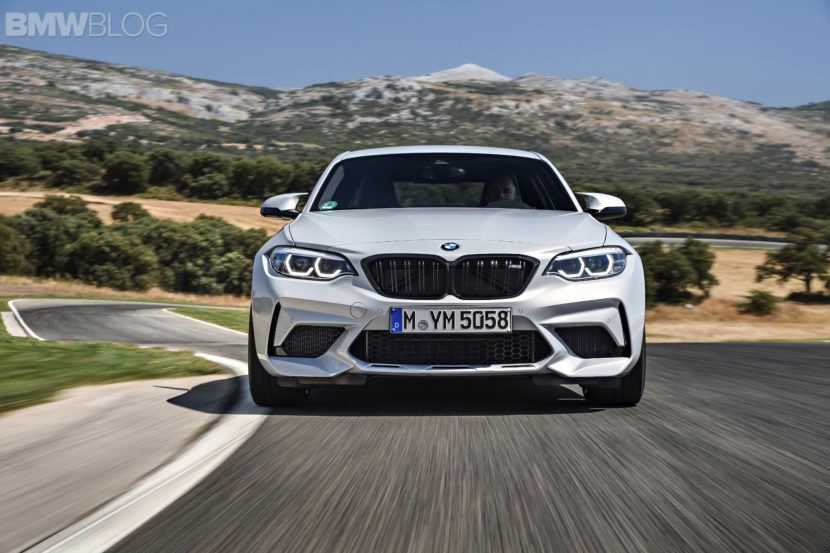
No comments:
Post a Comment